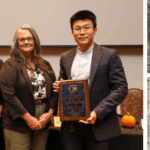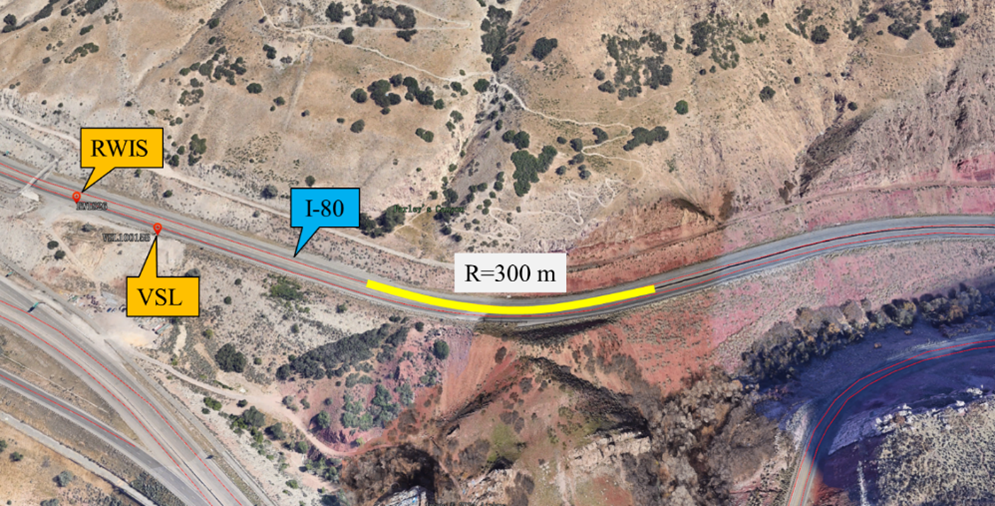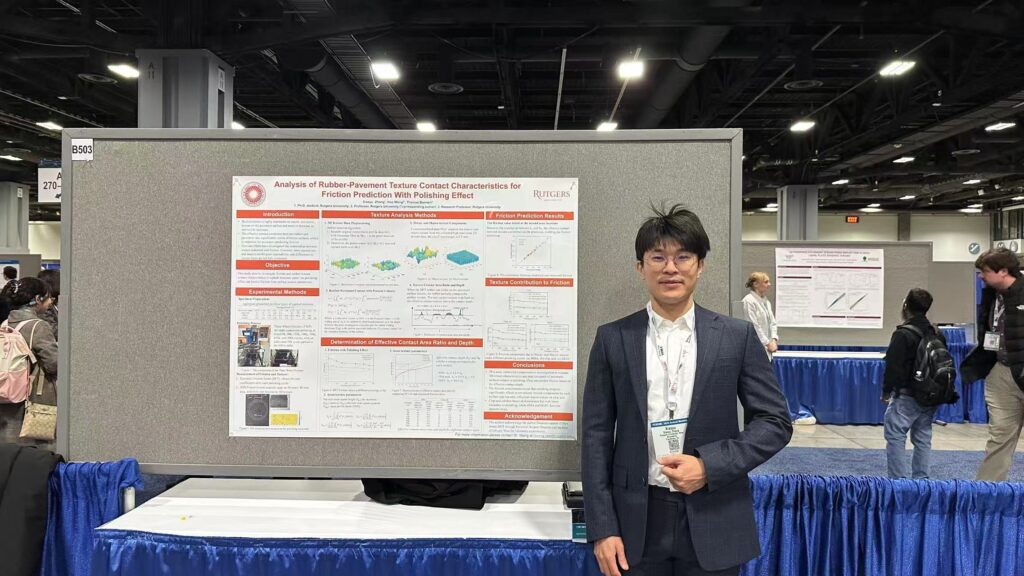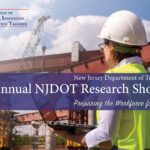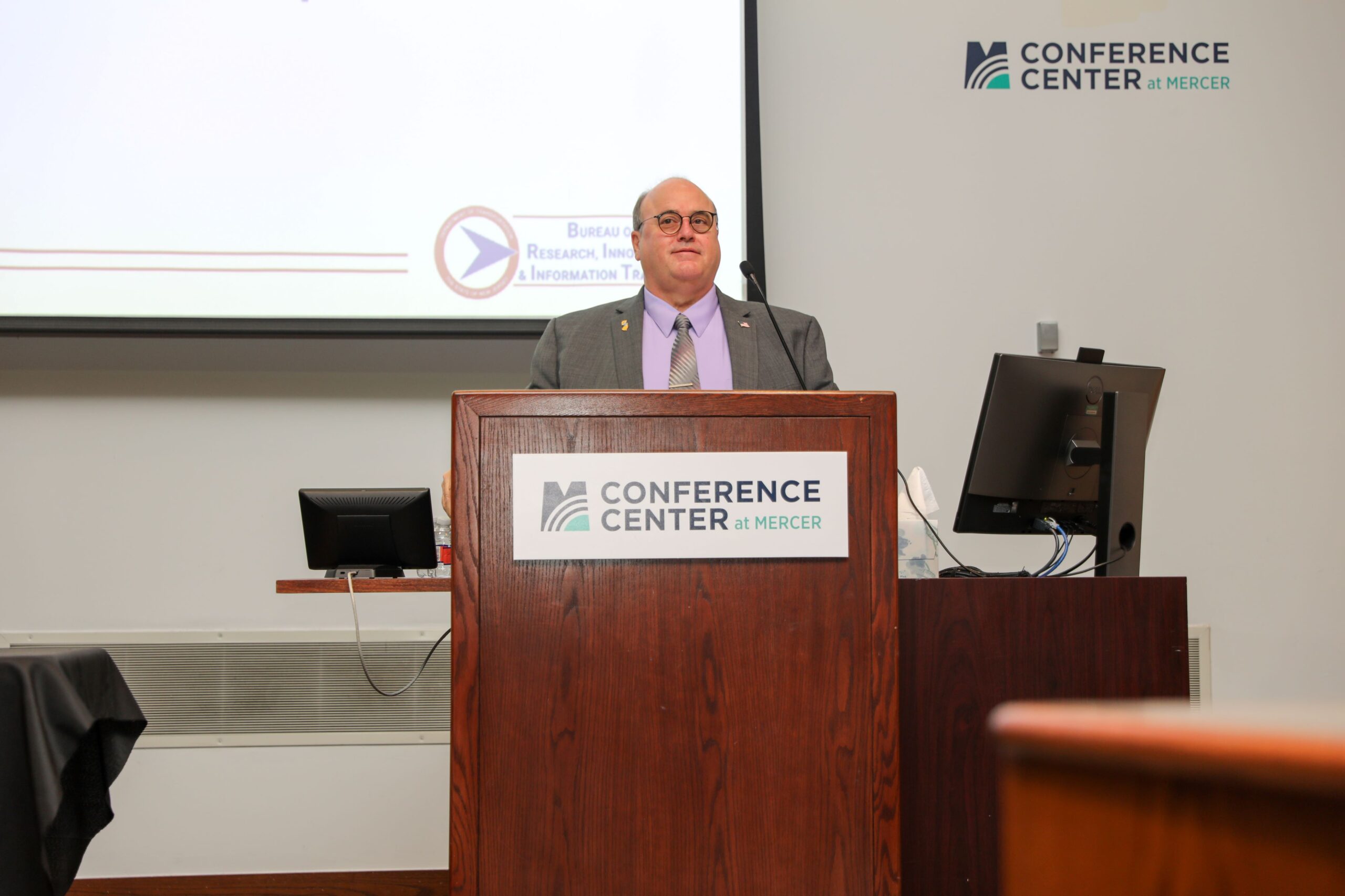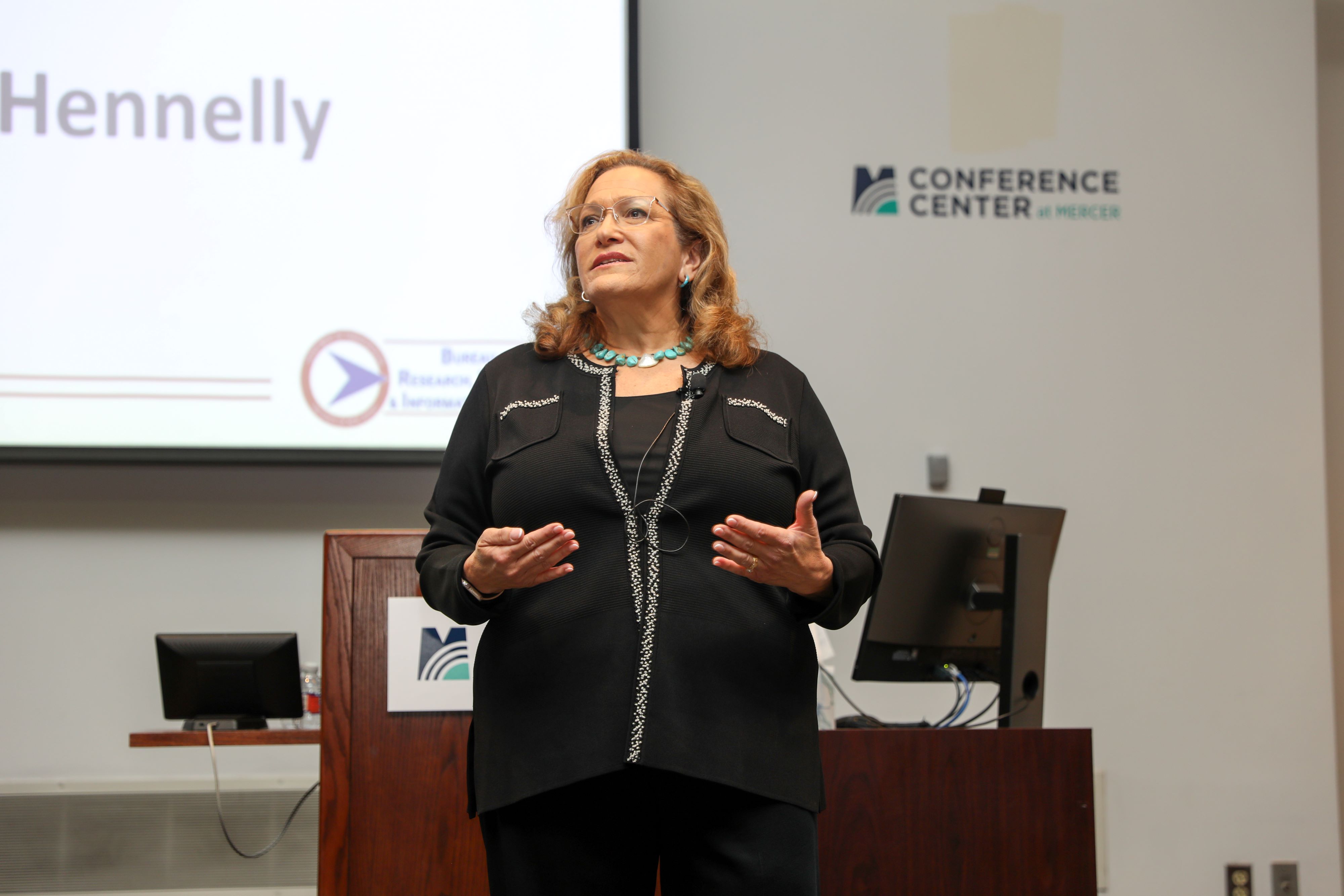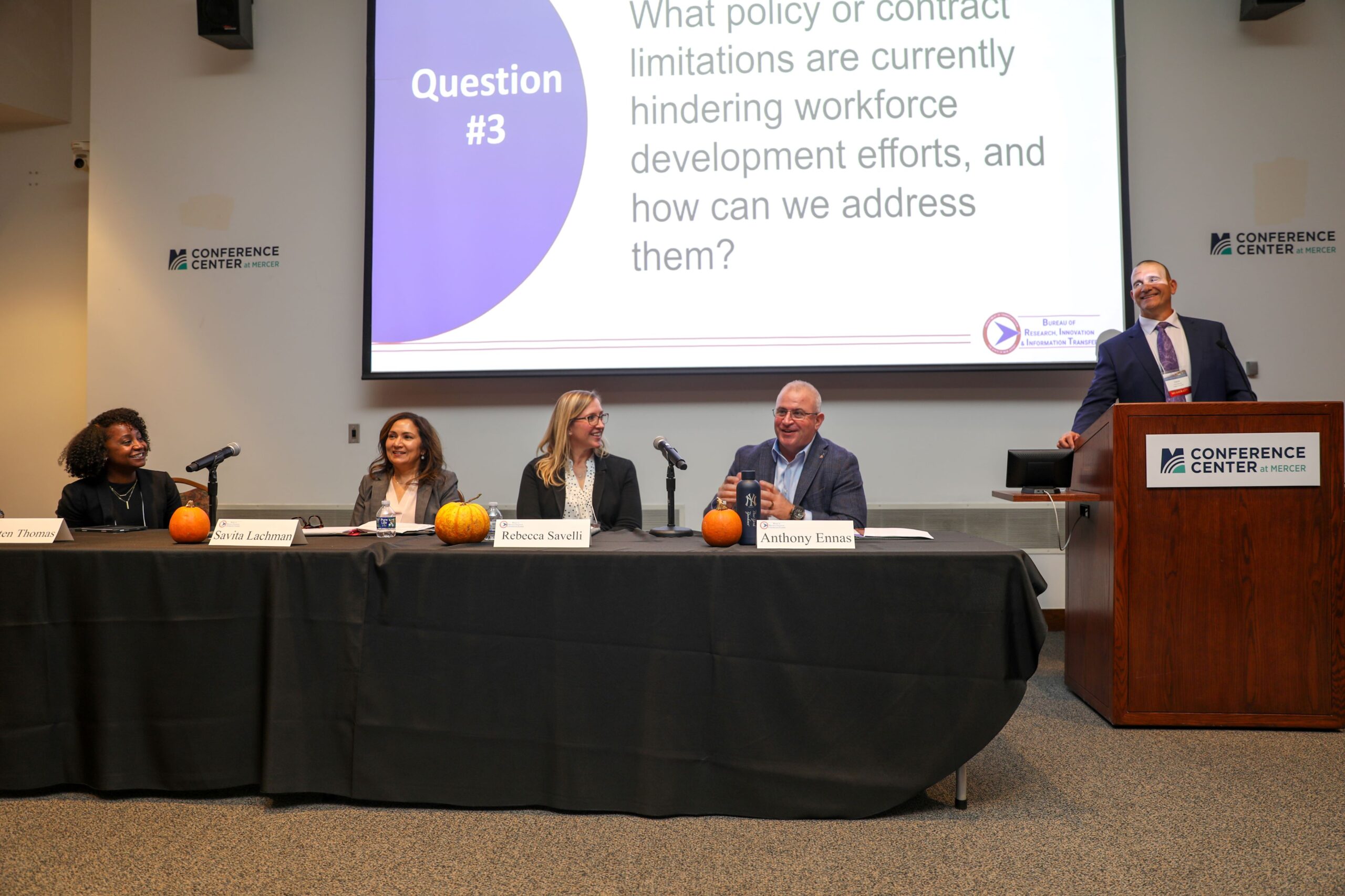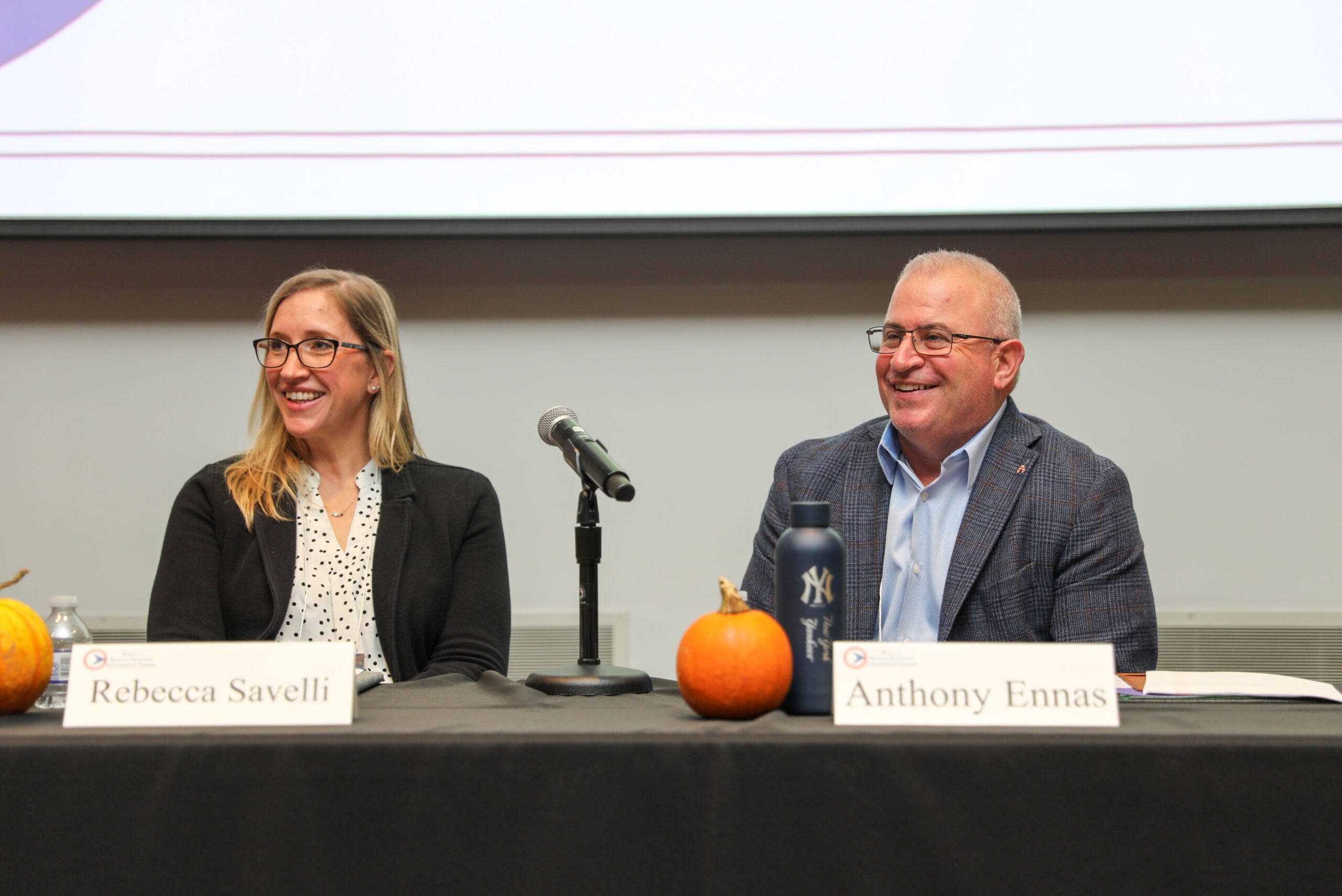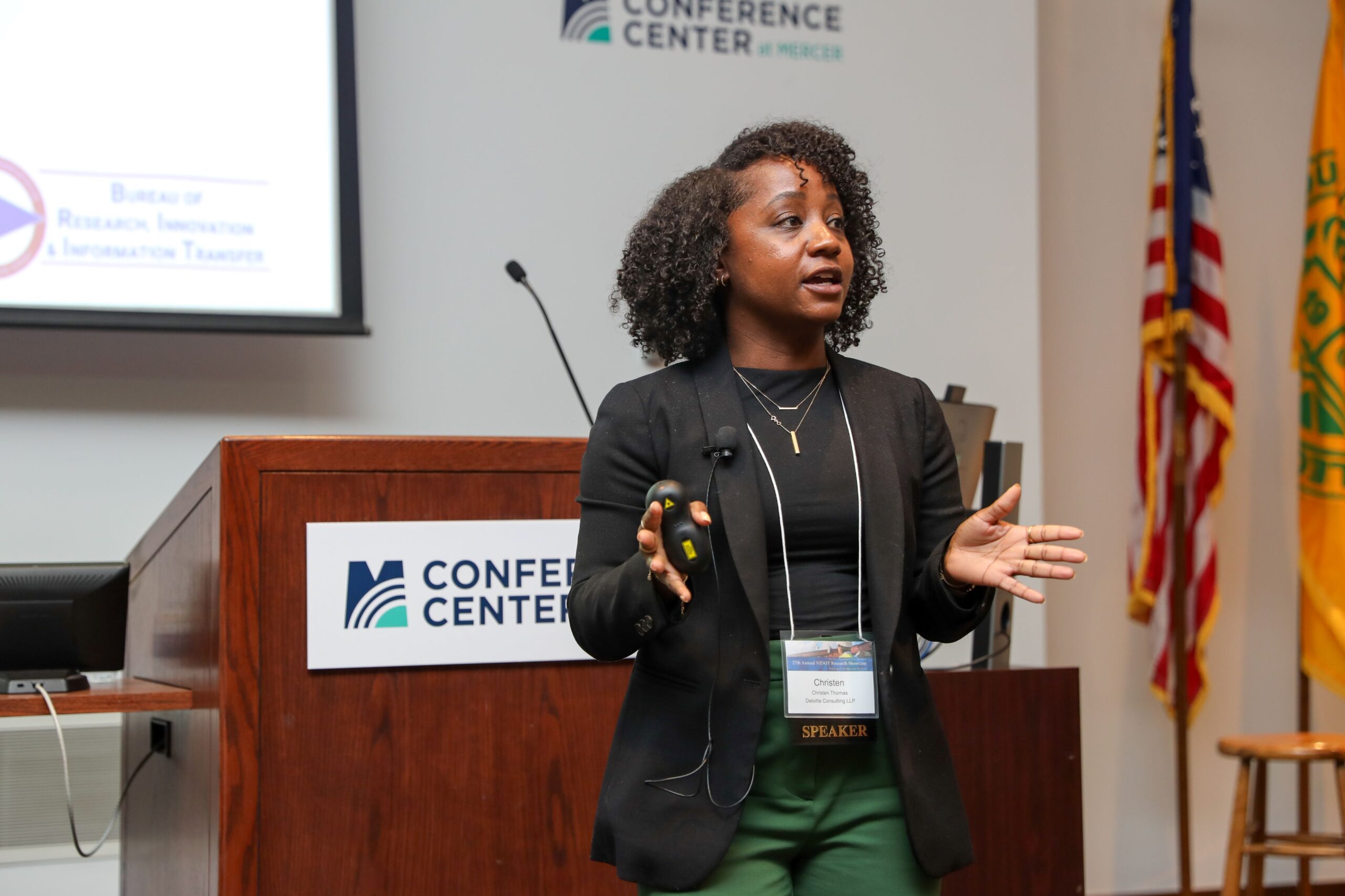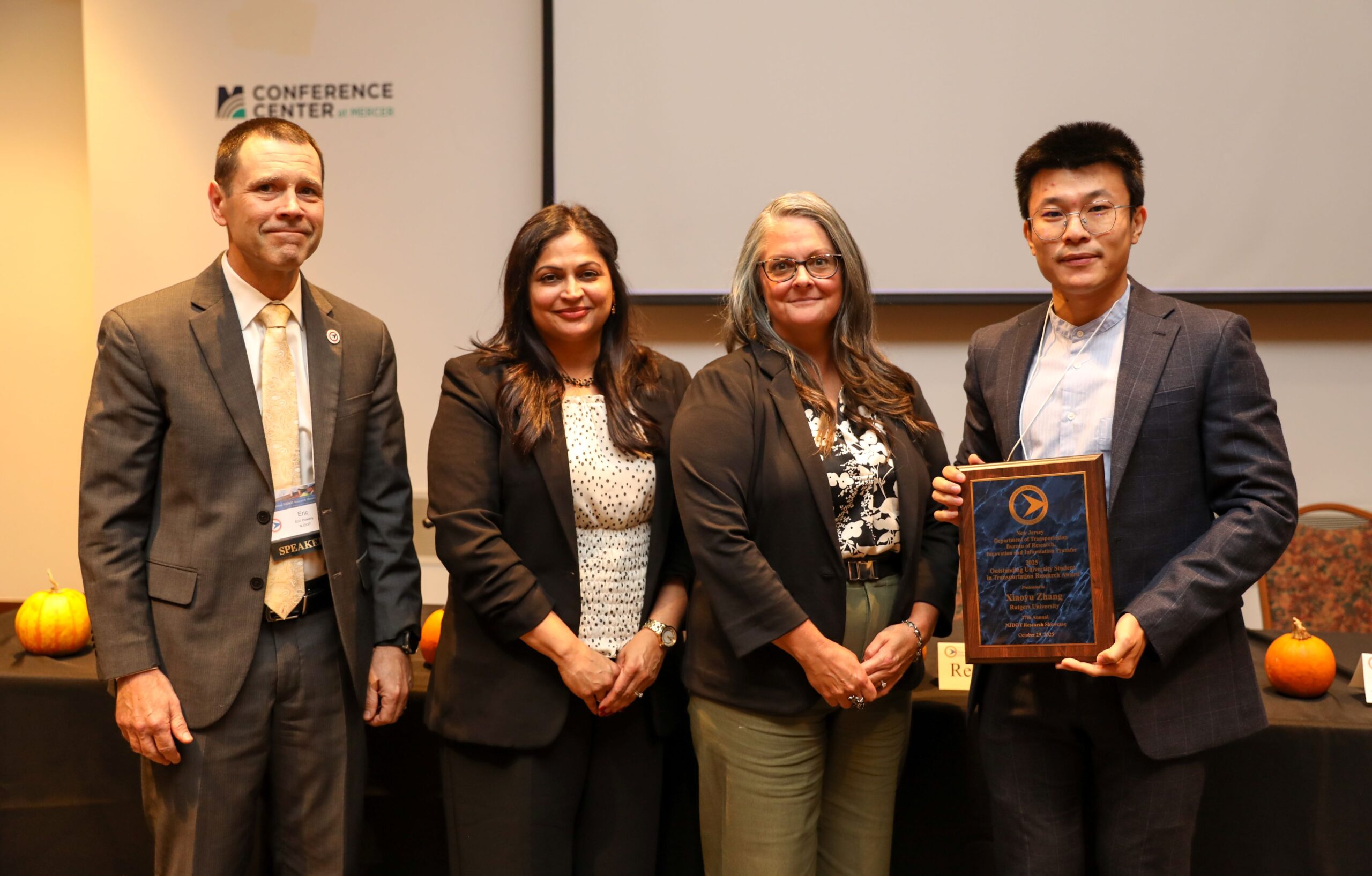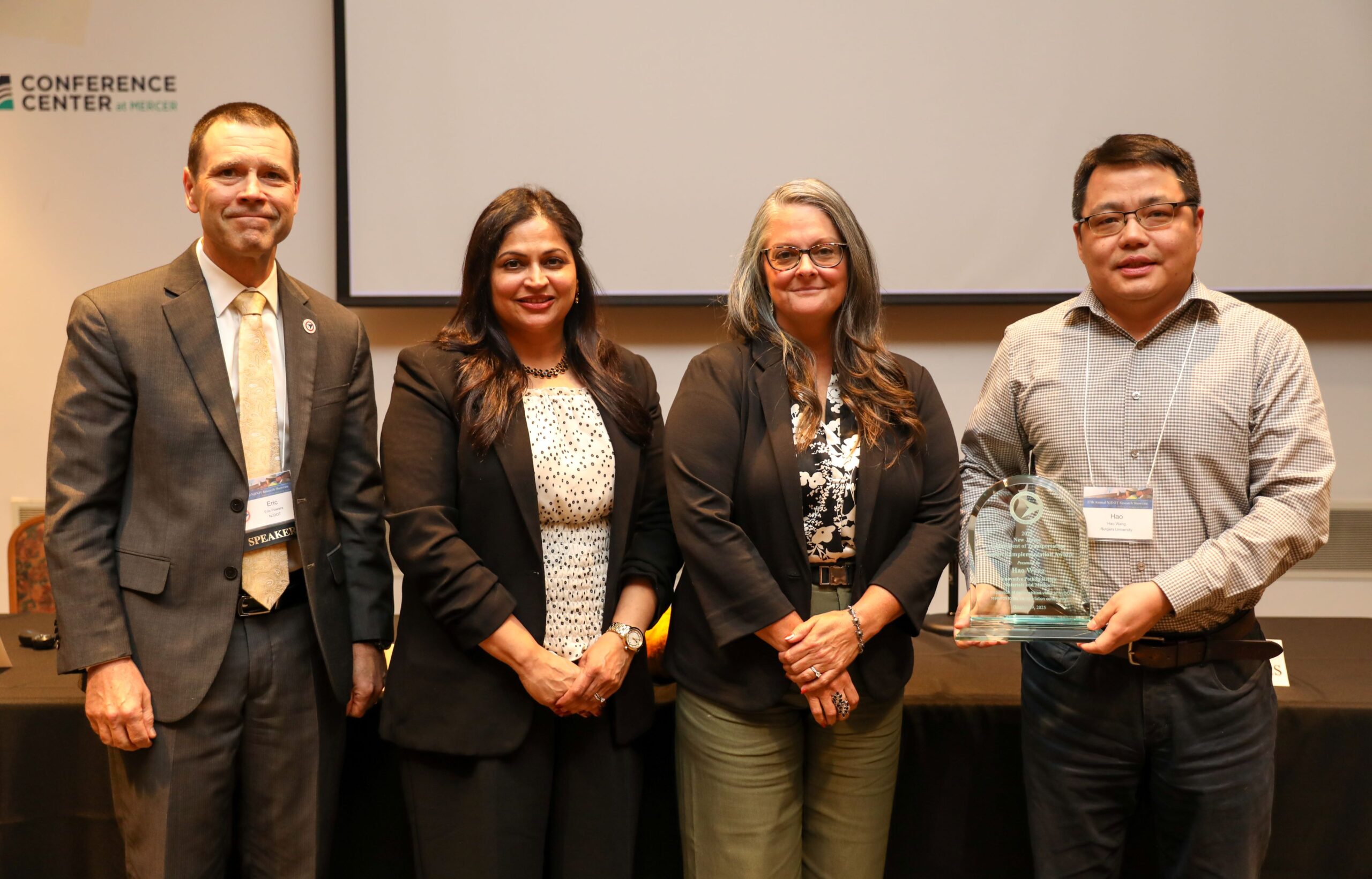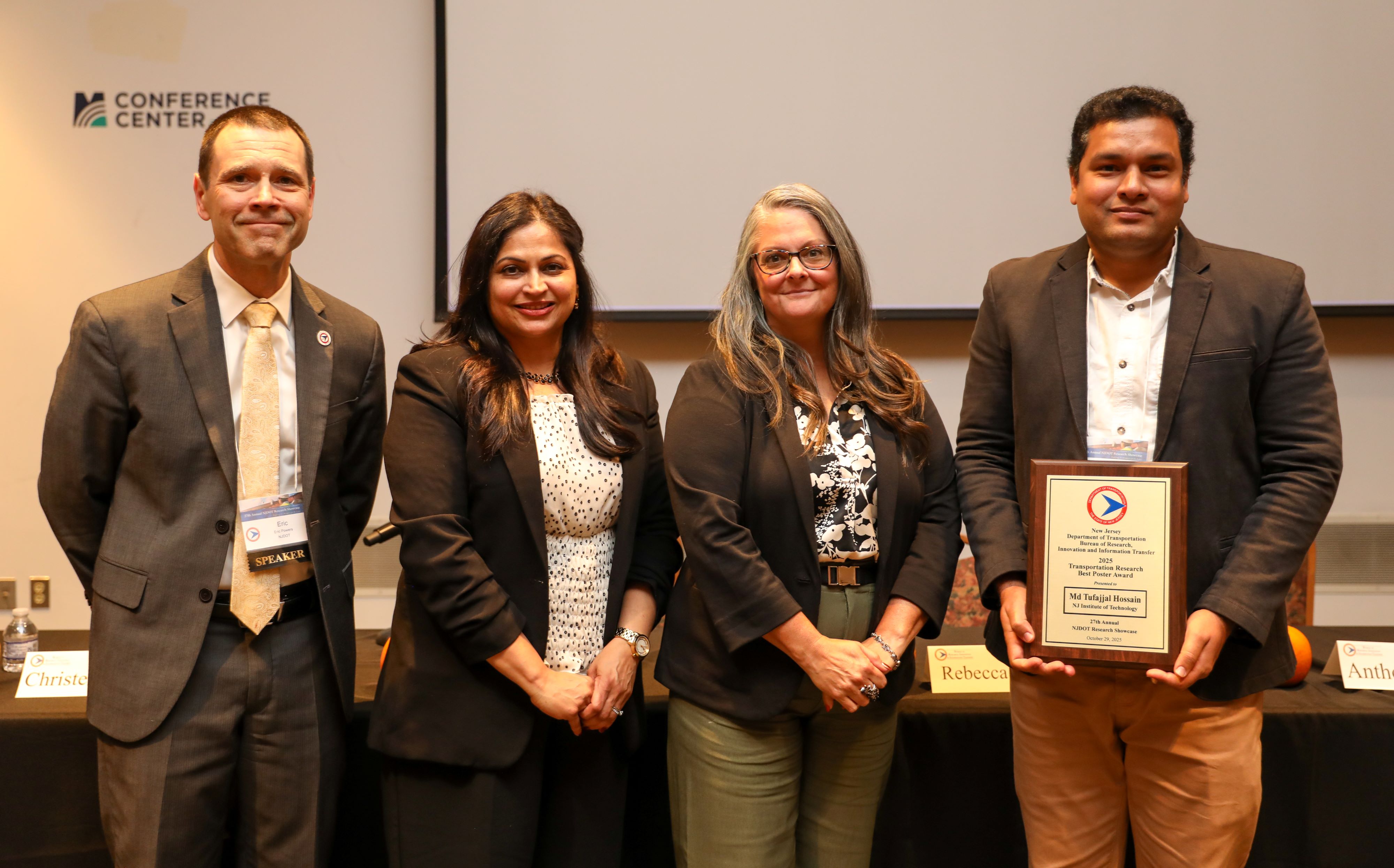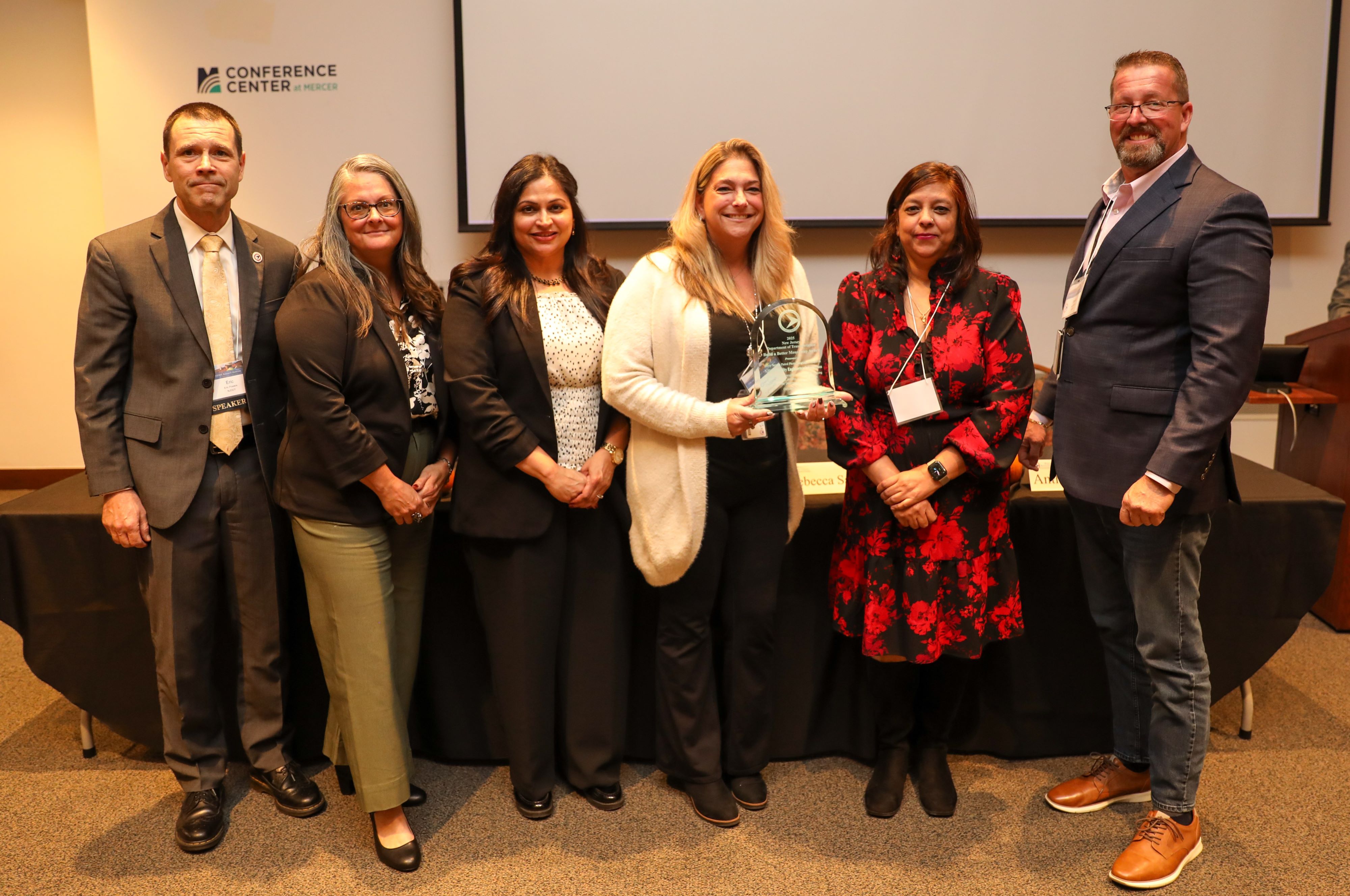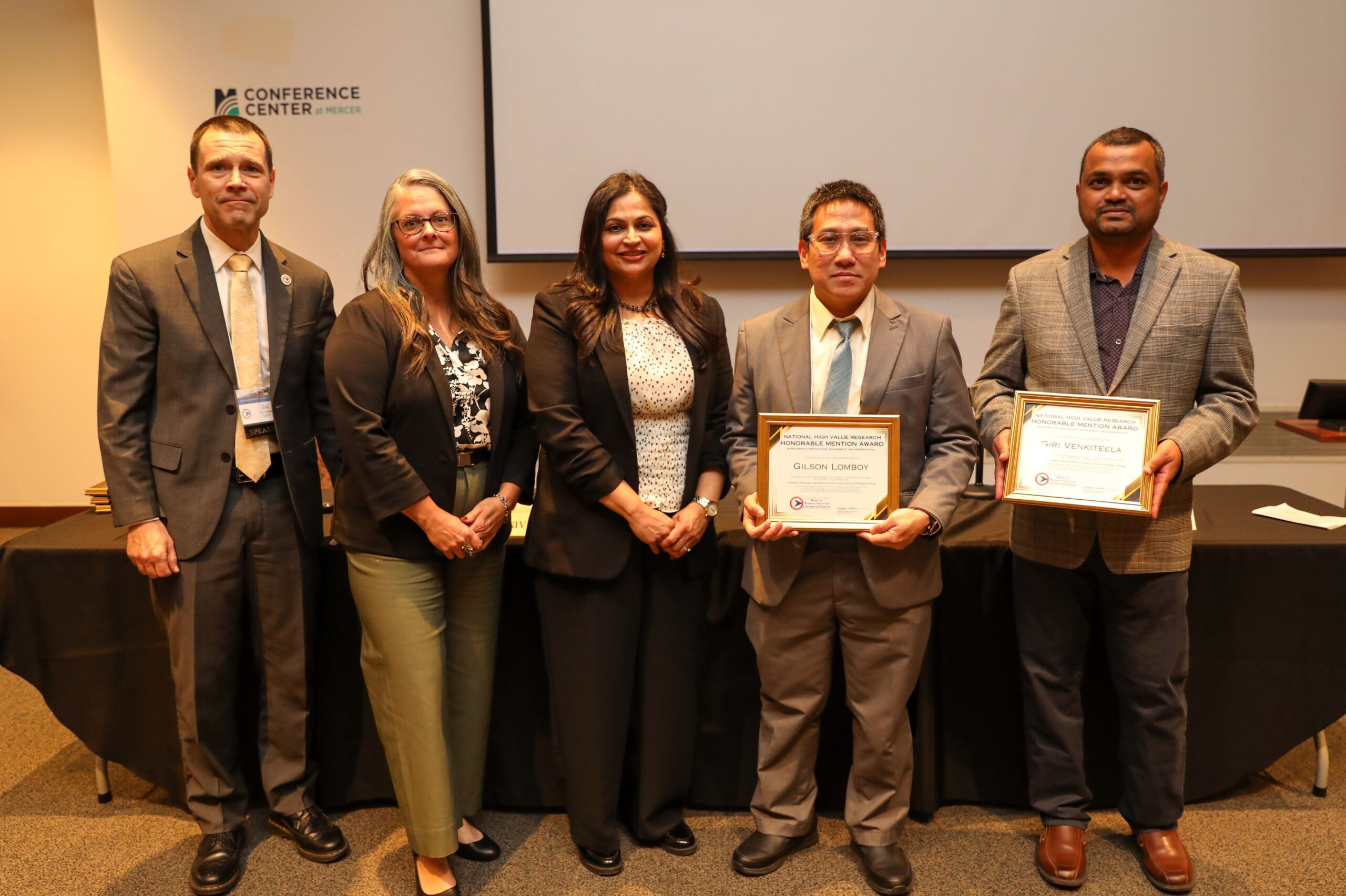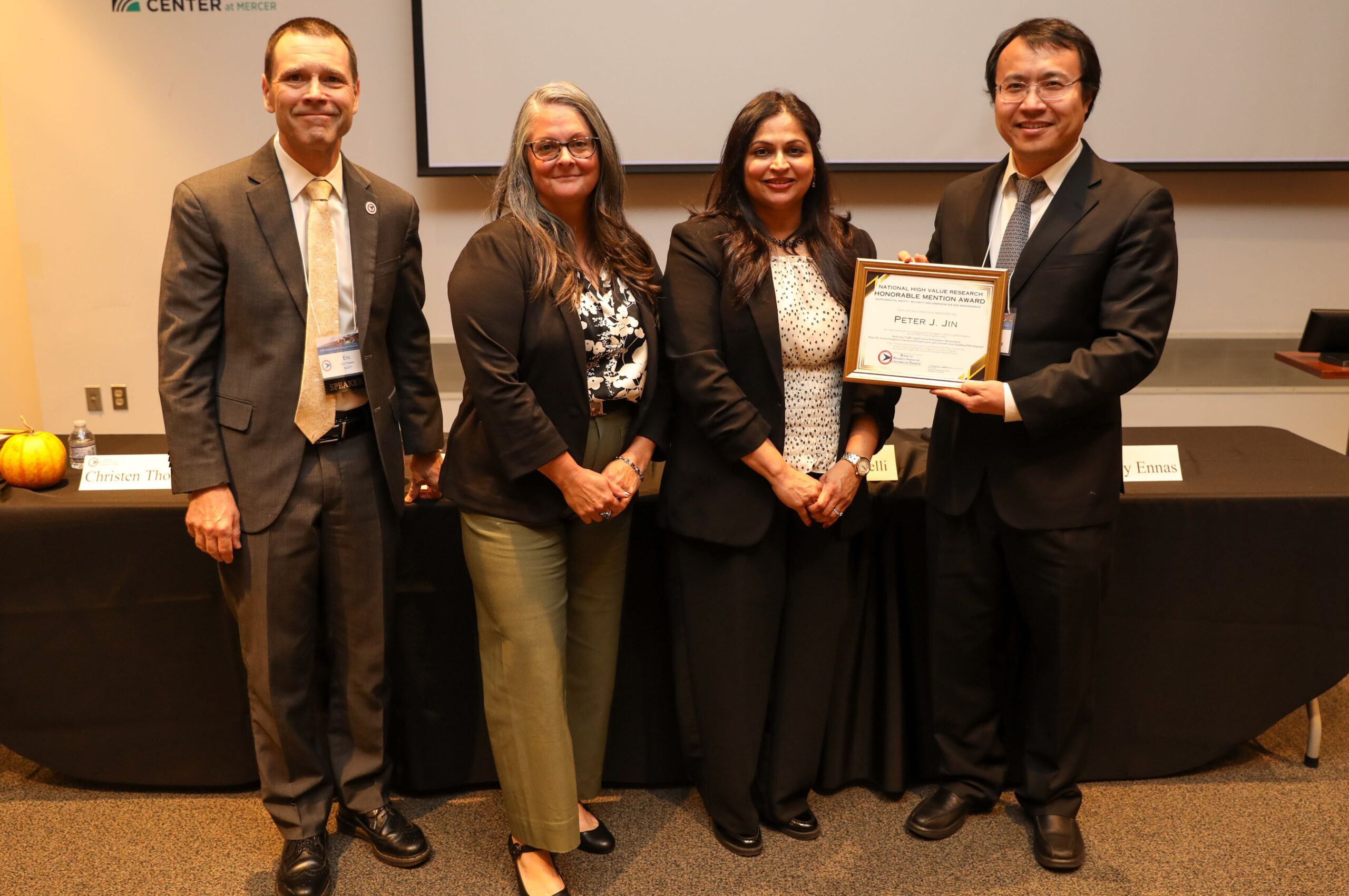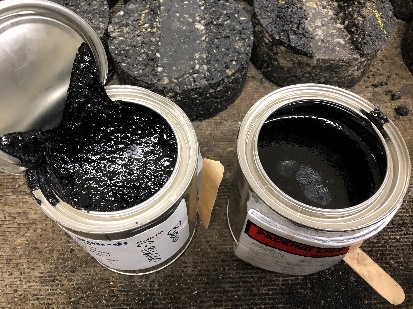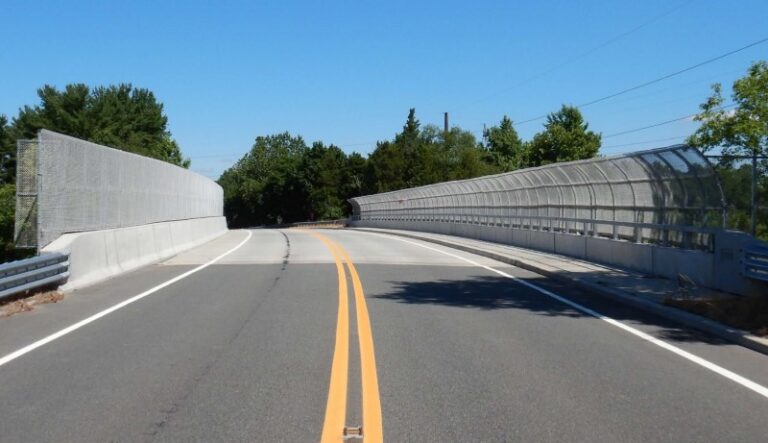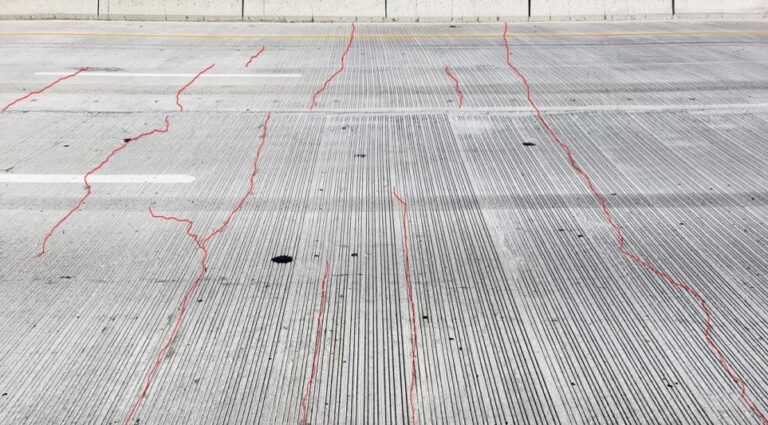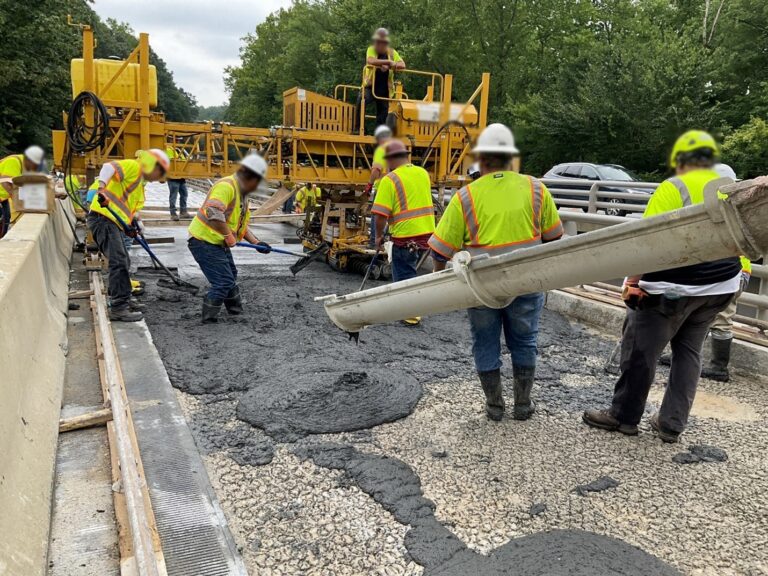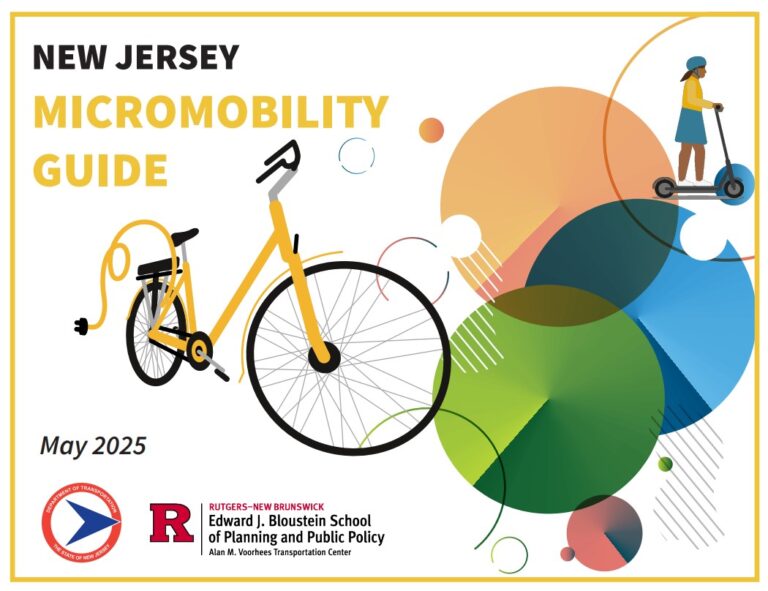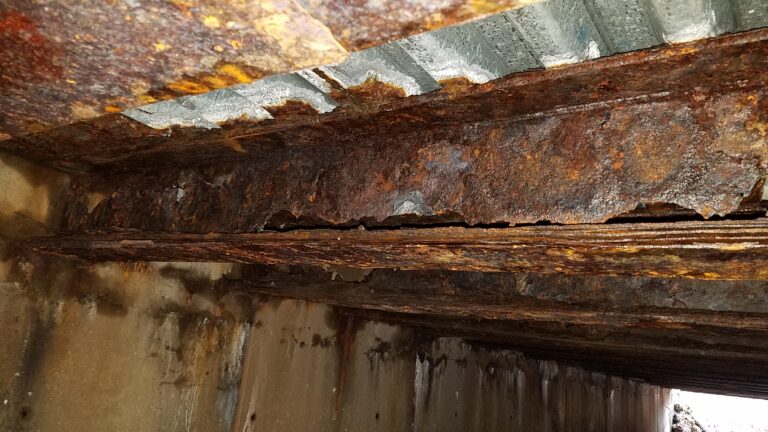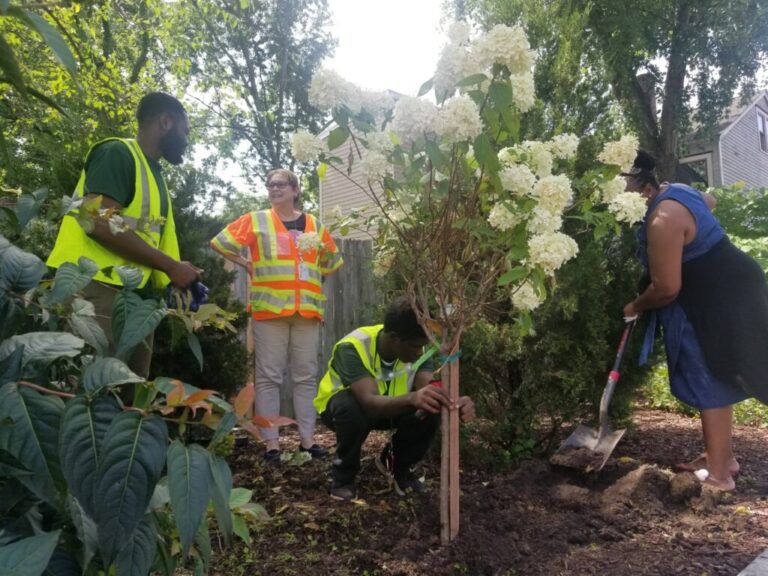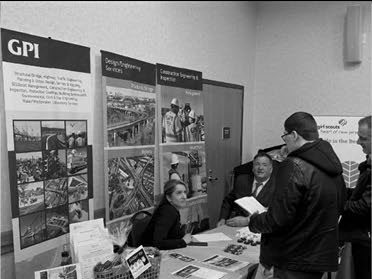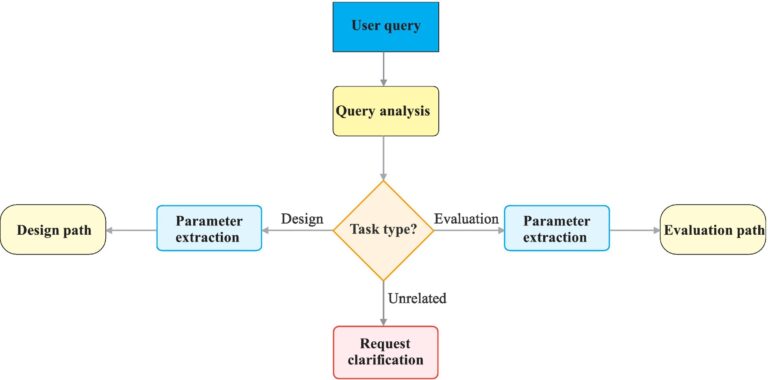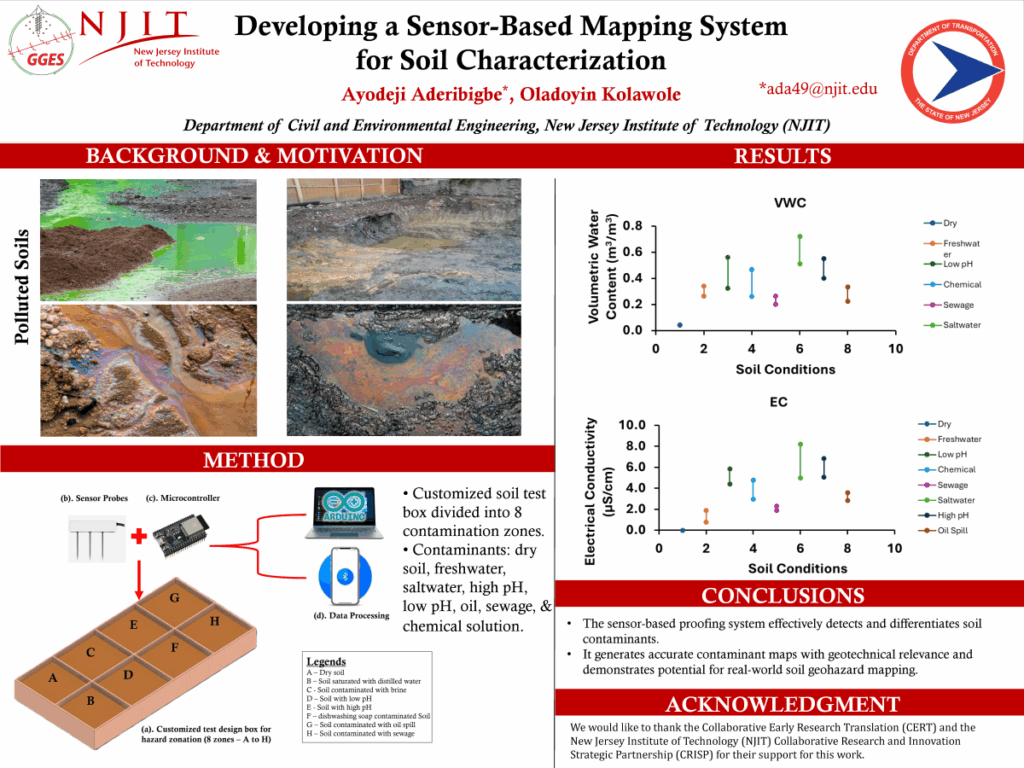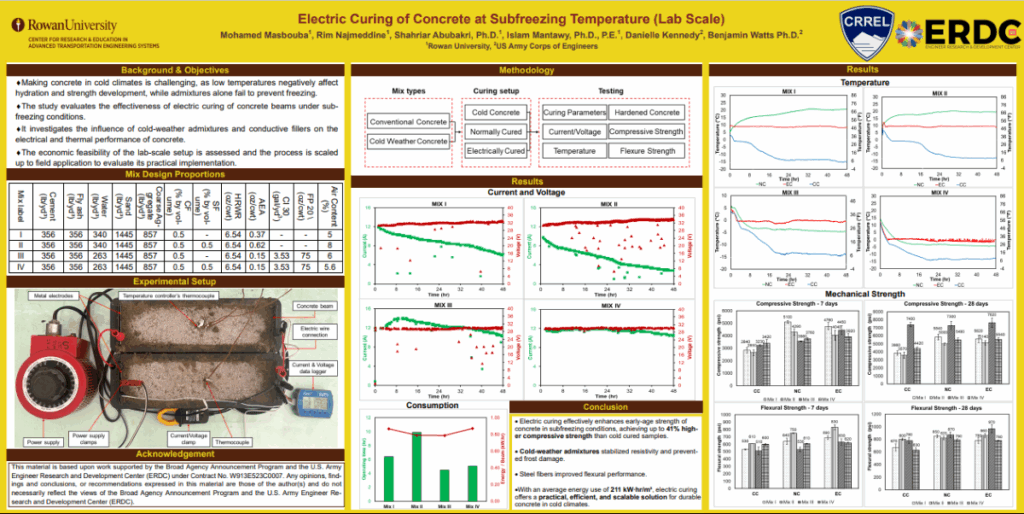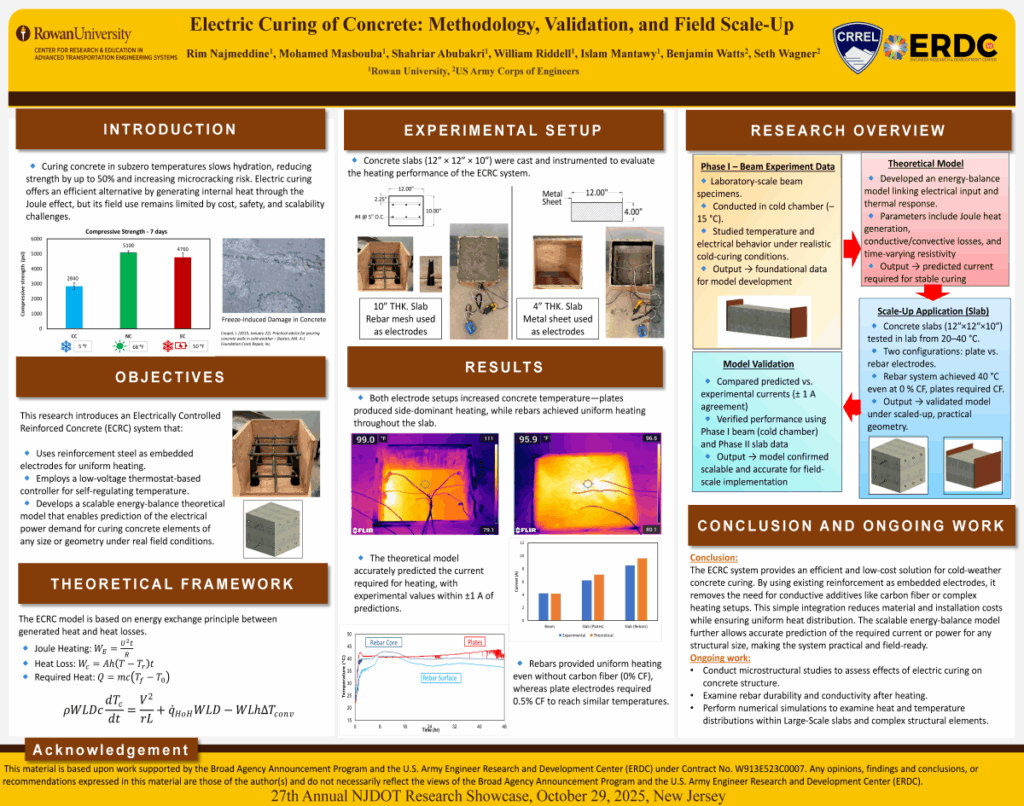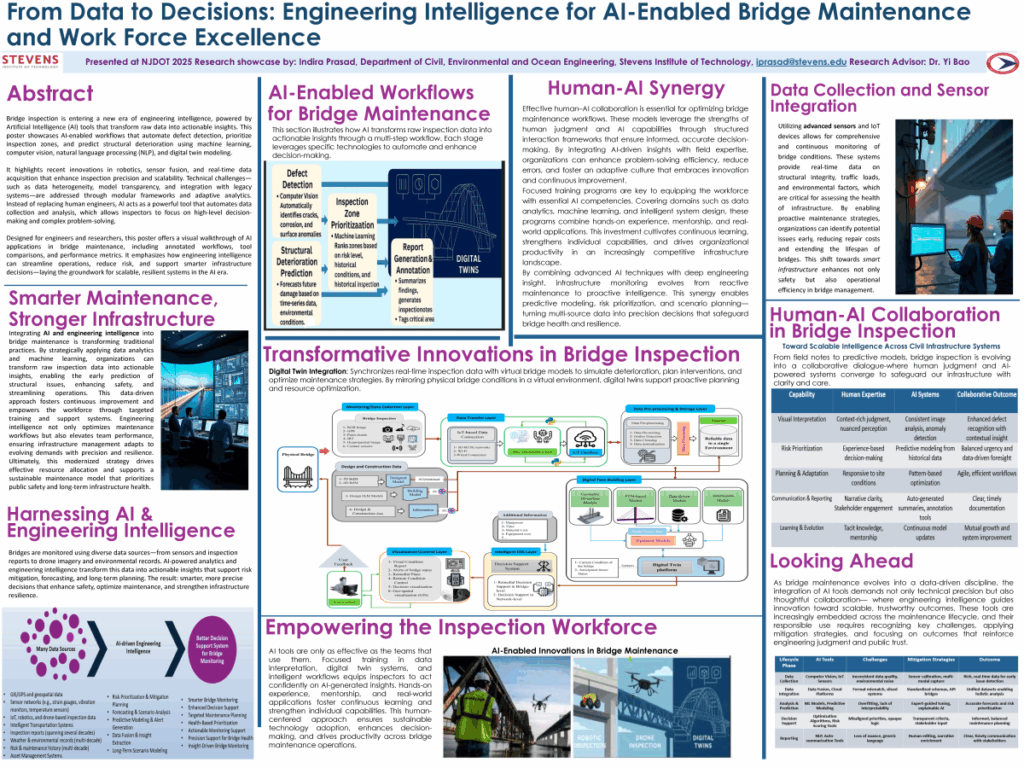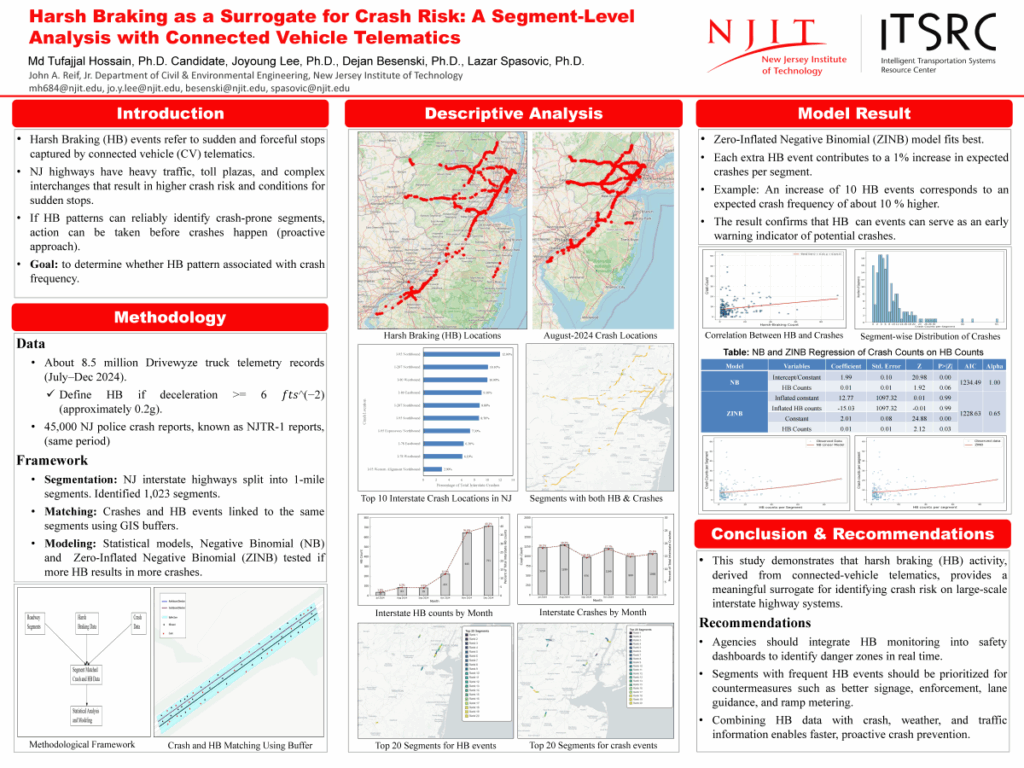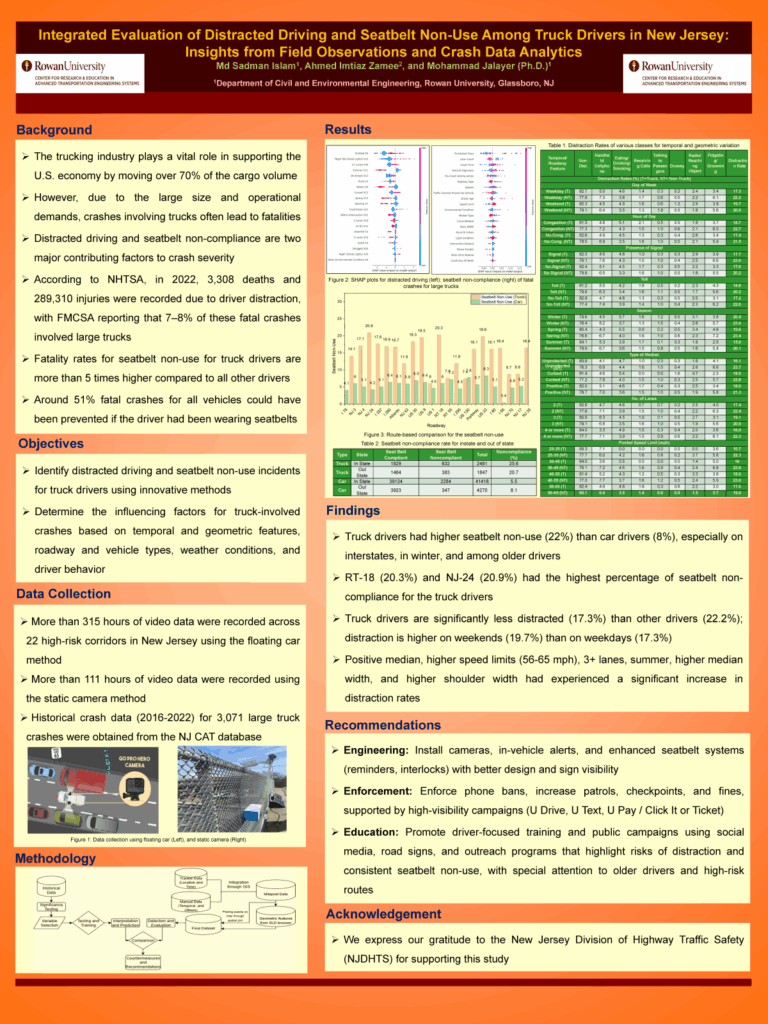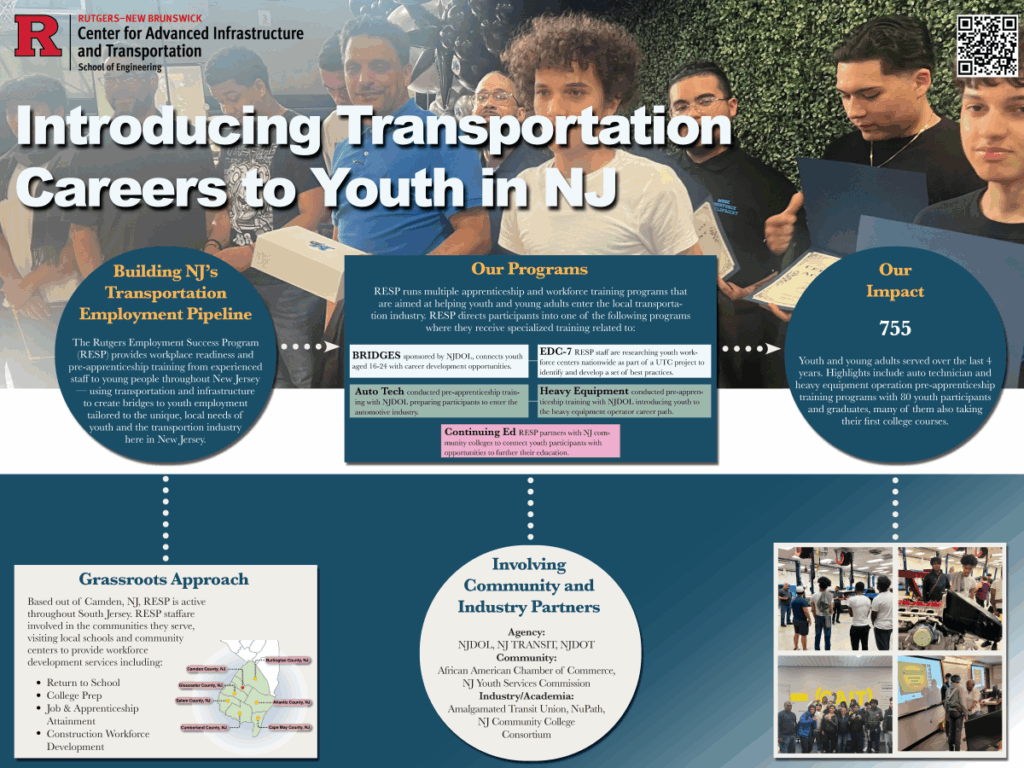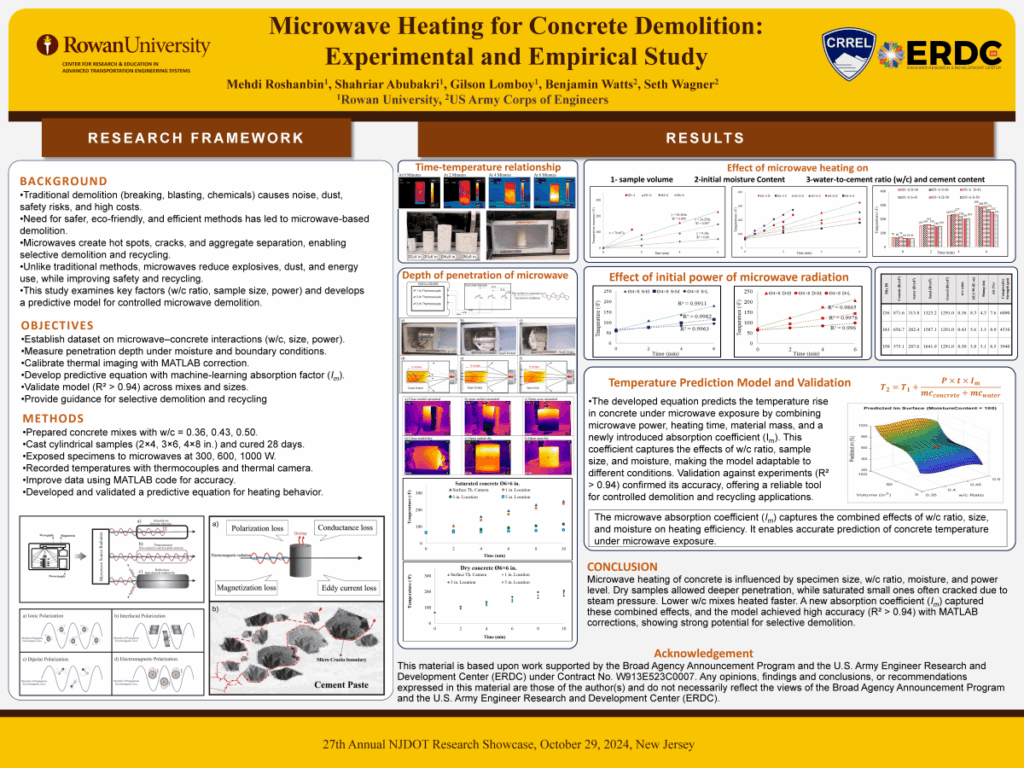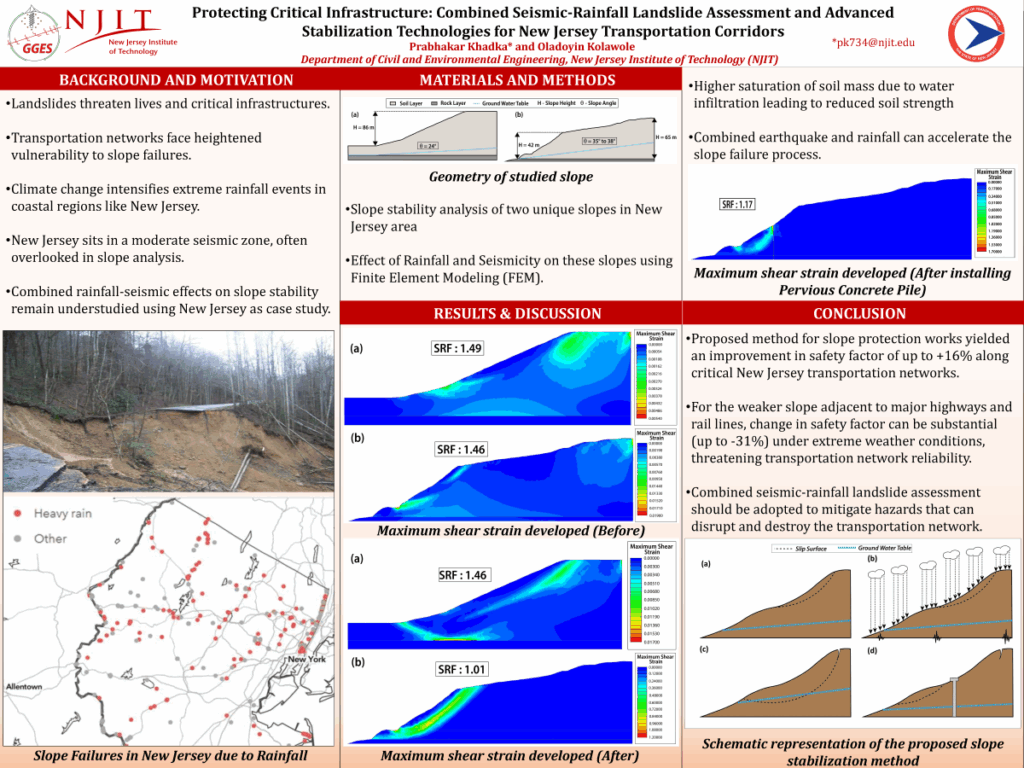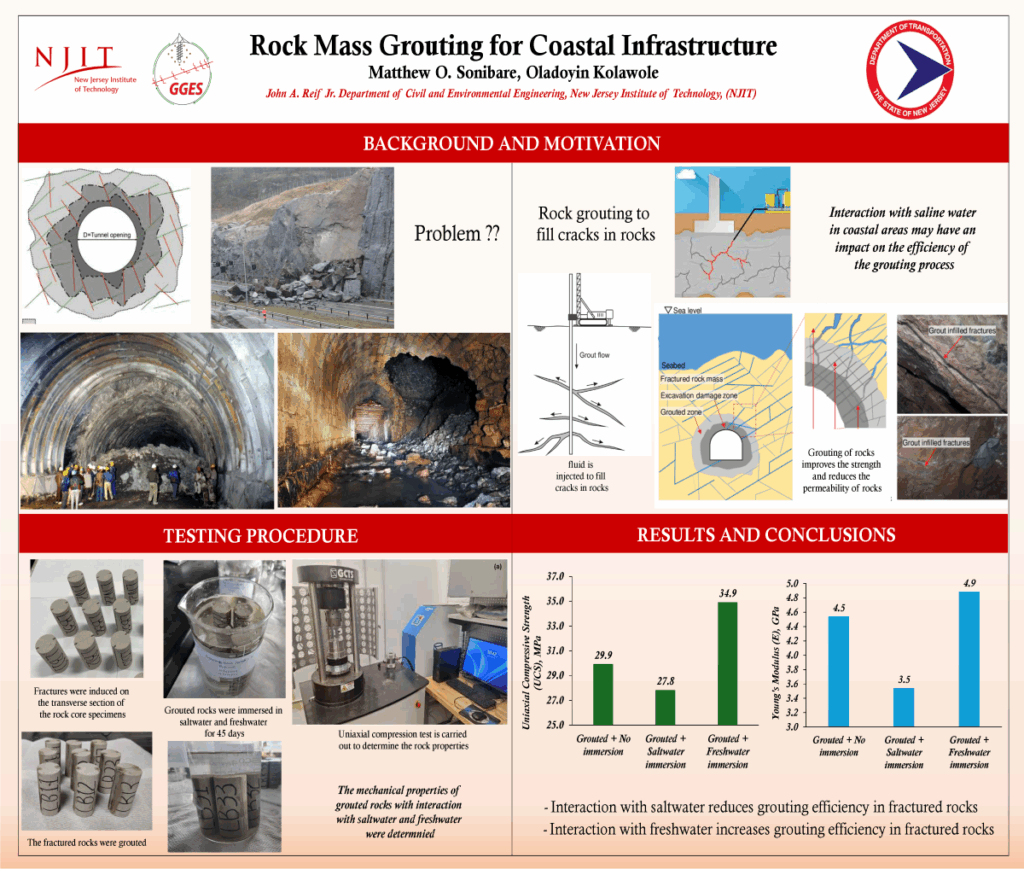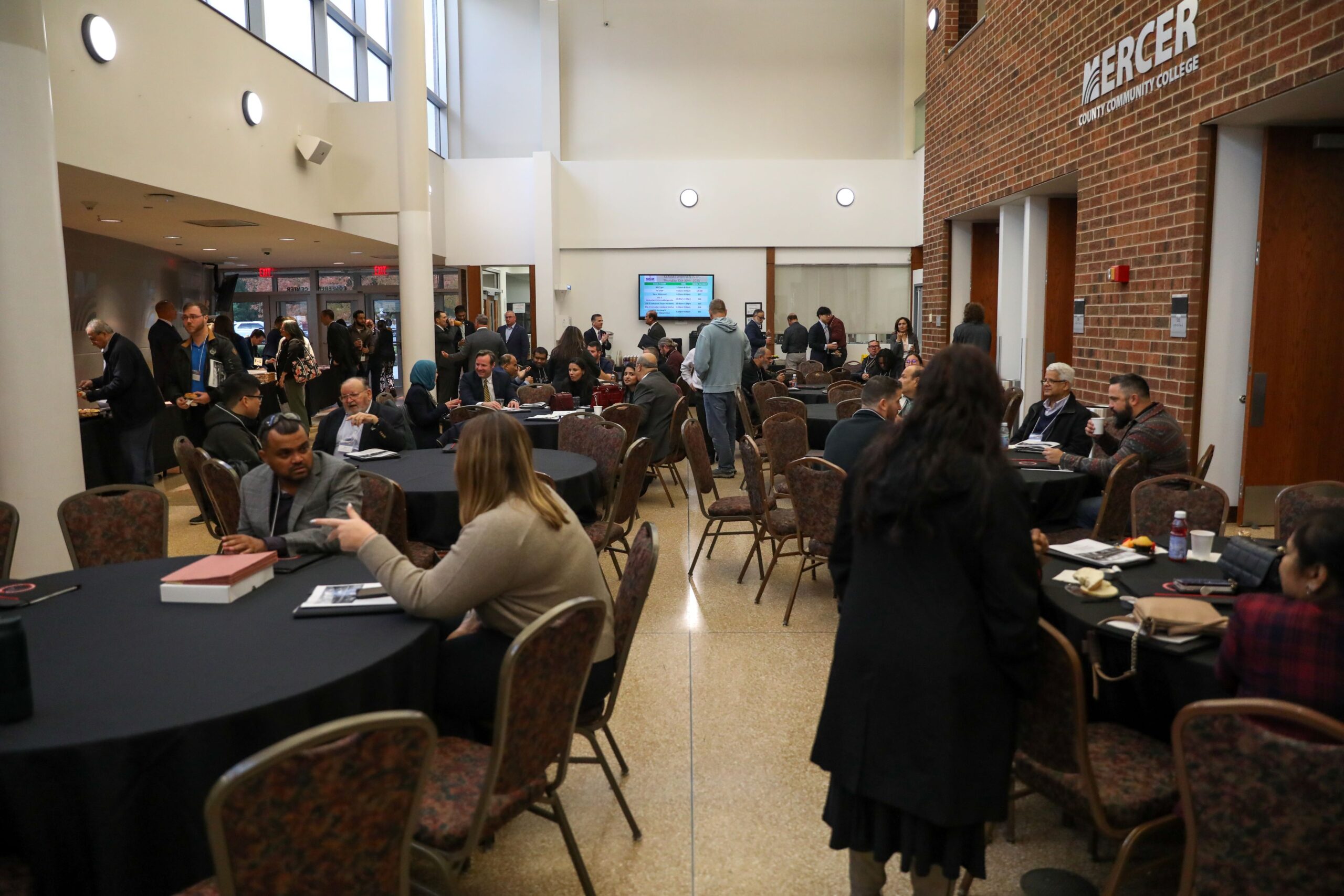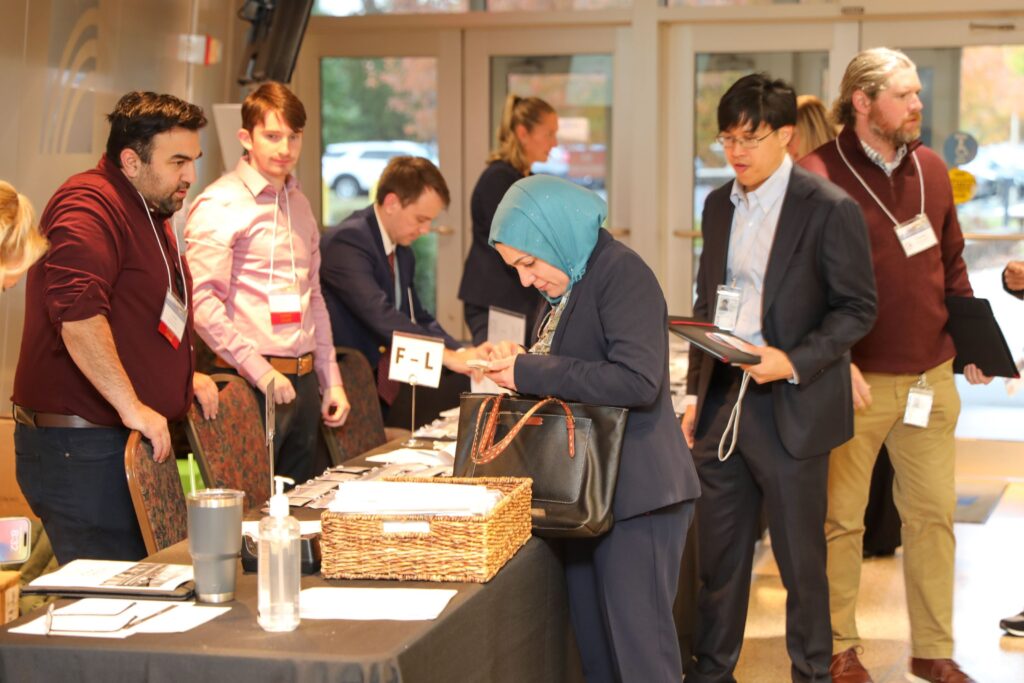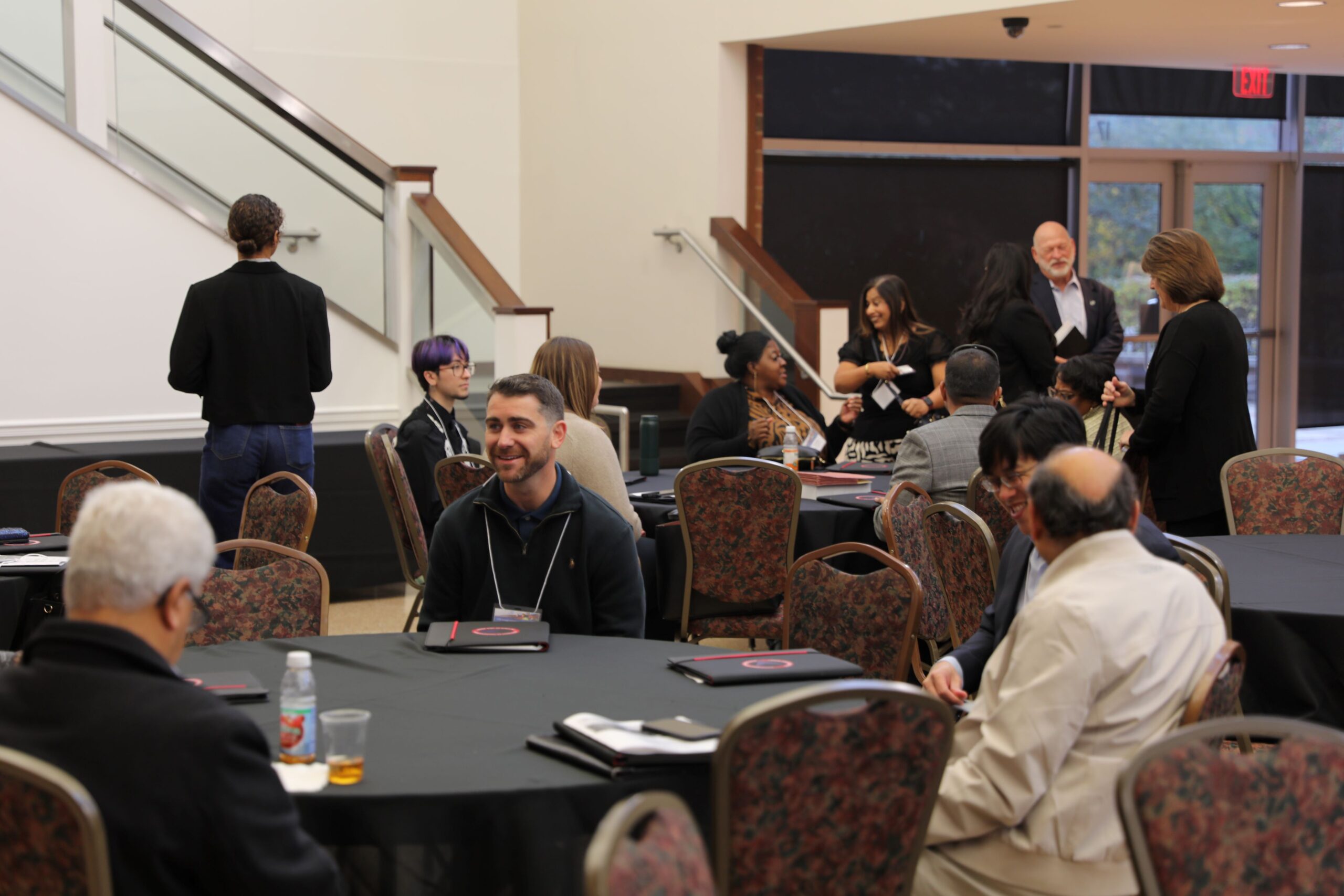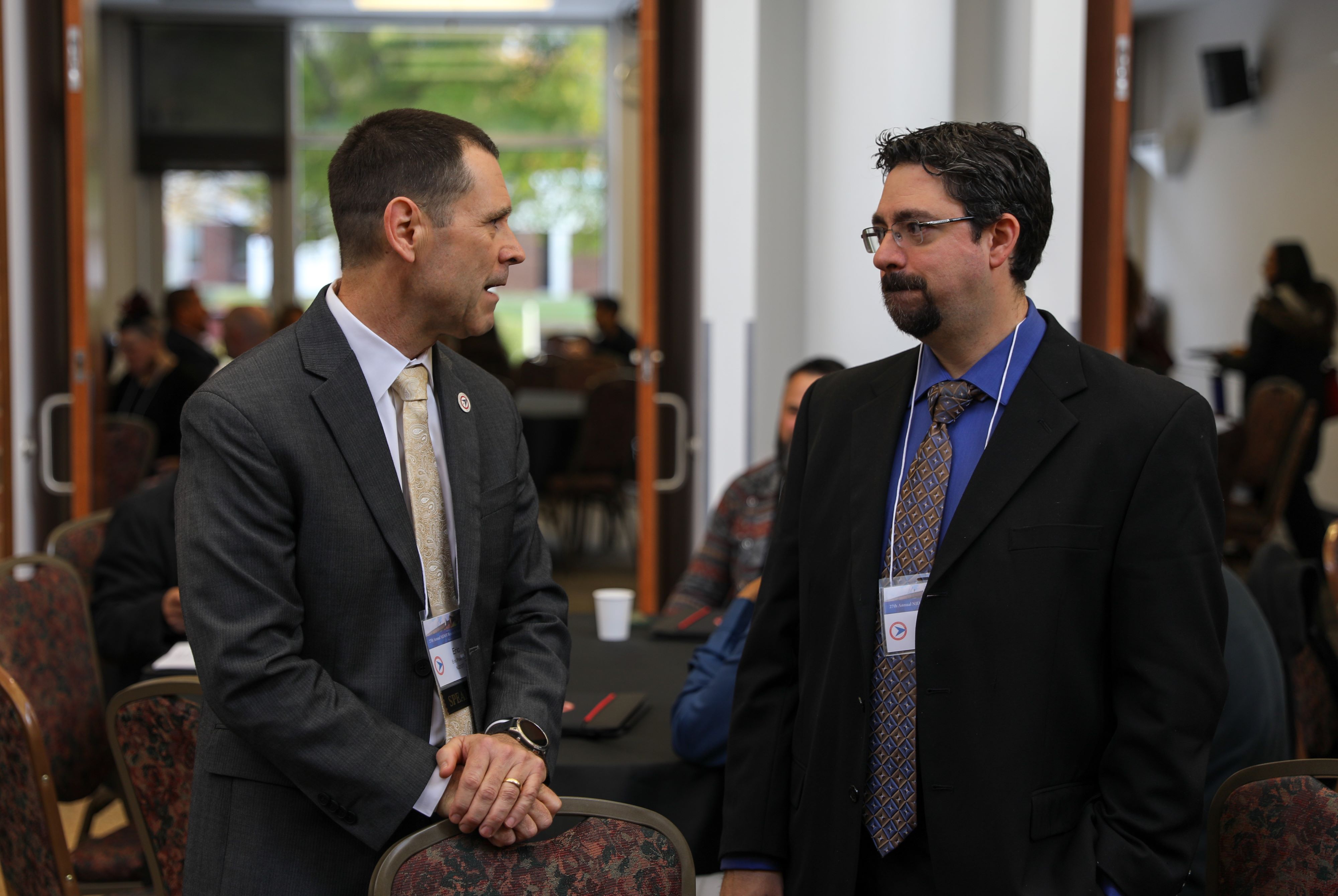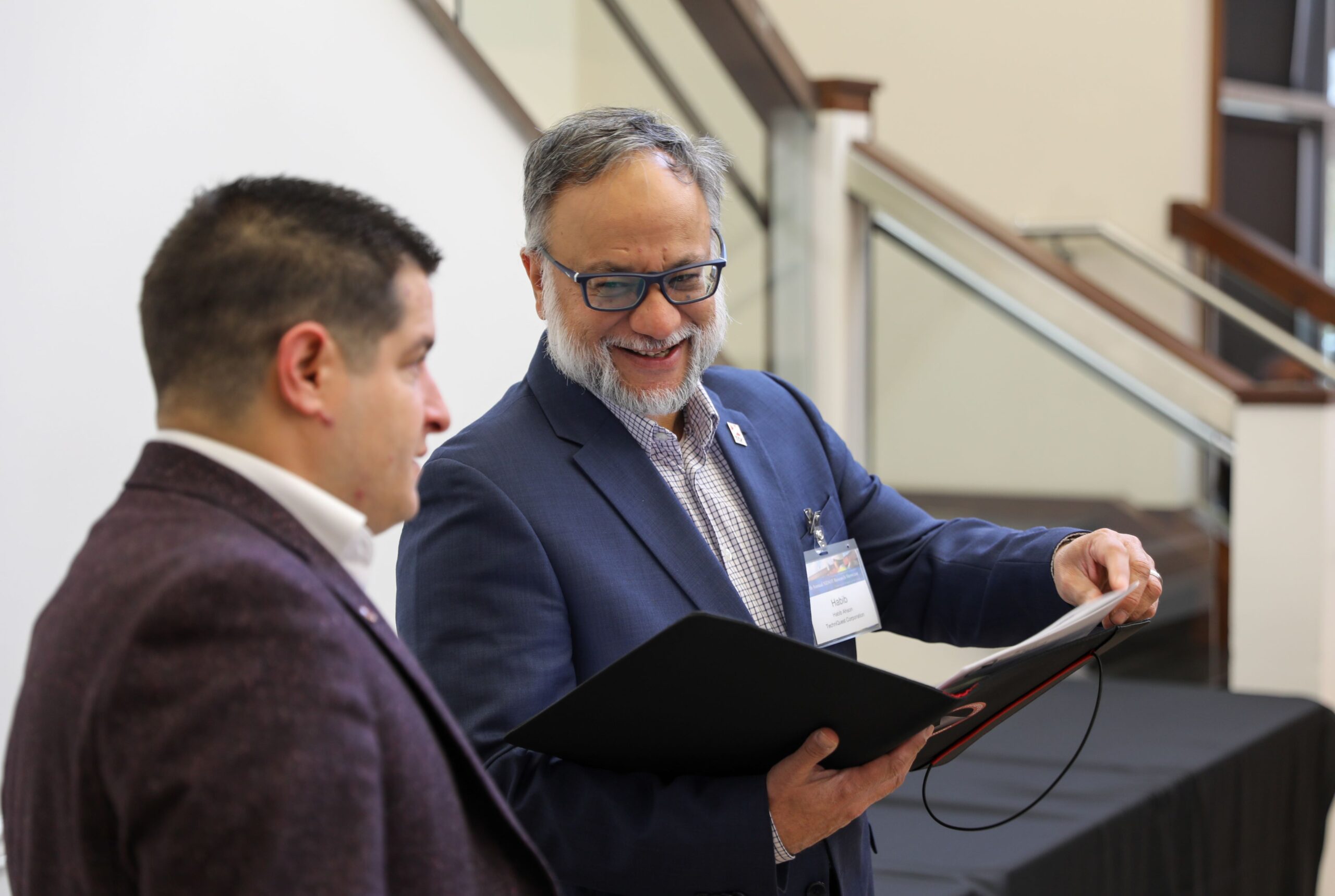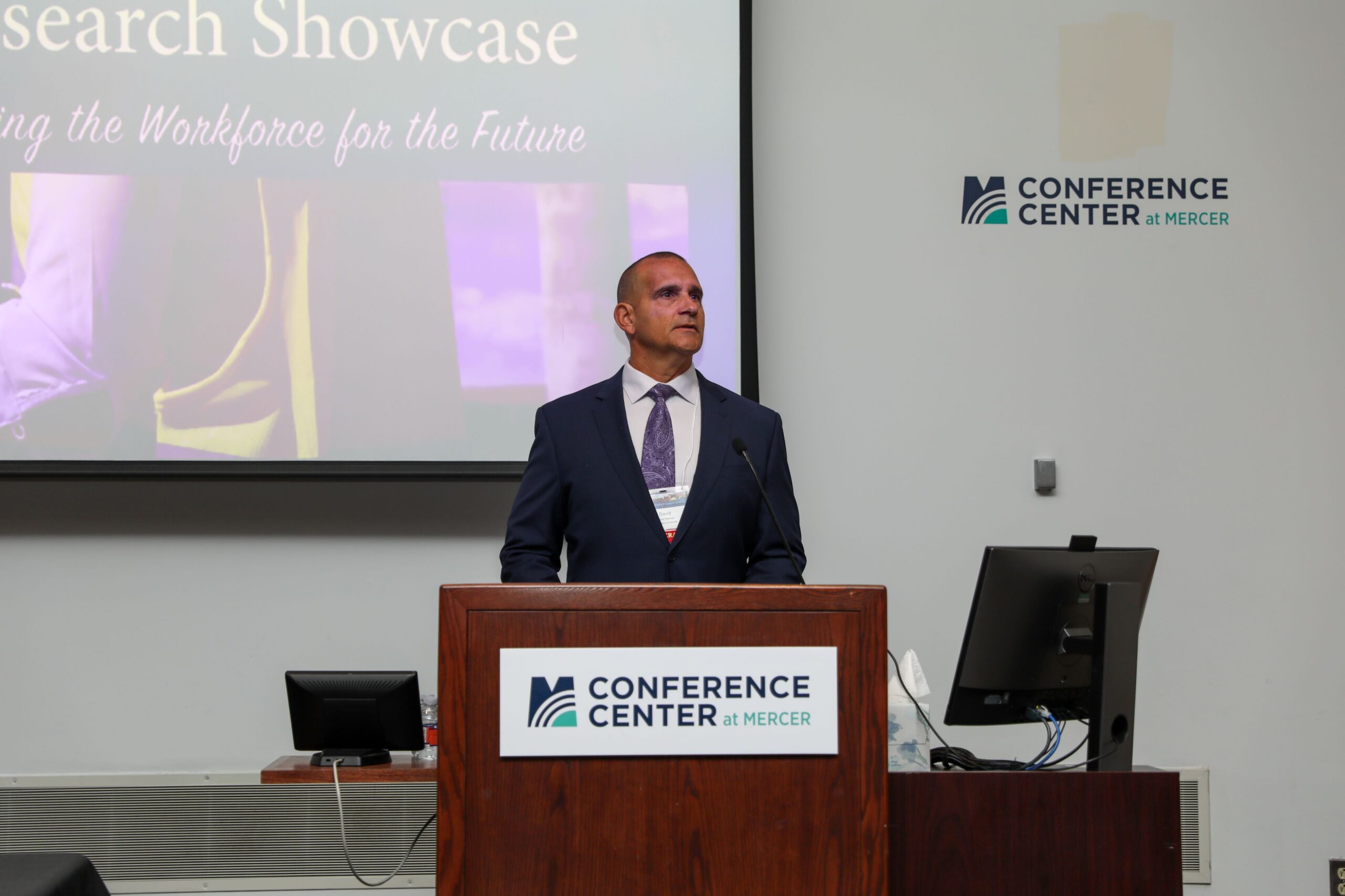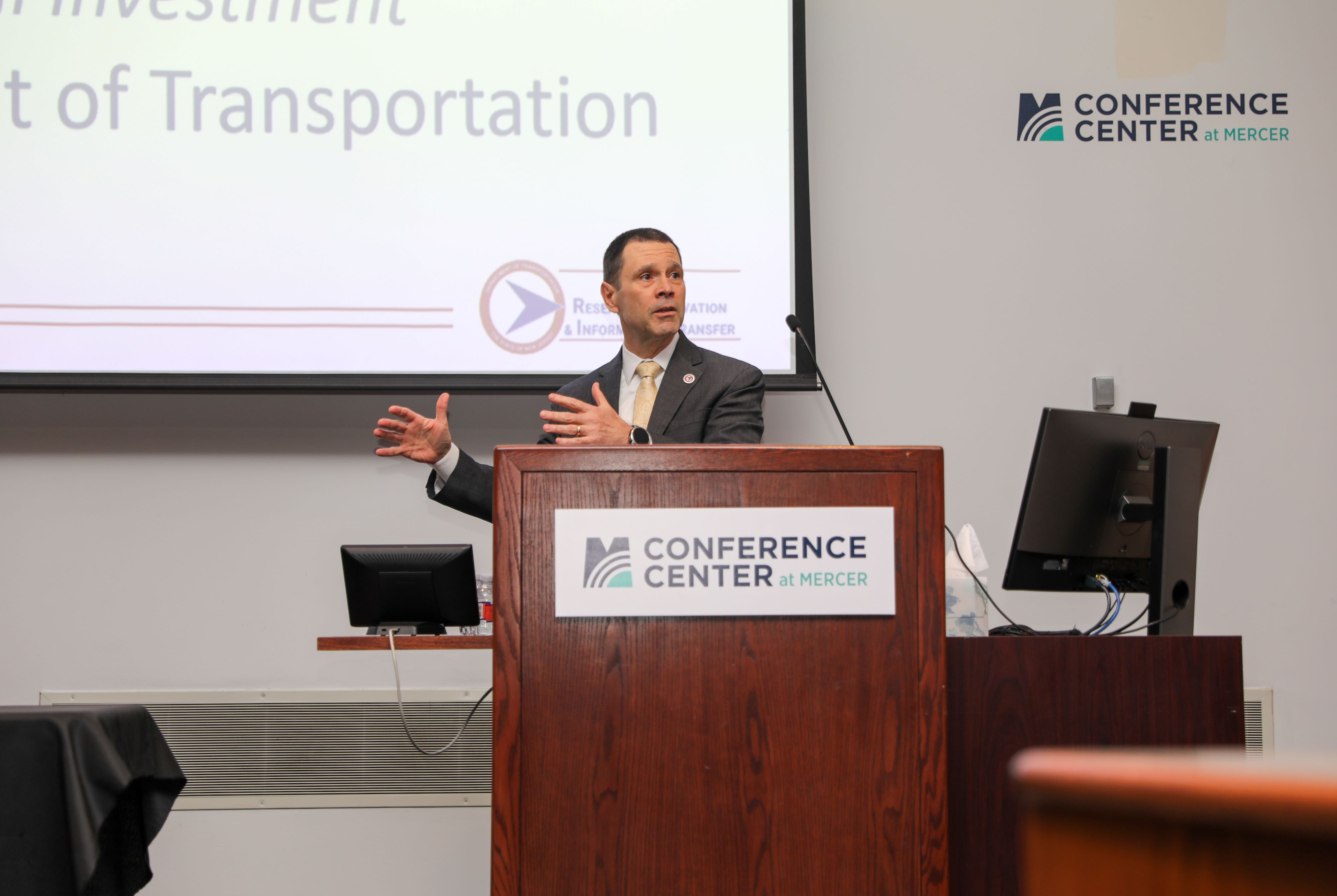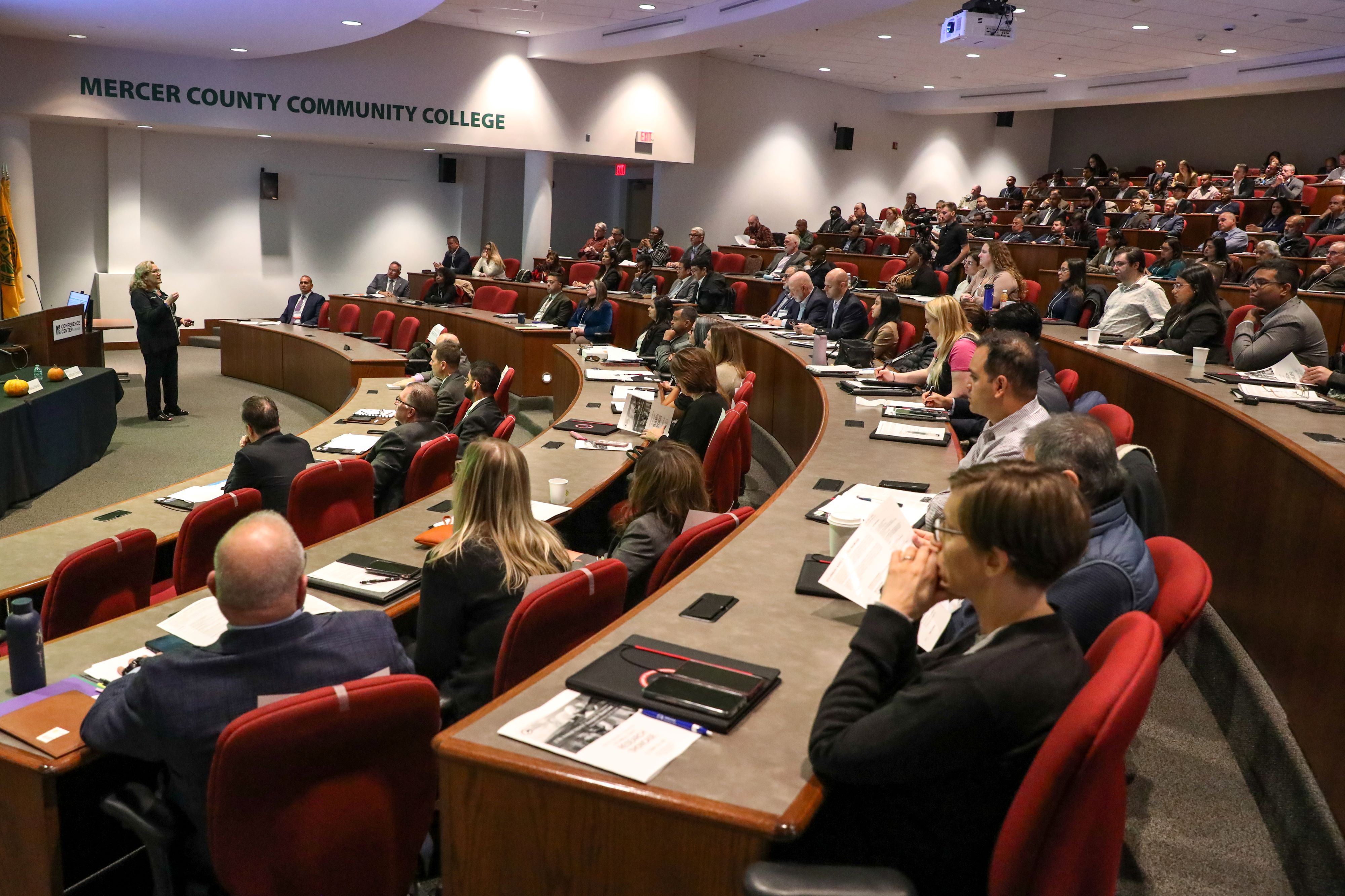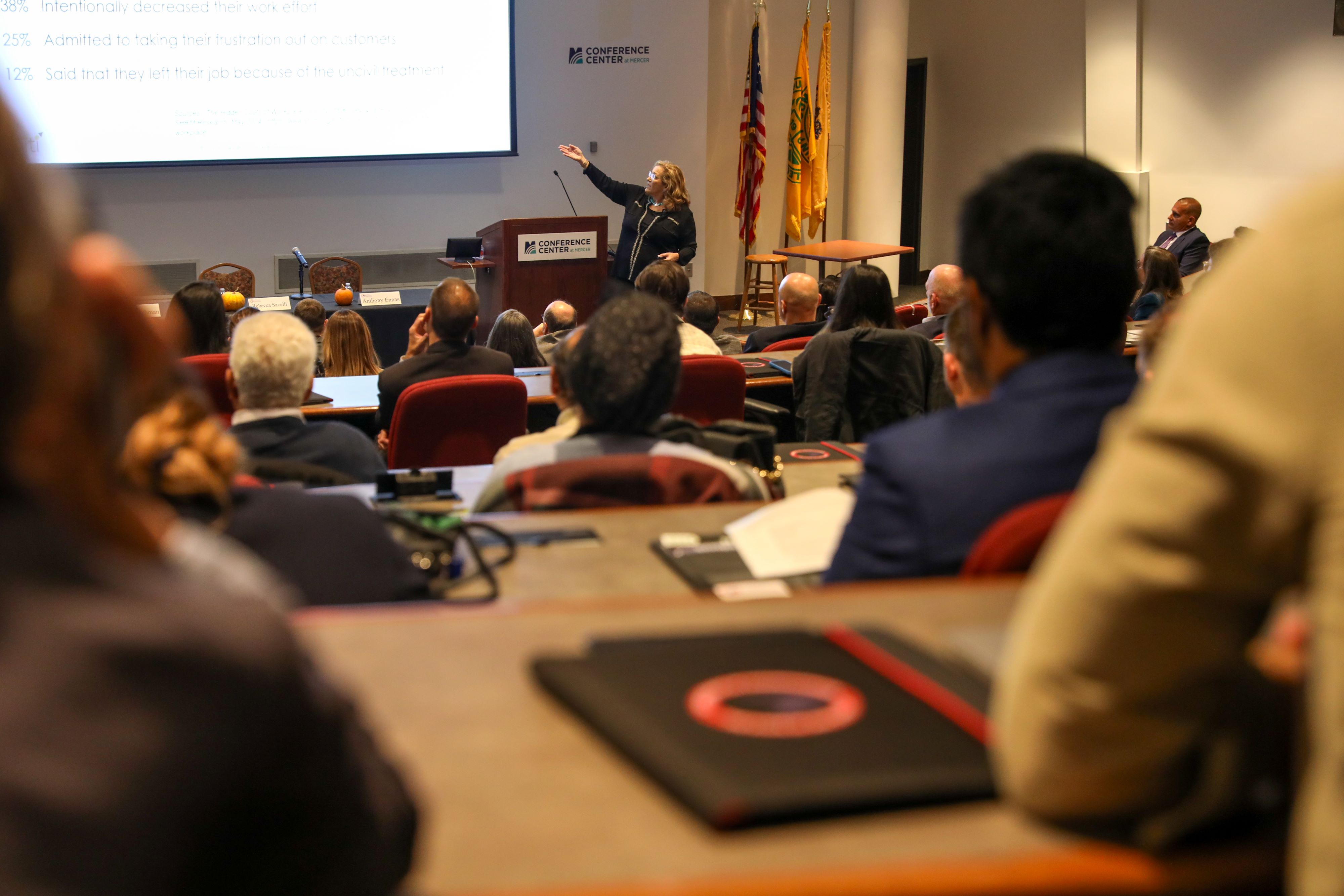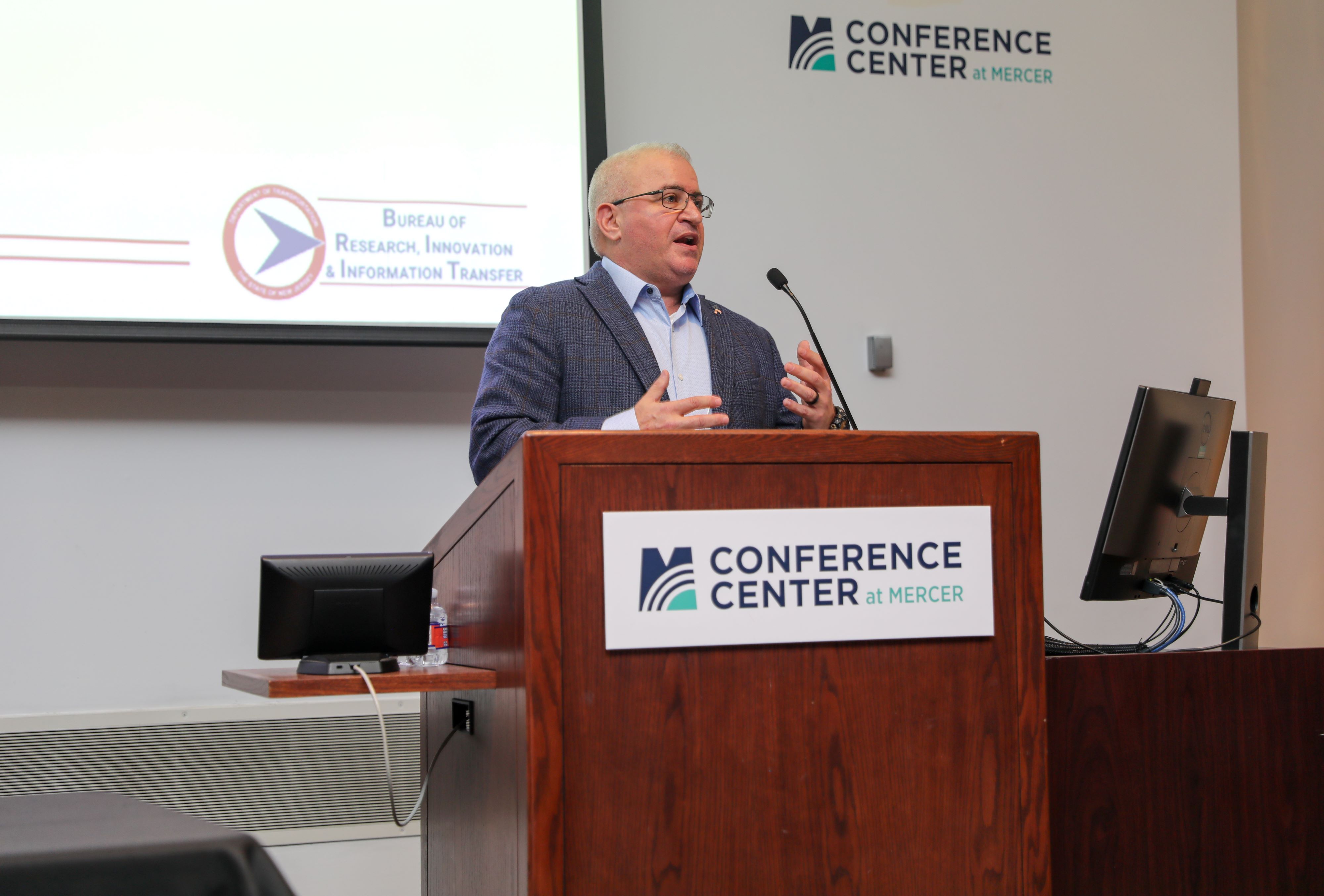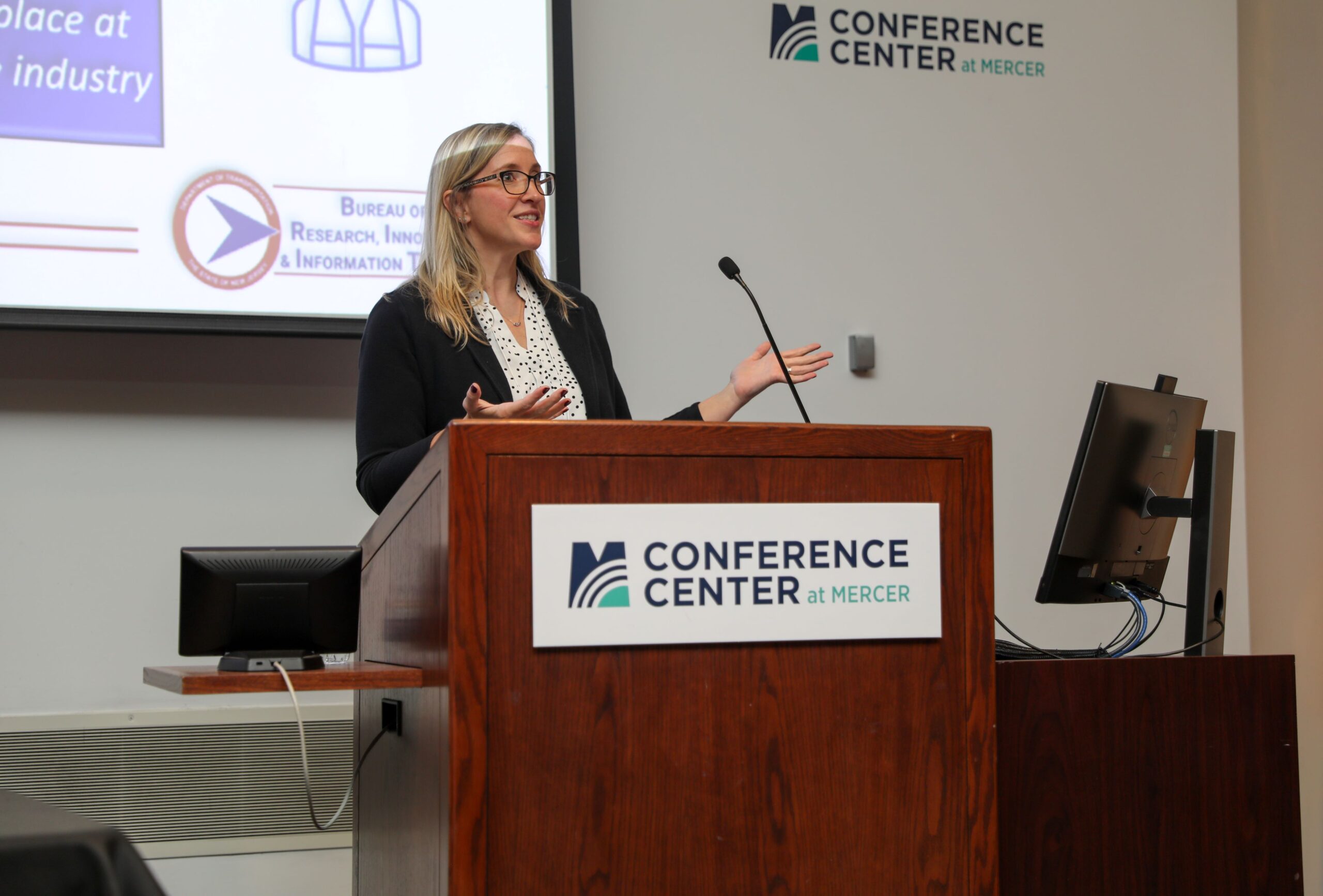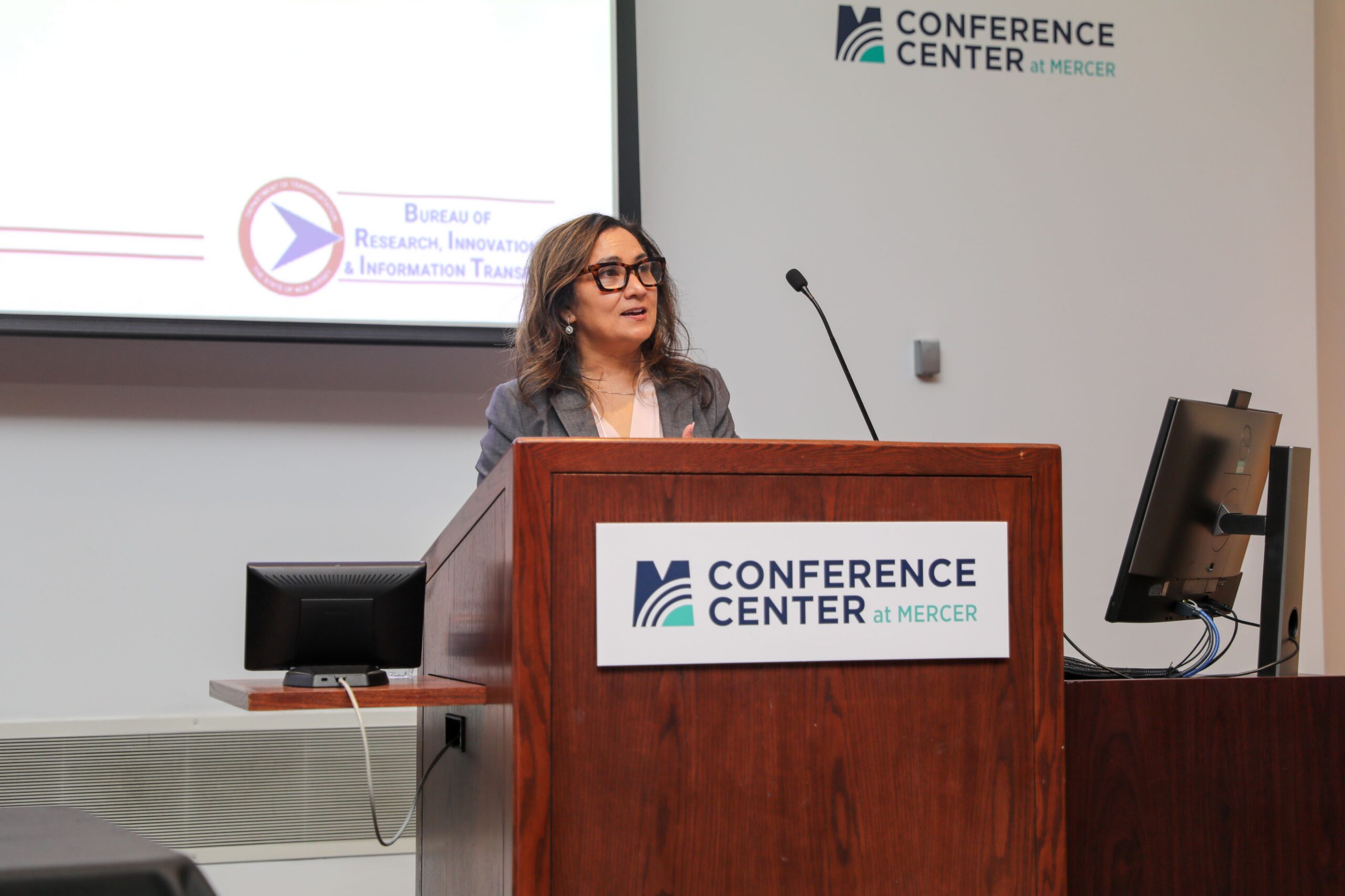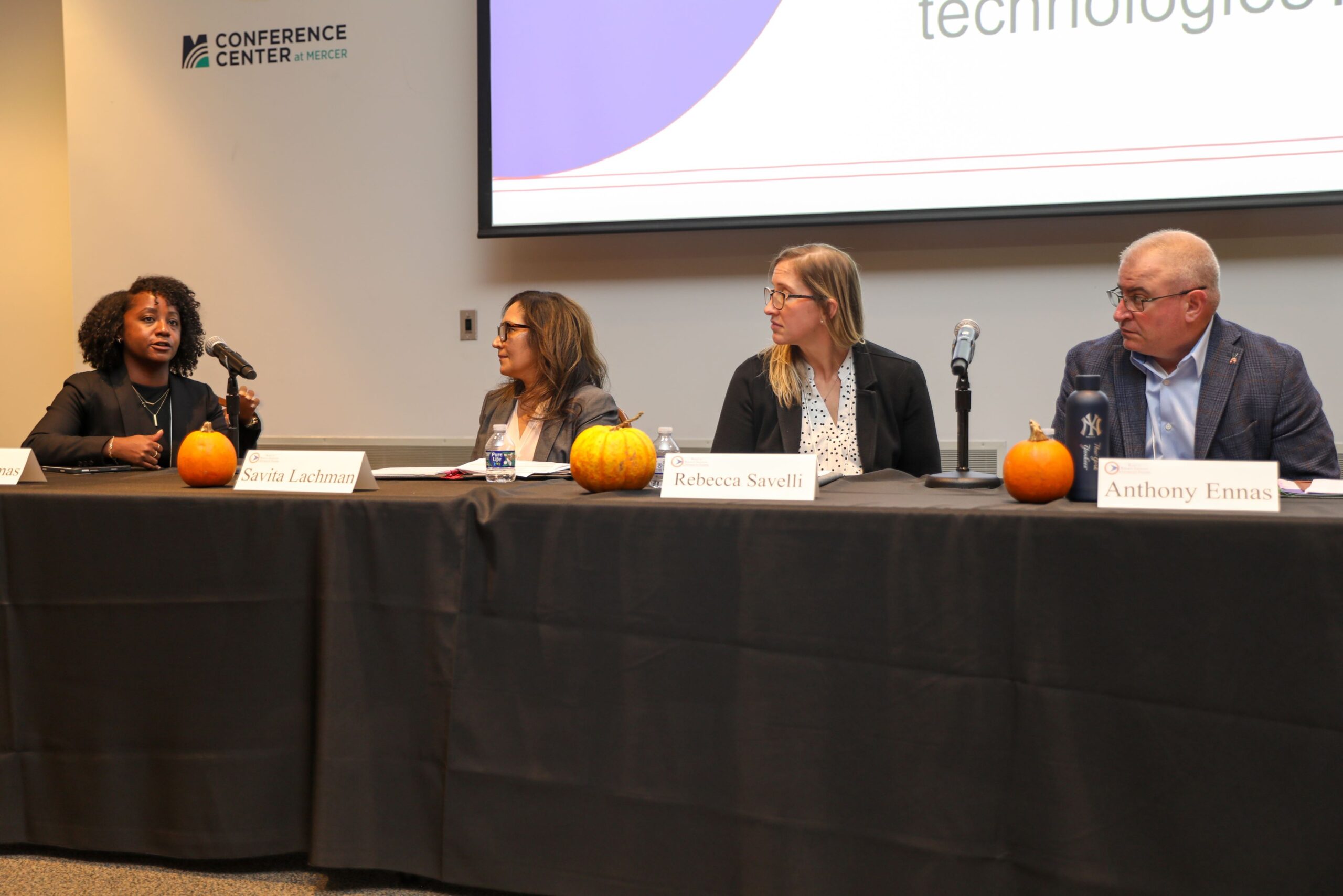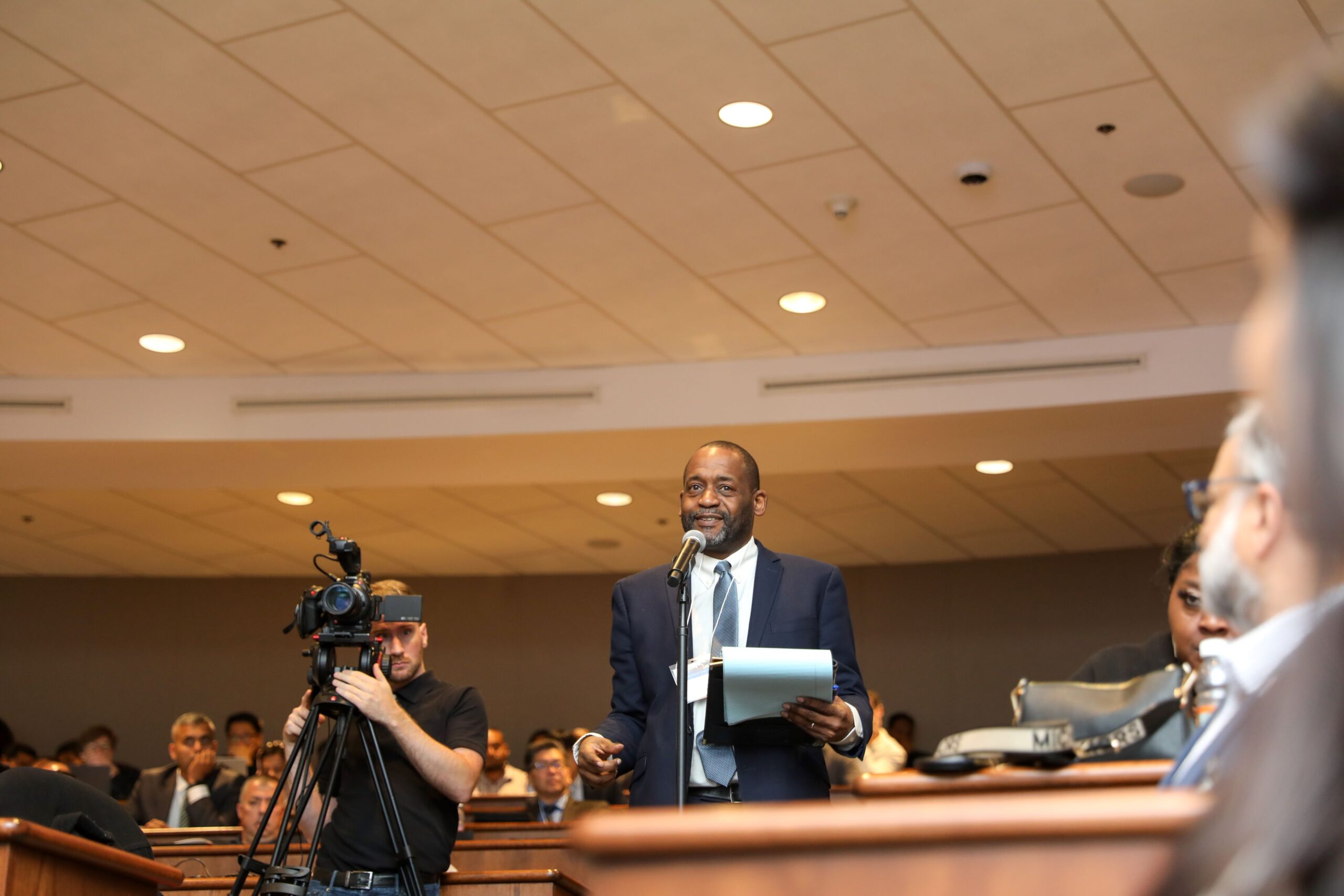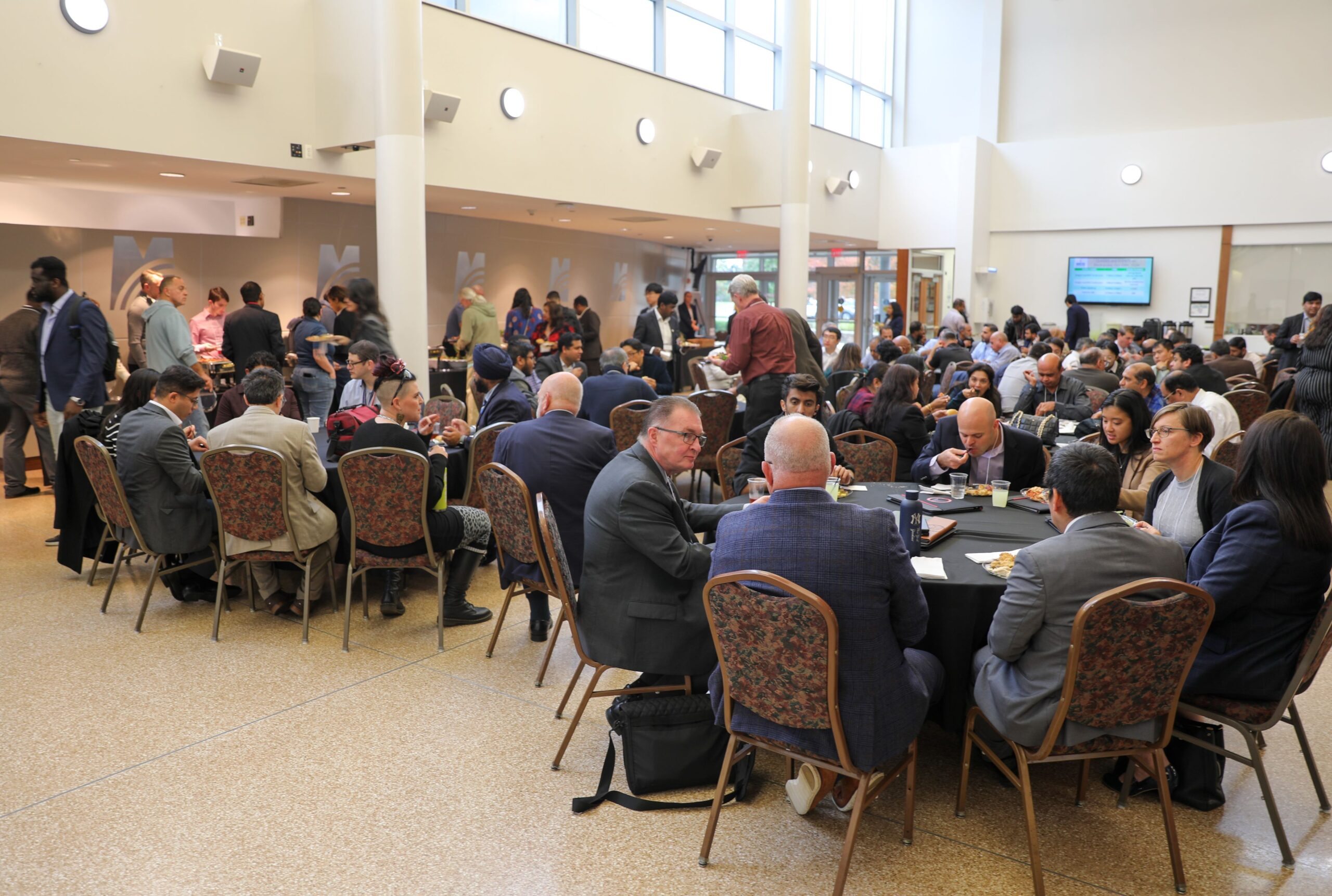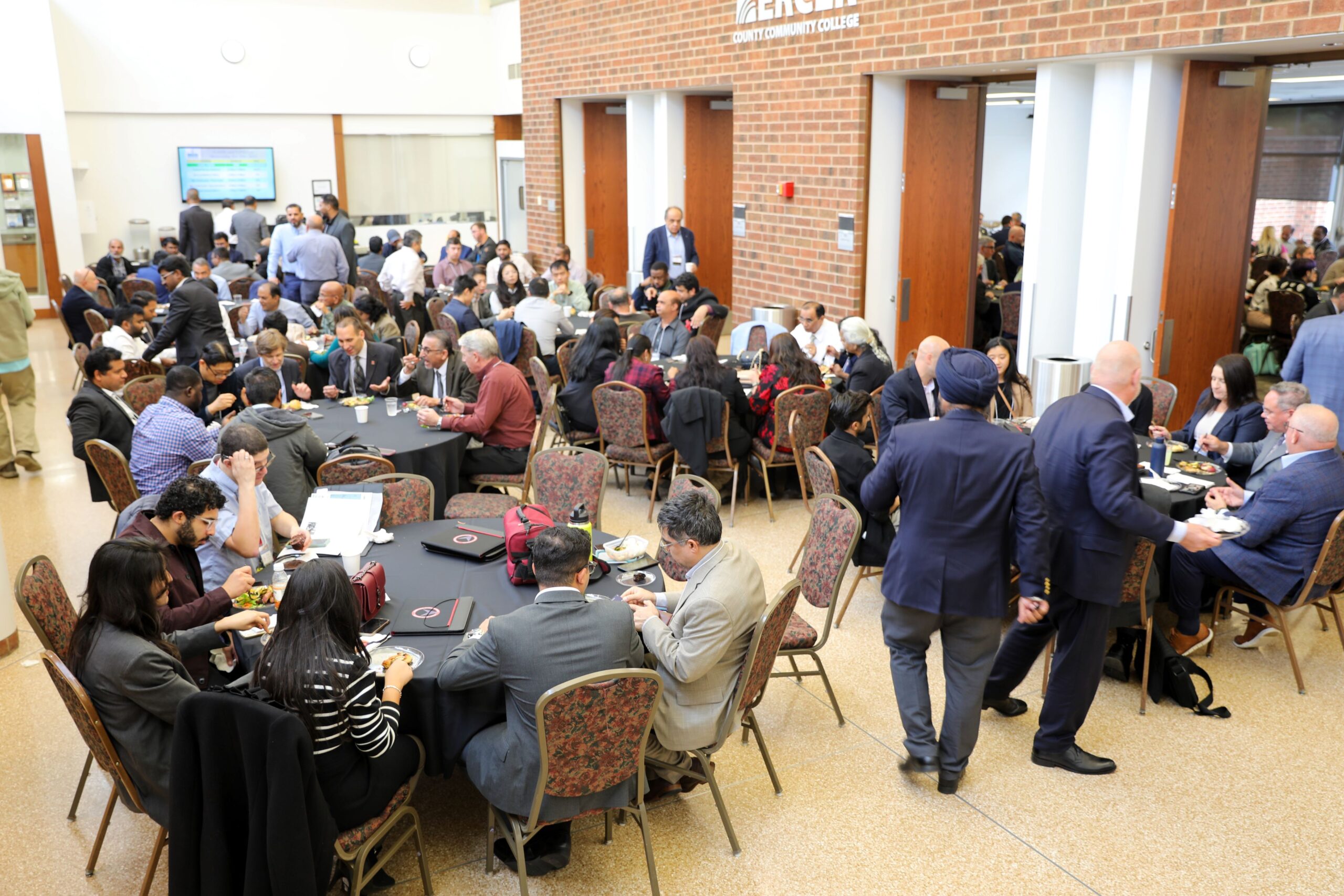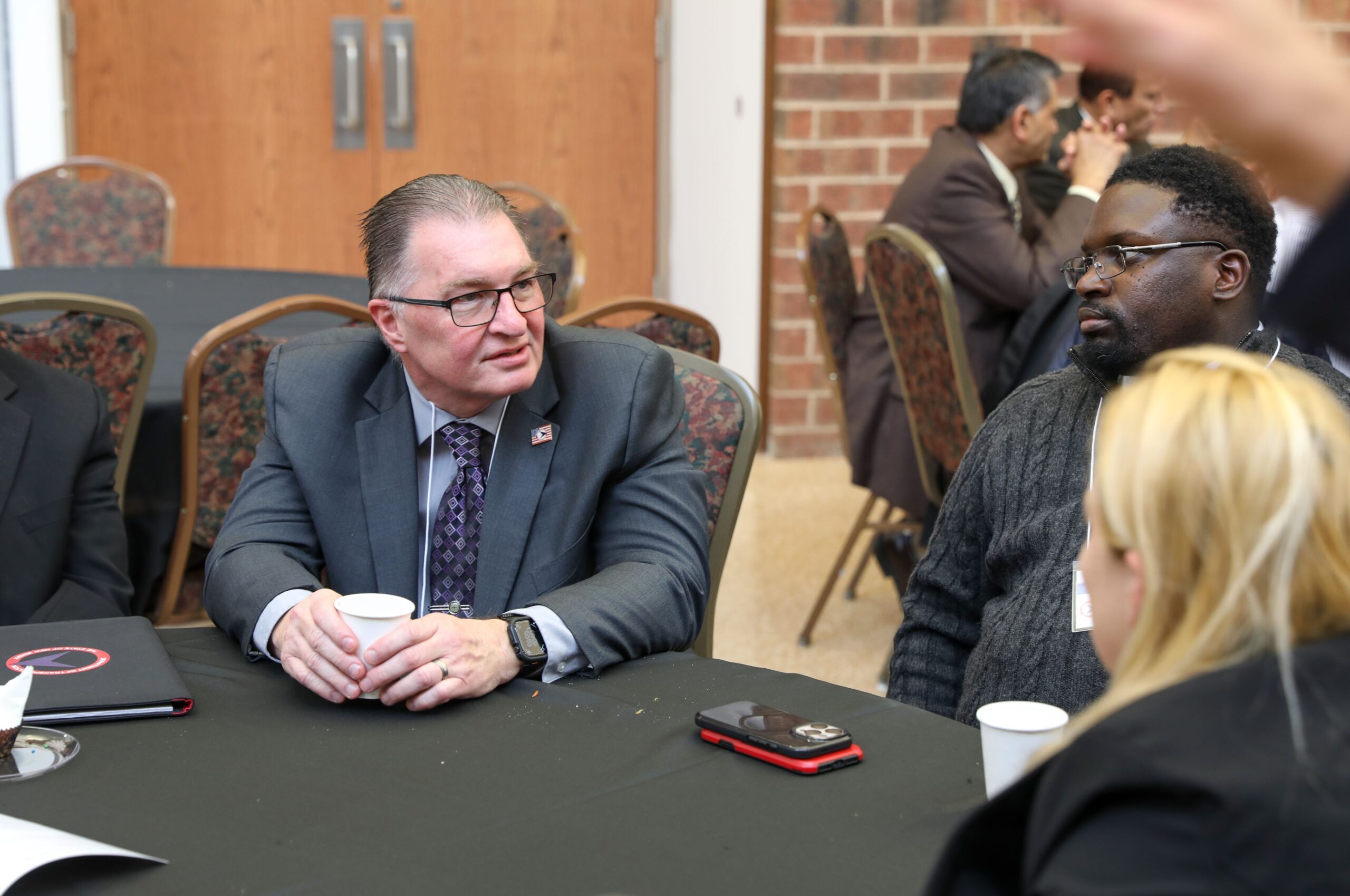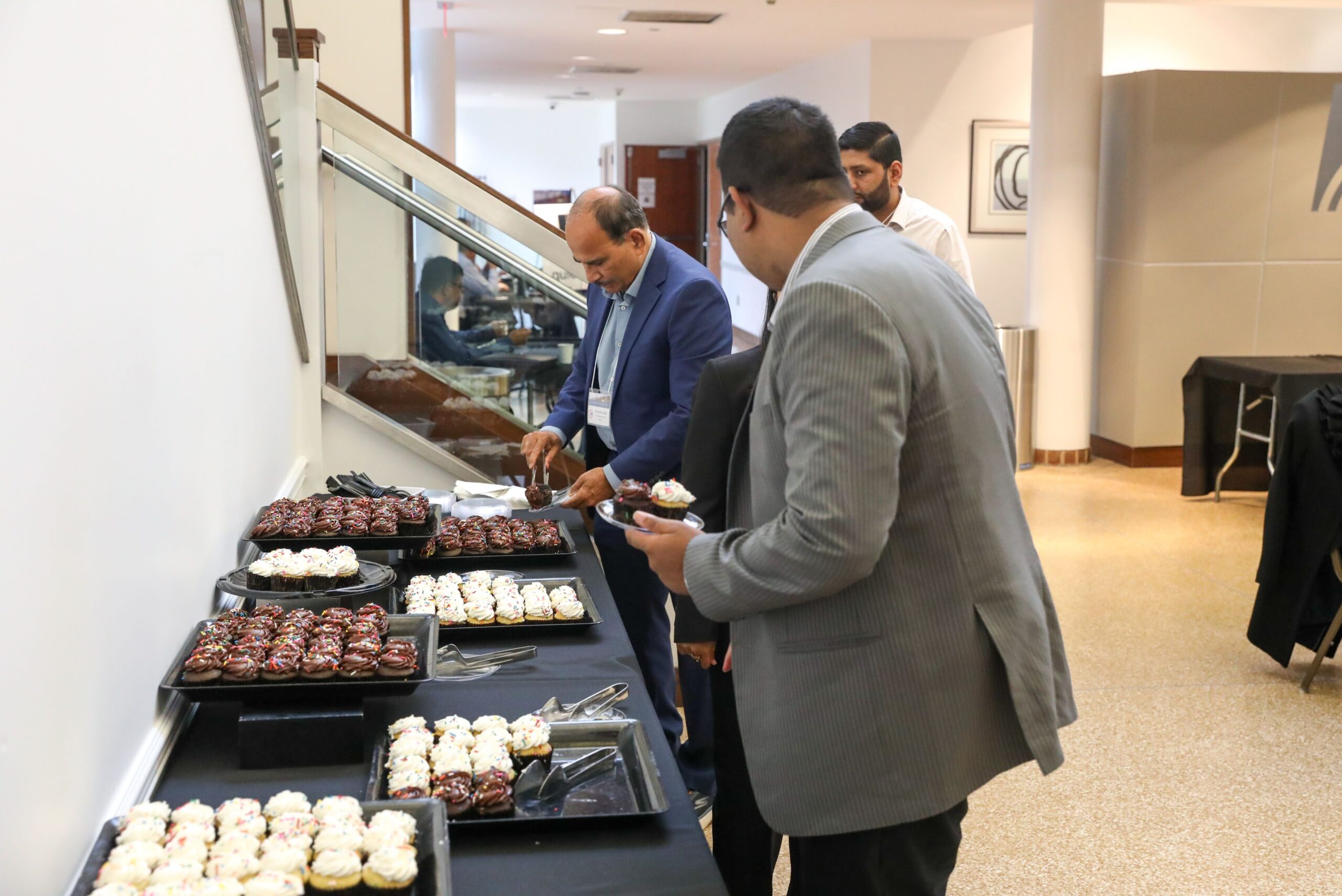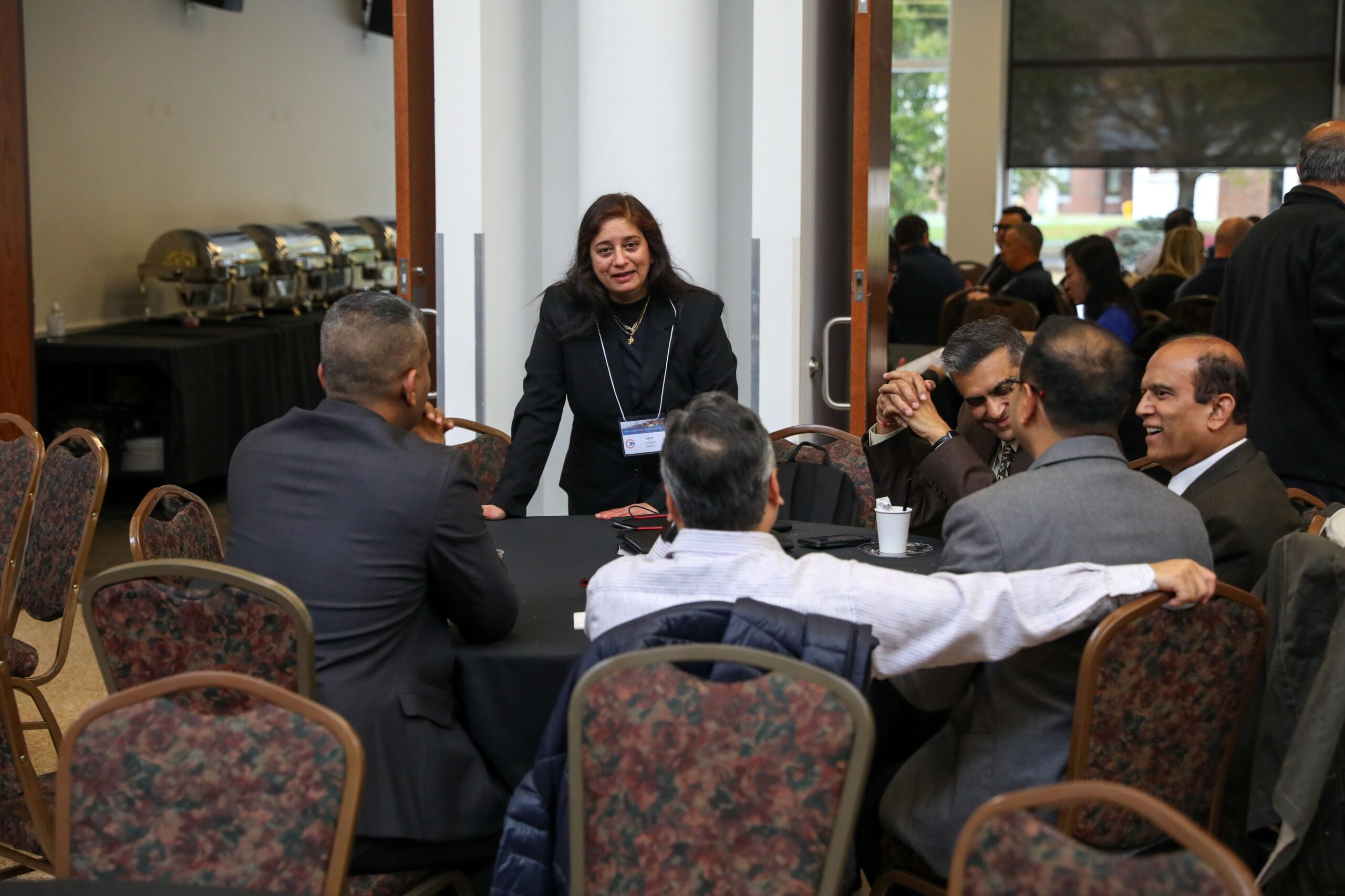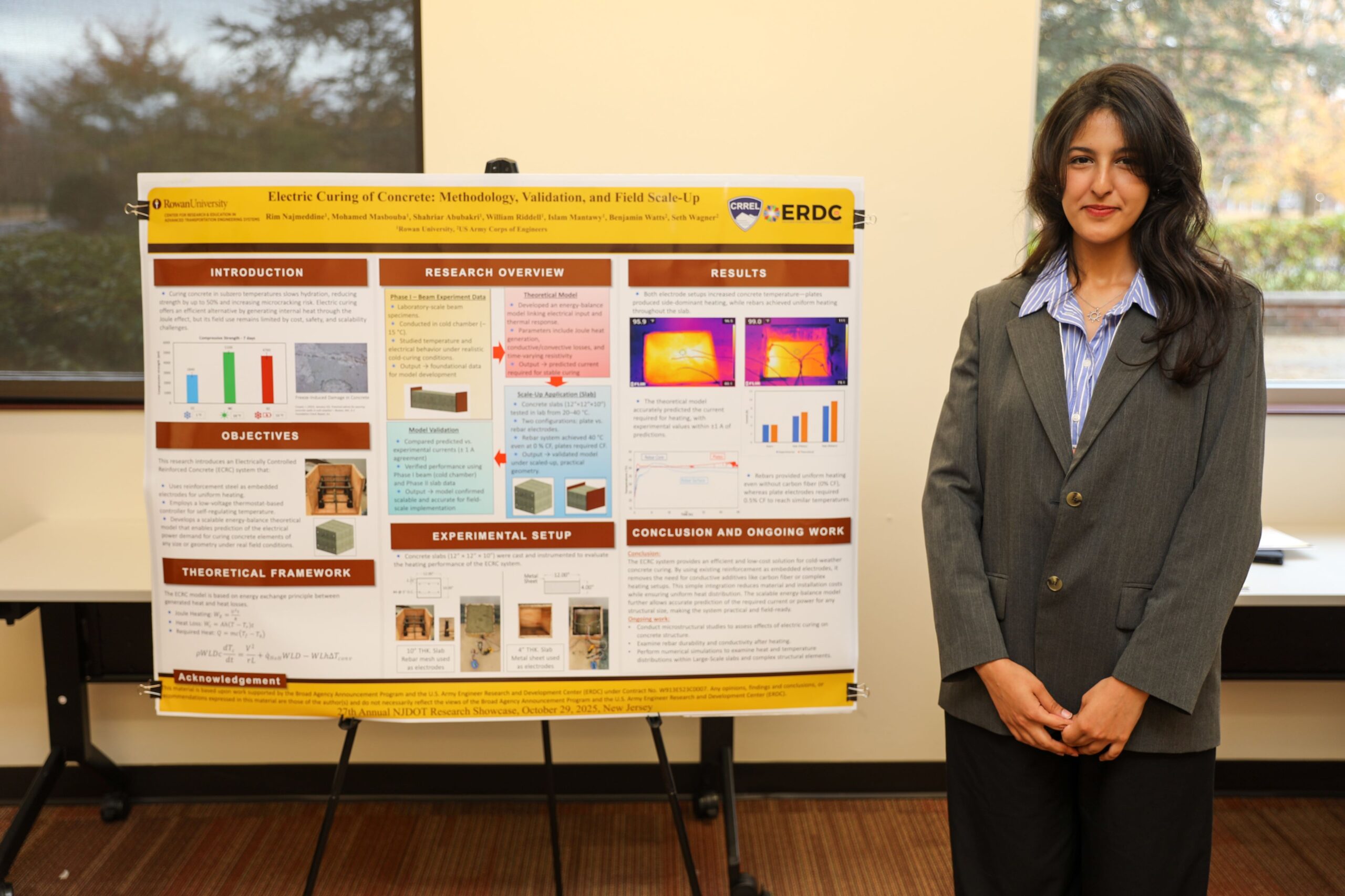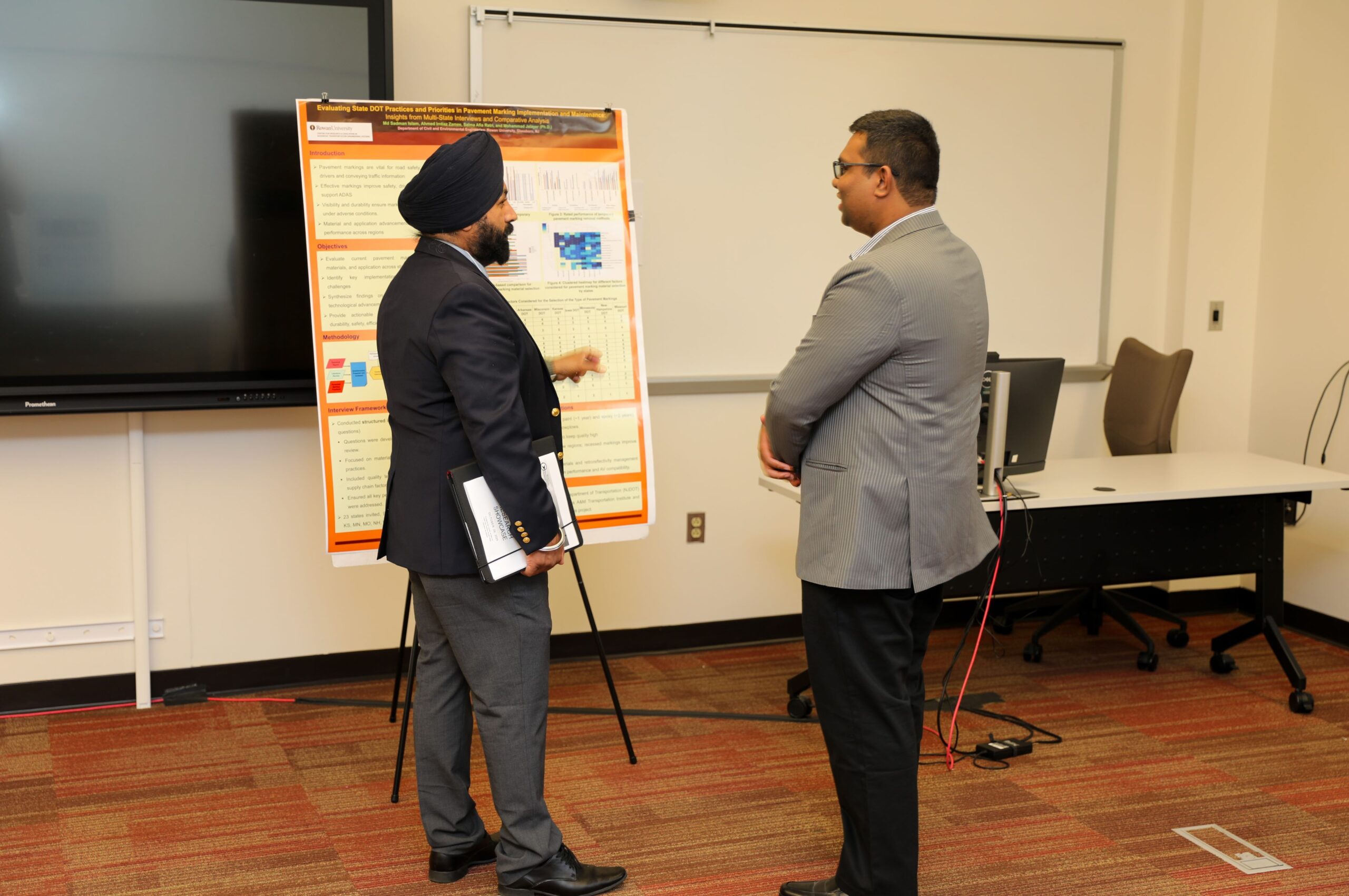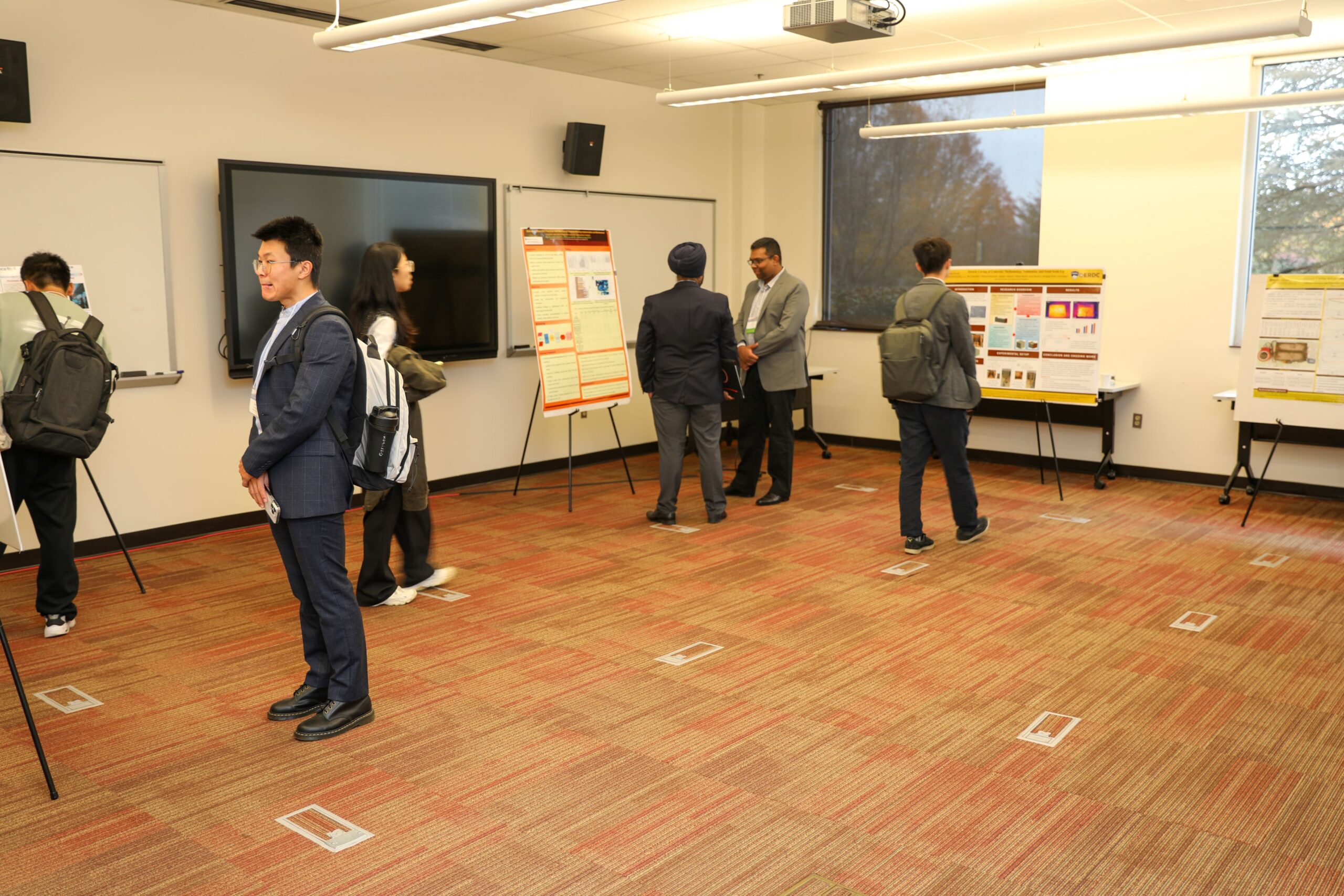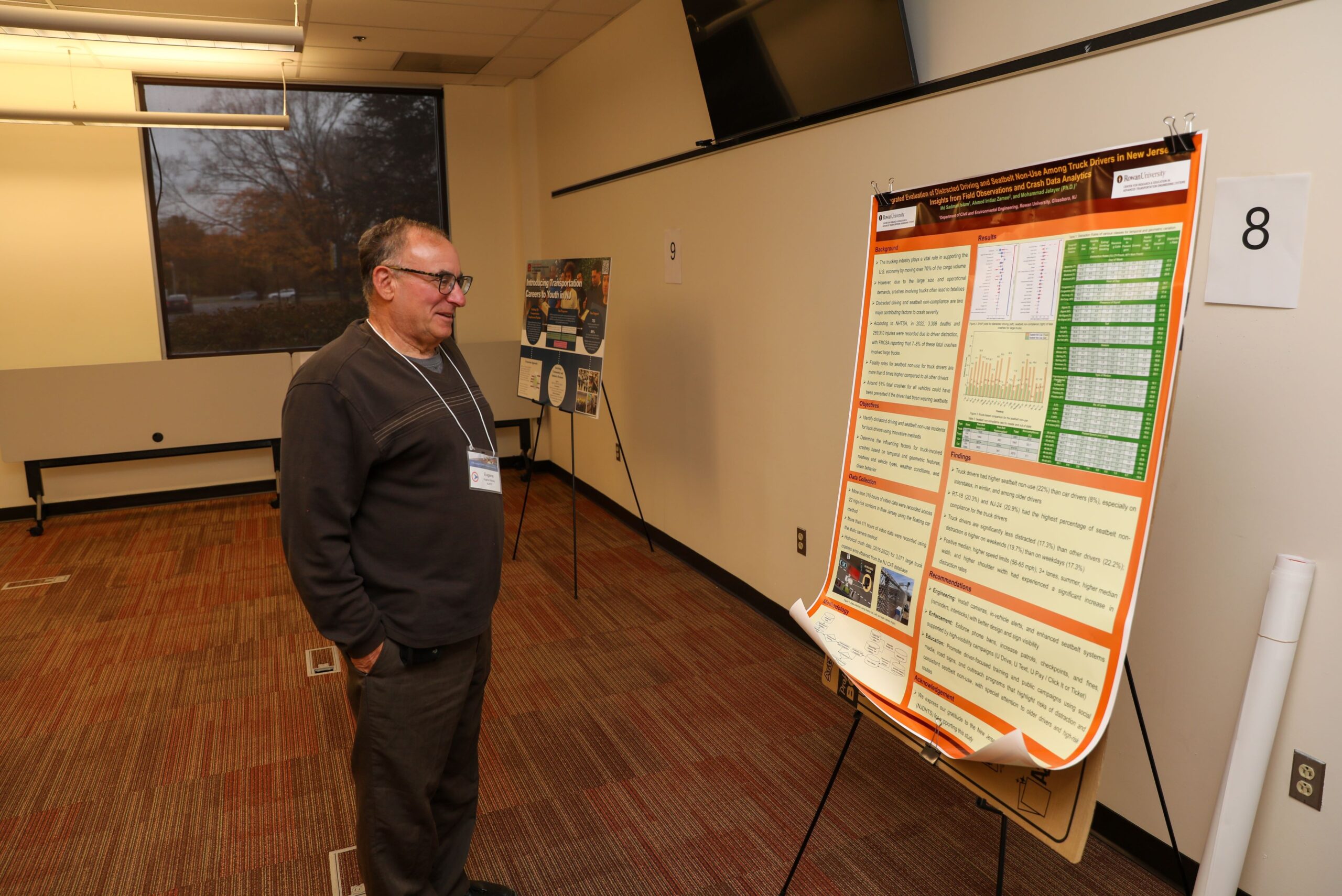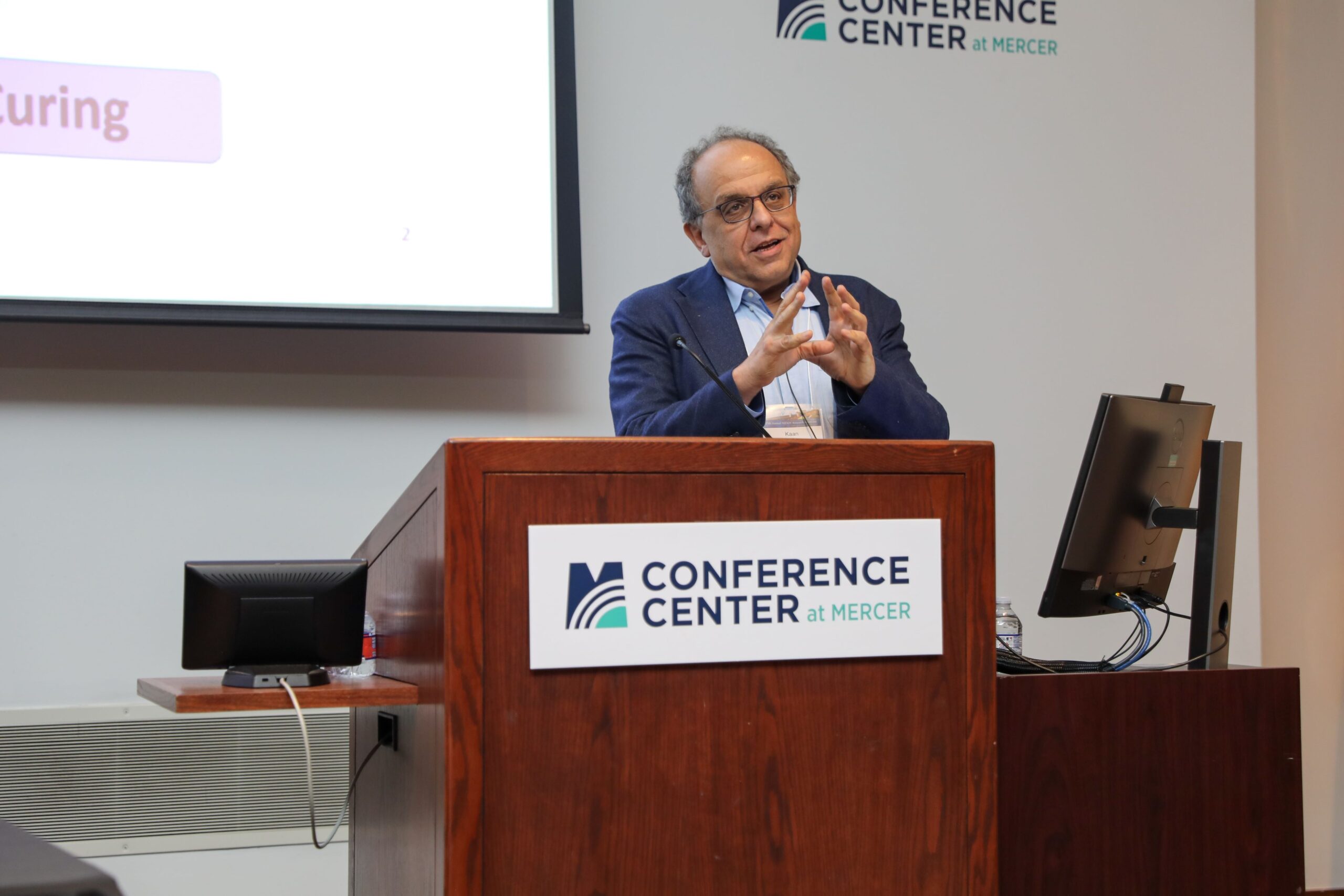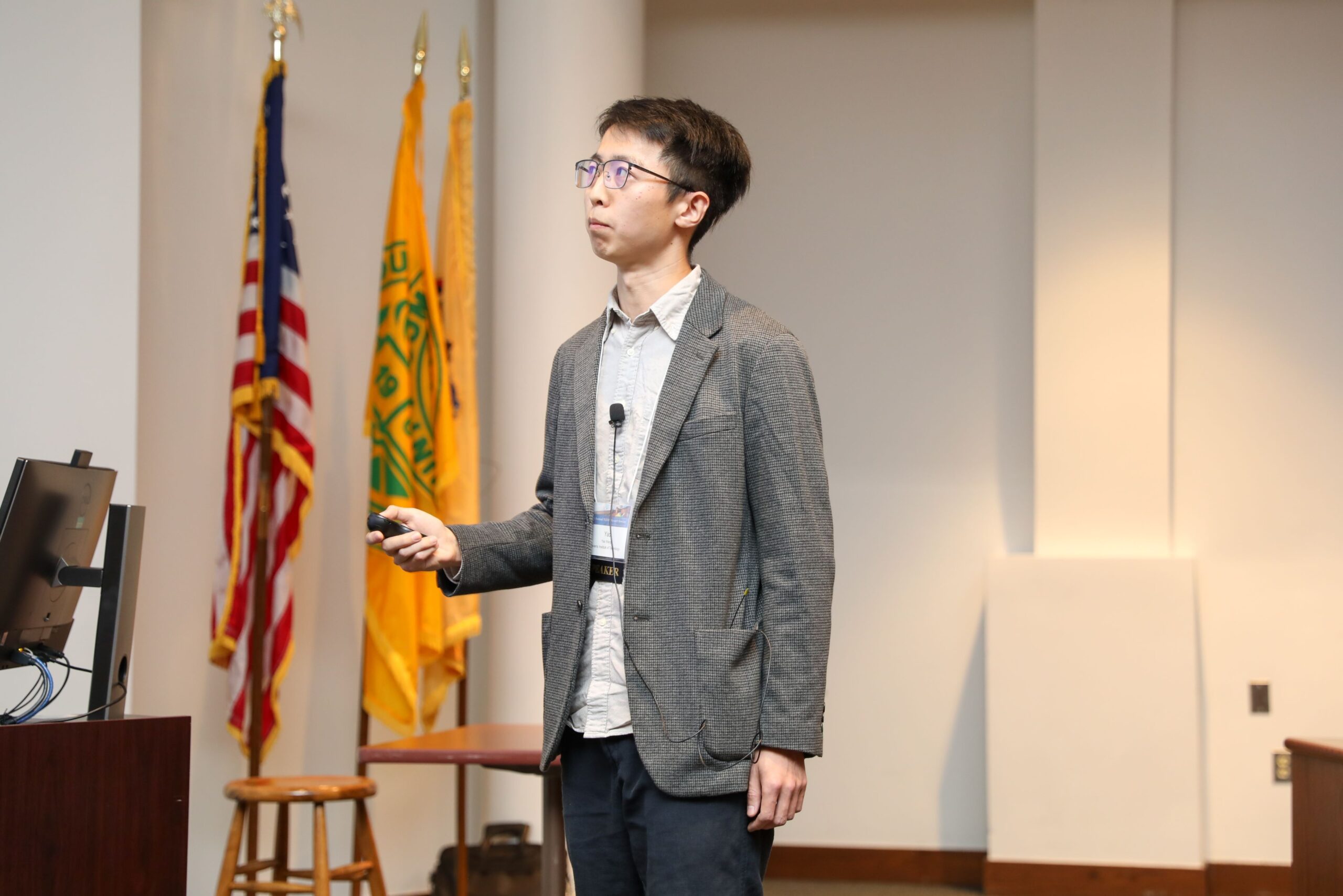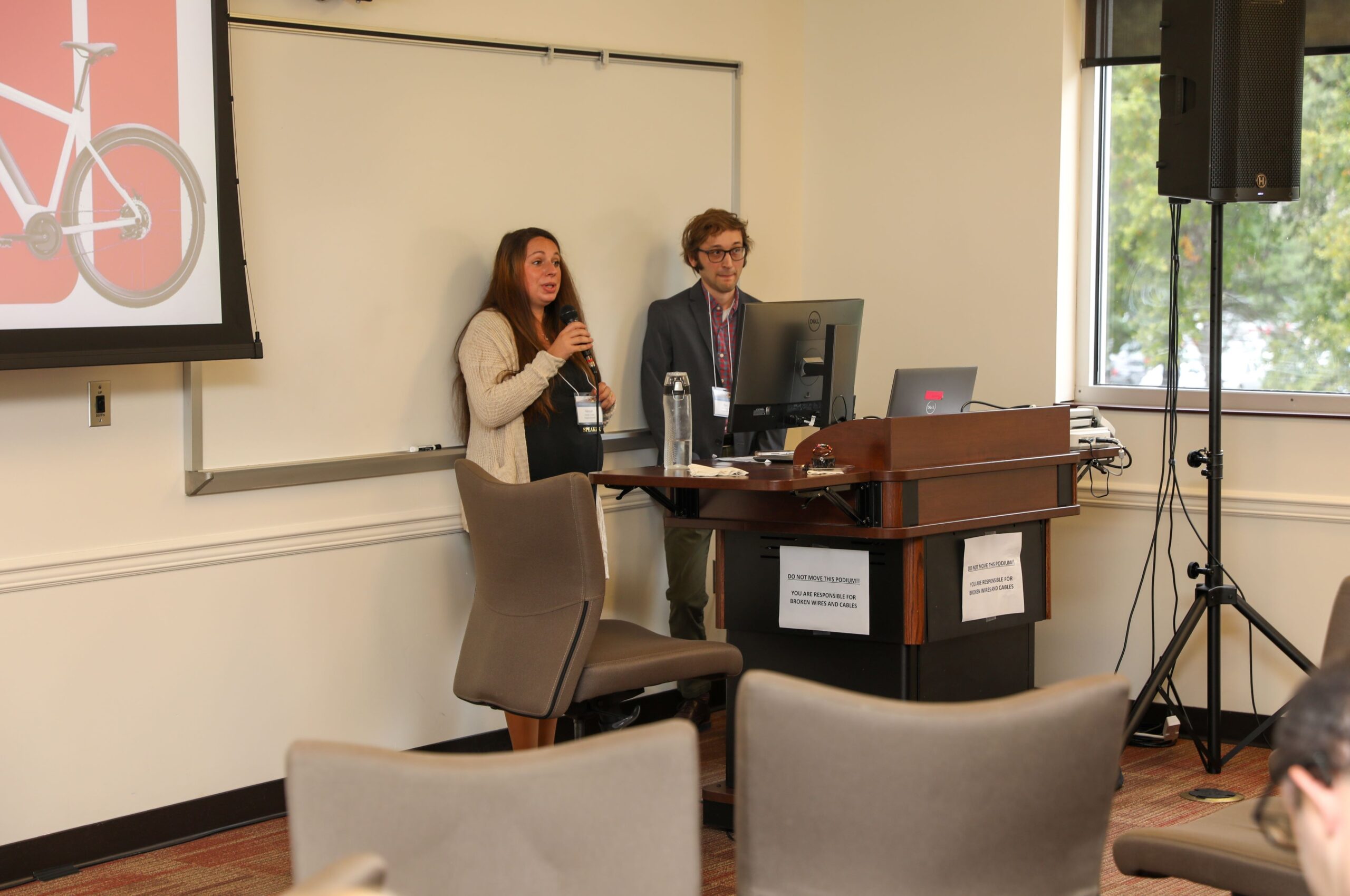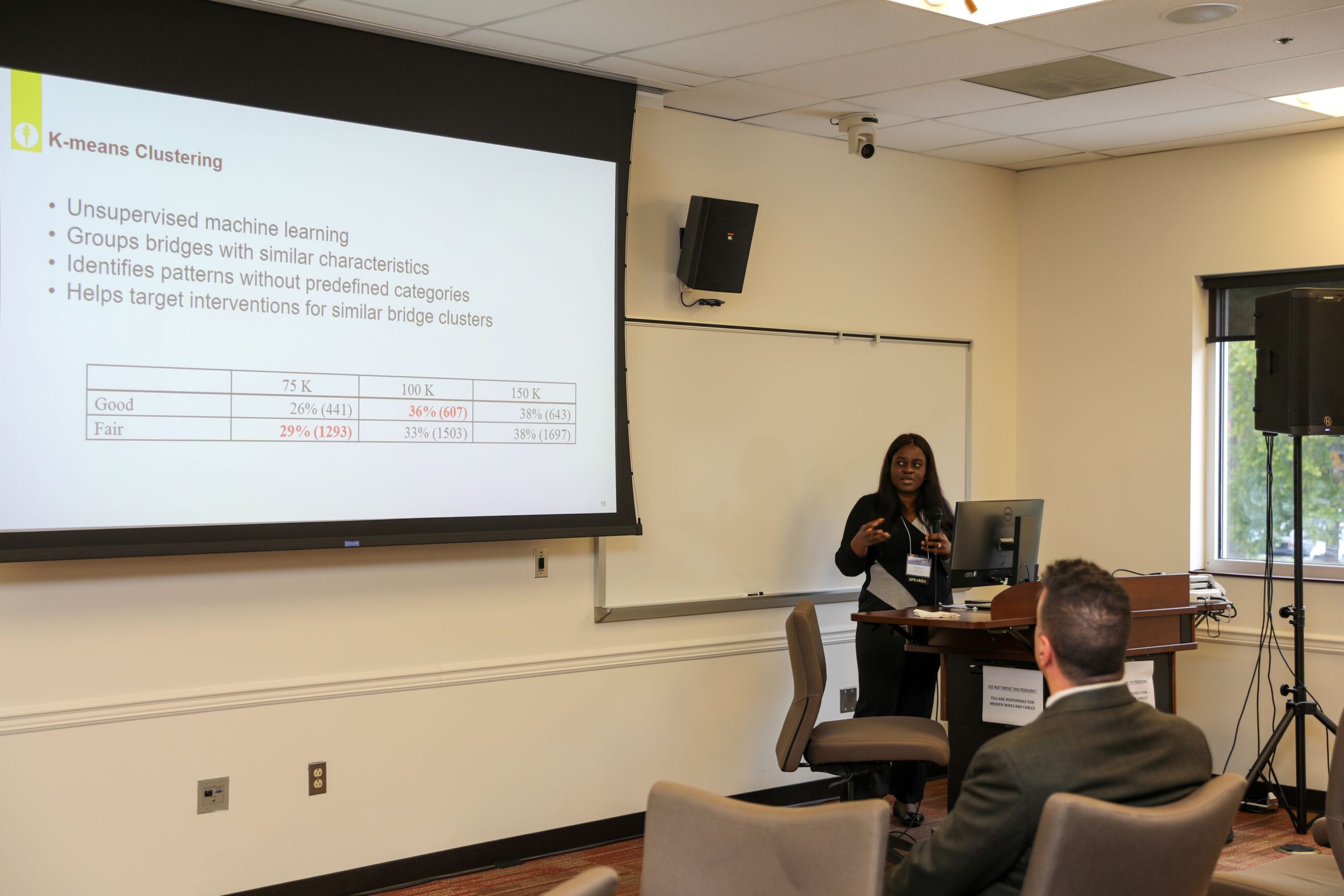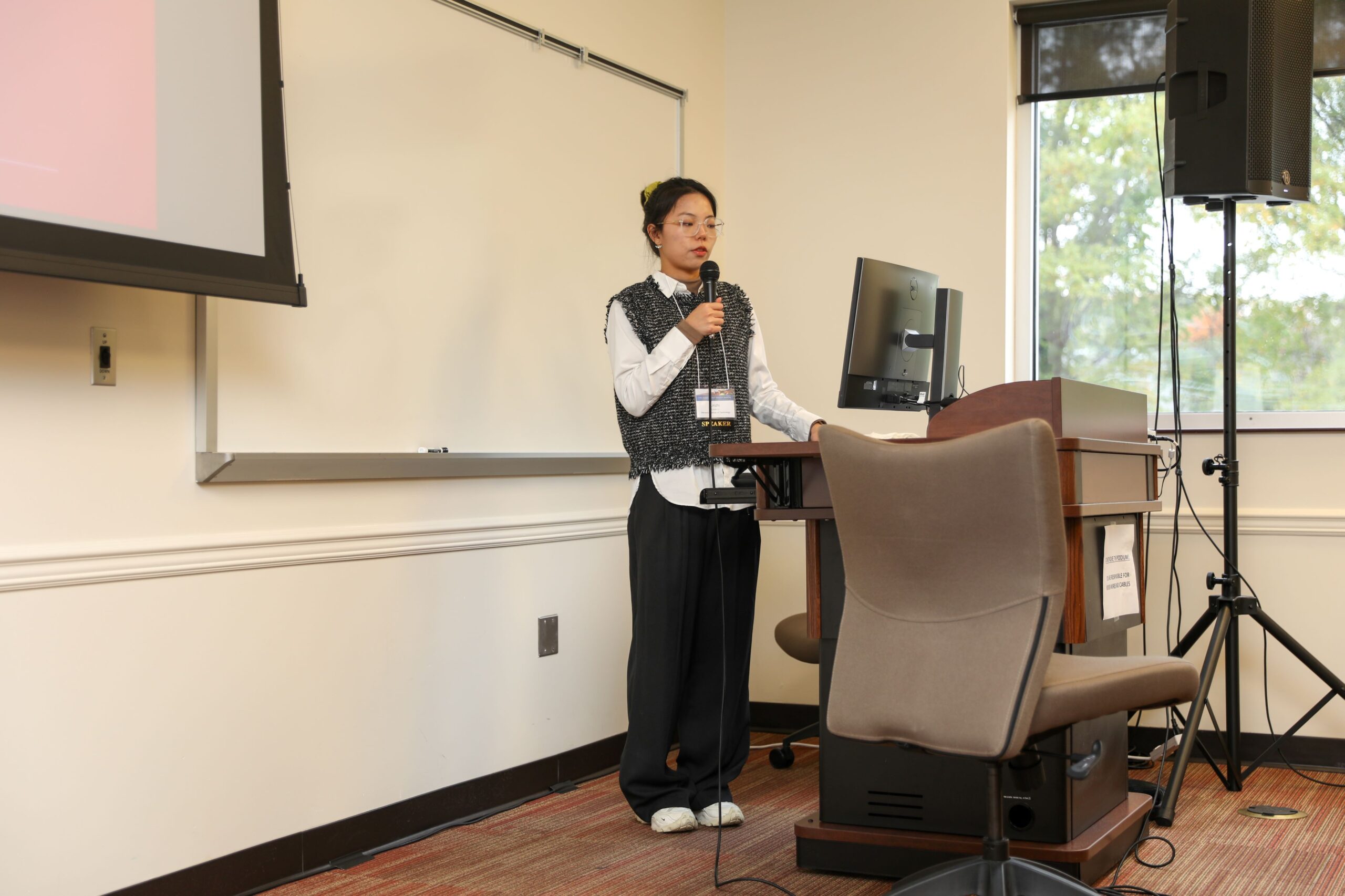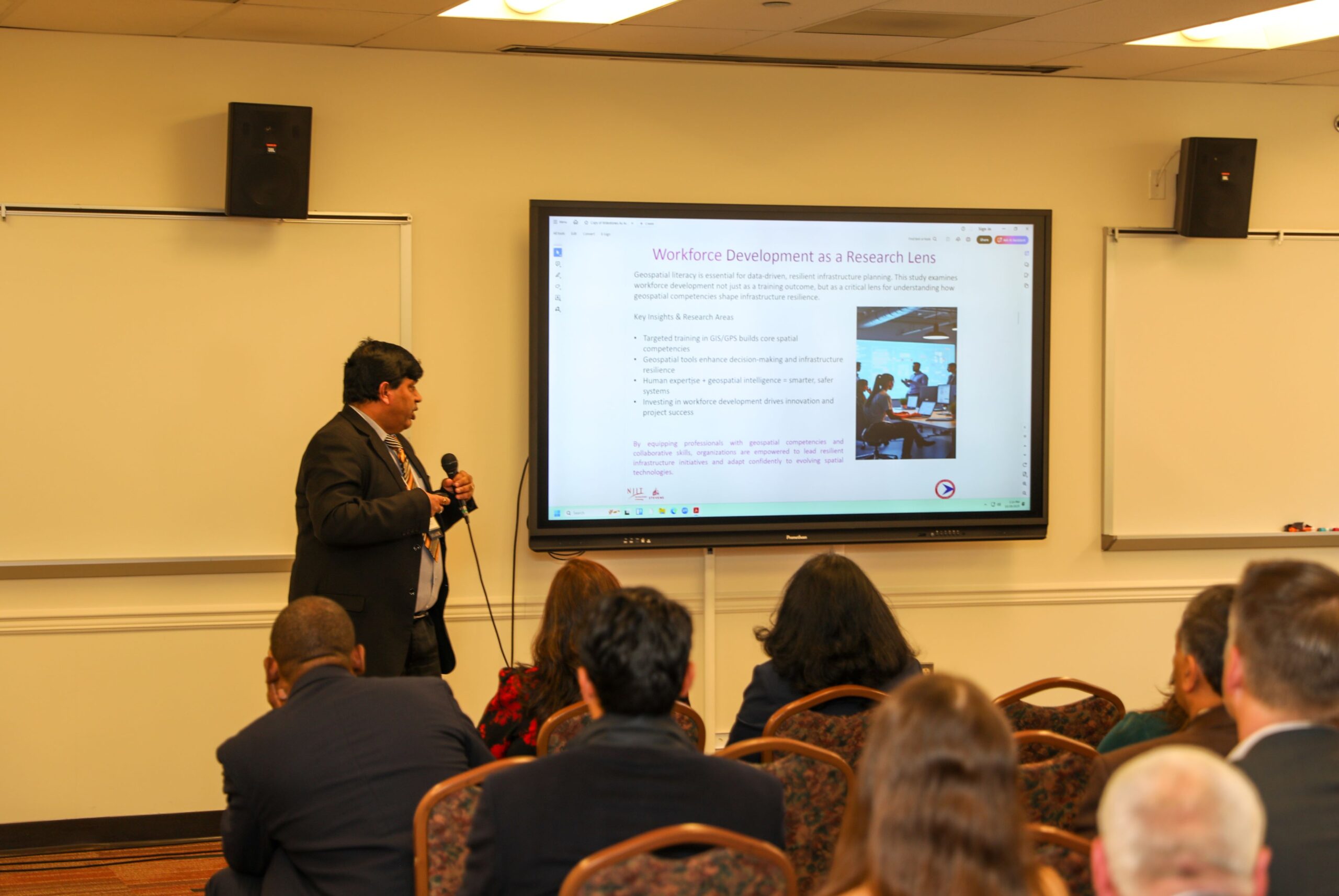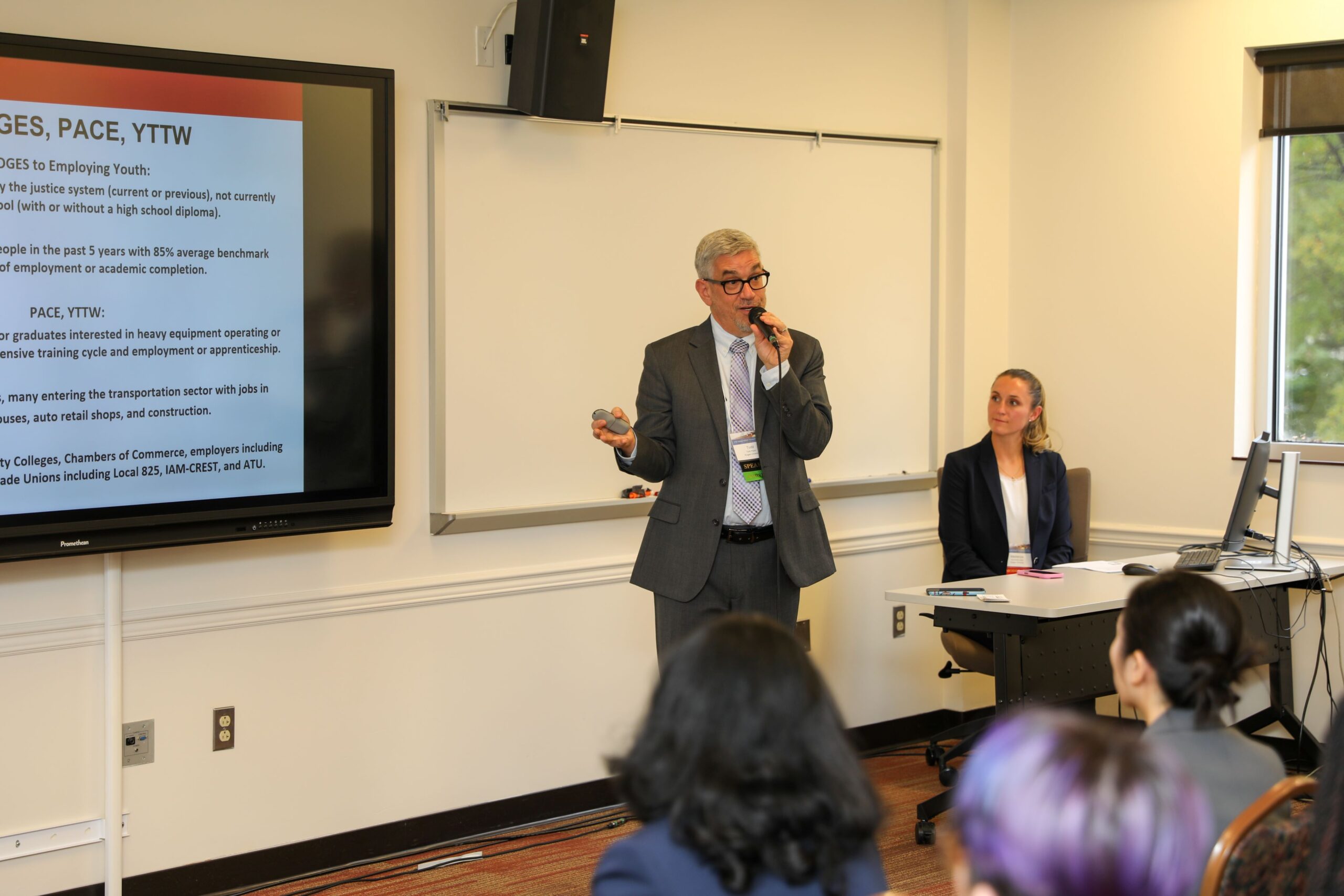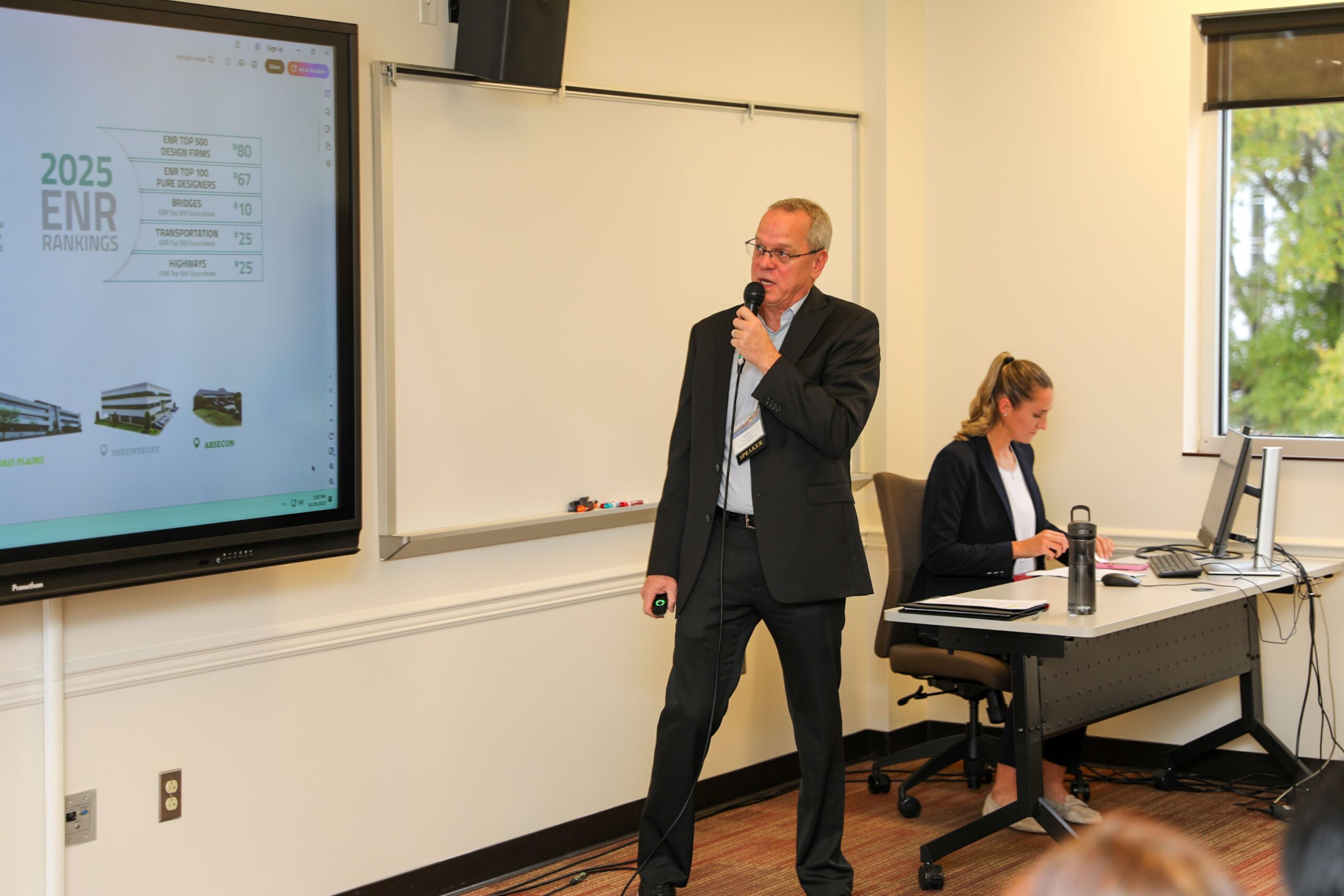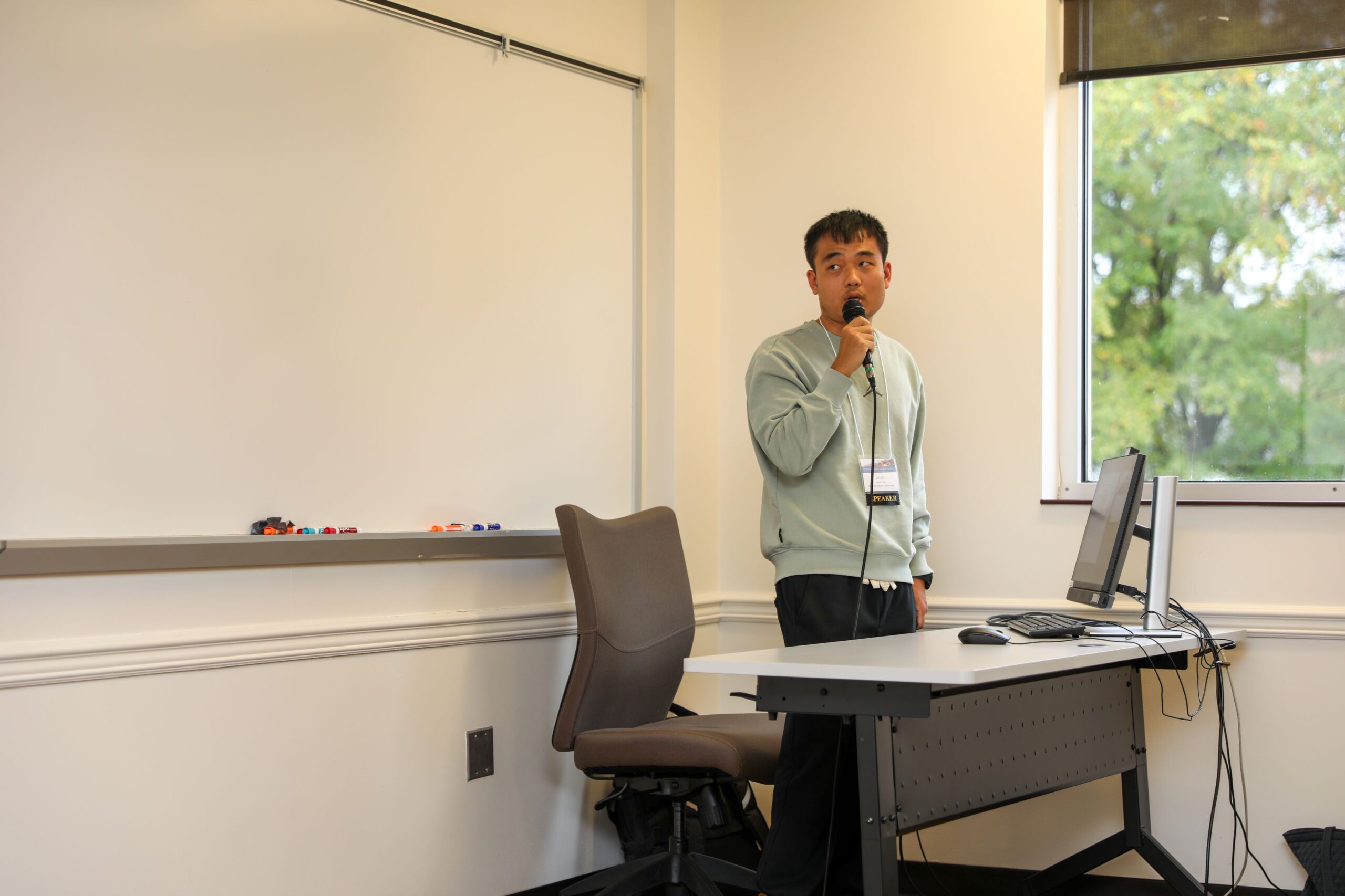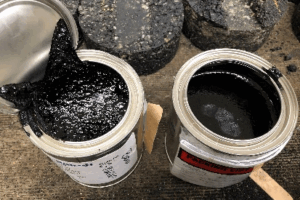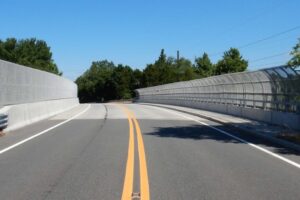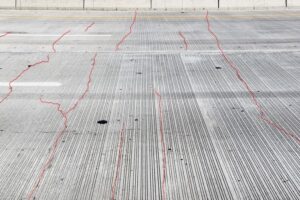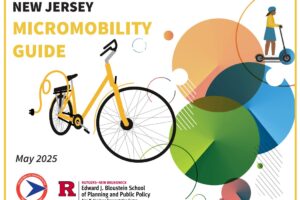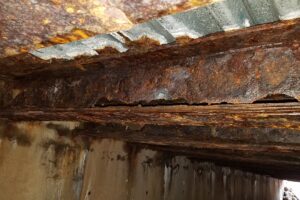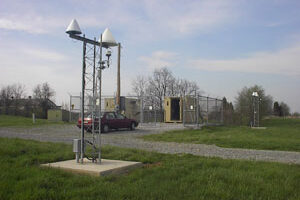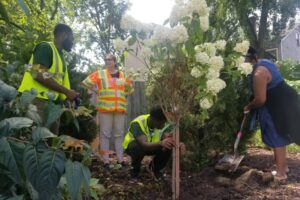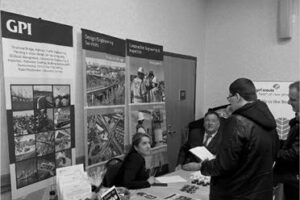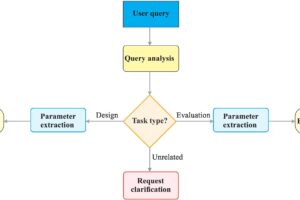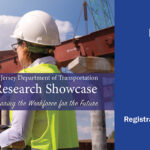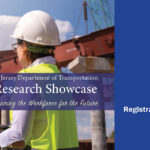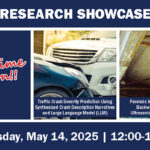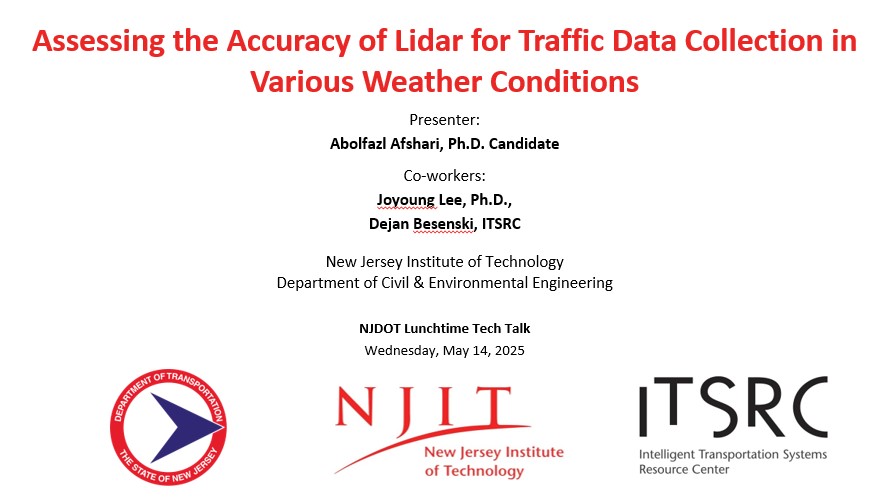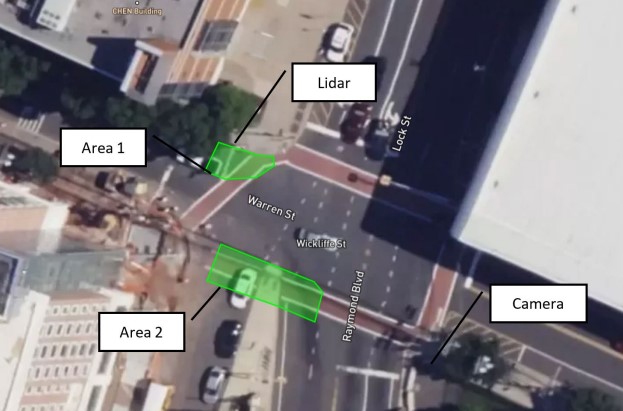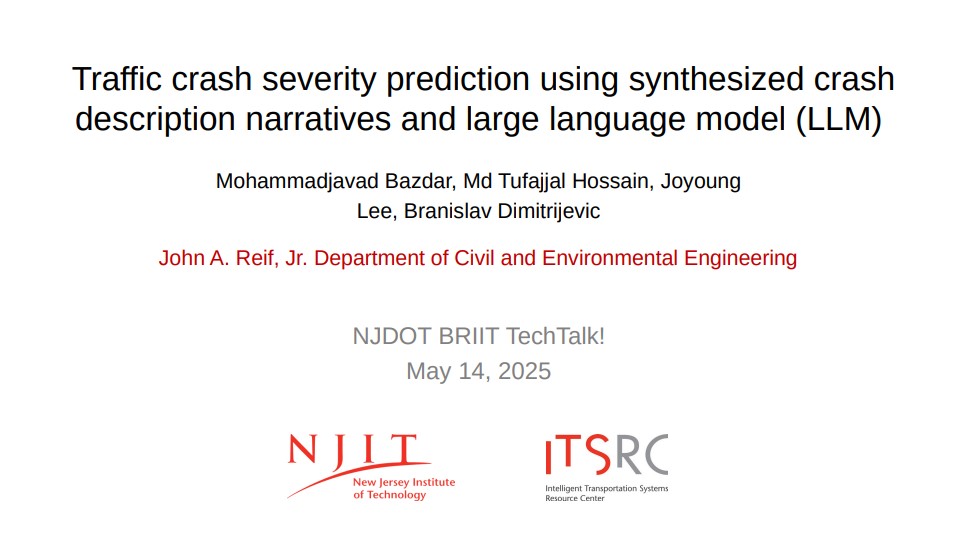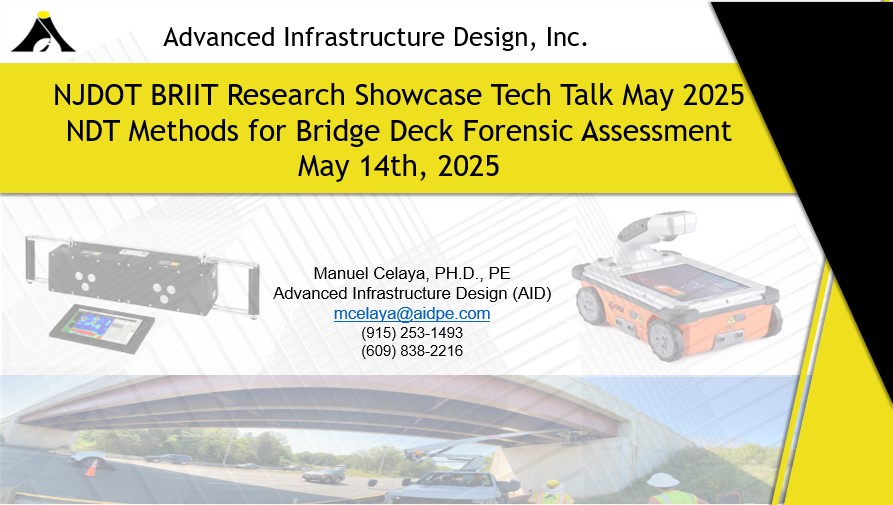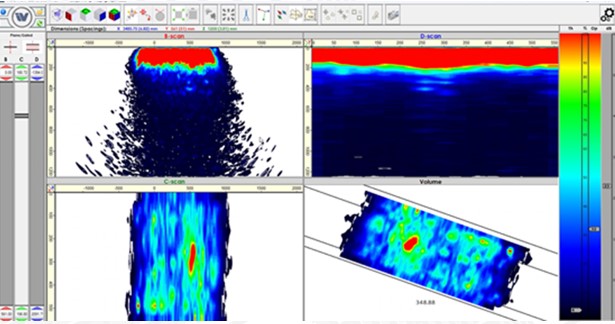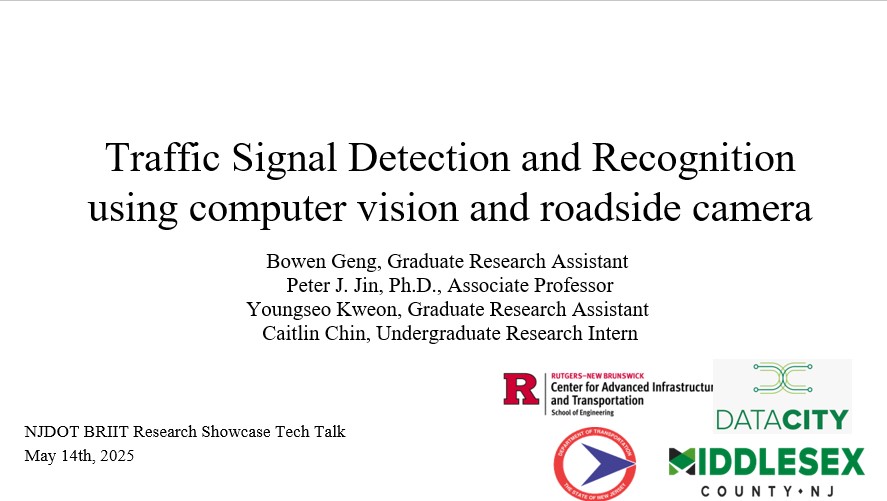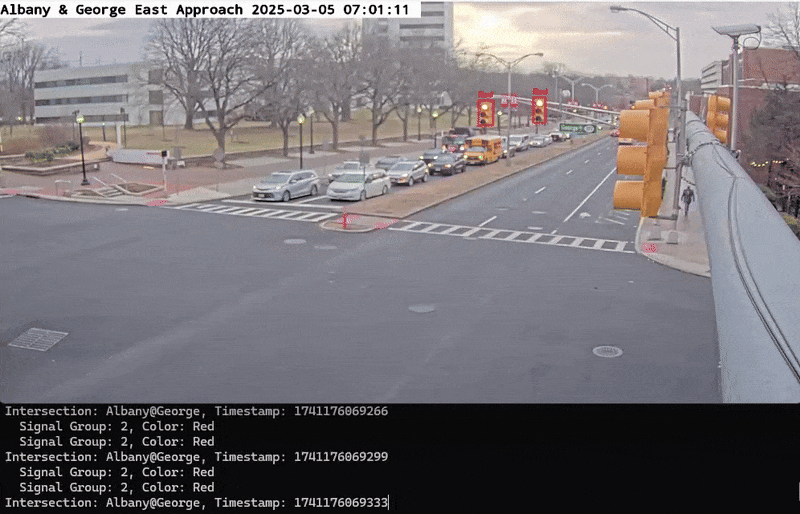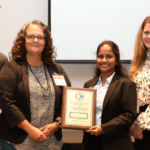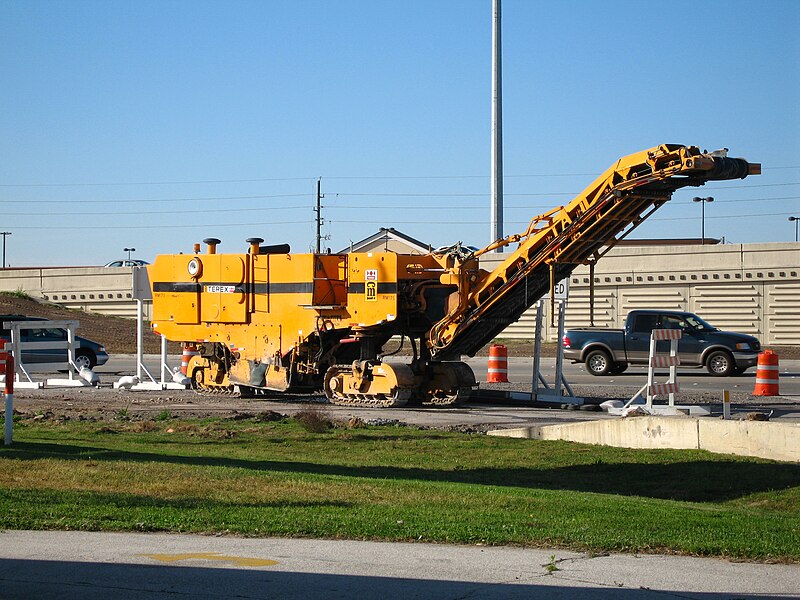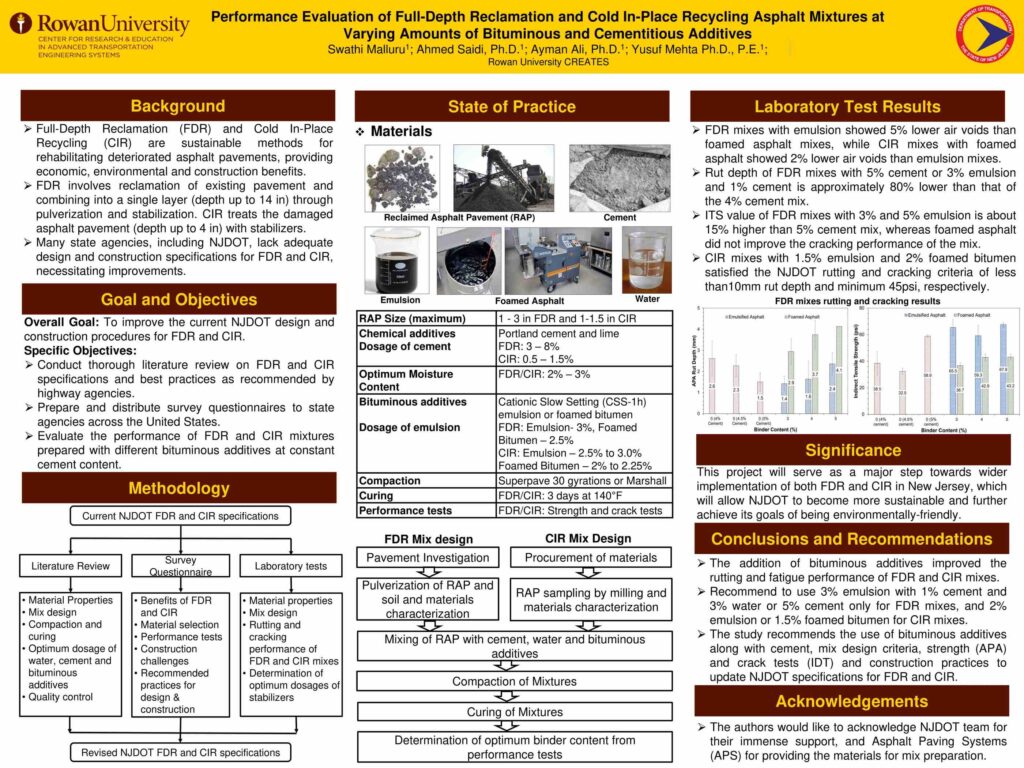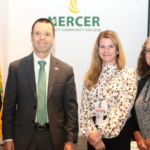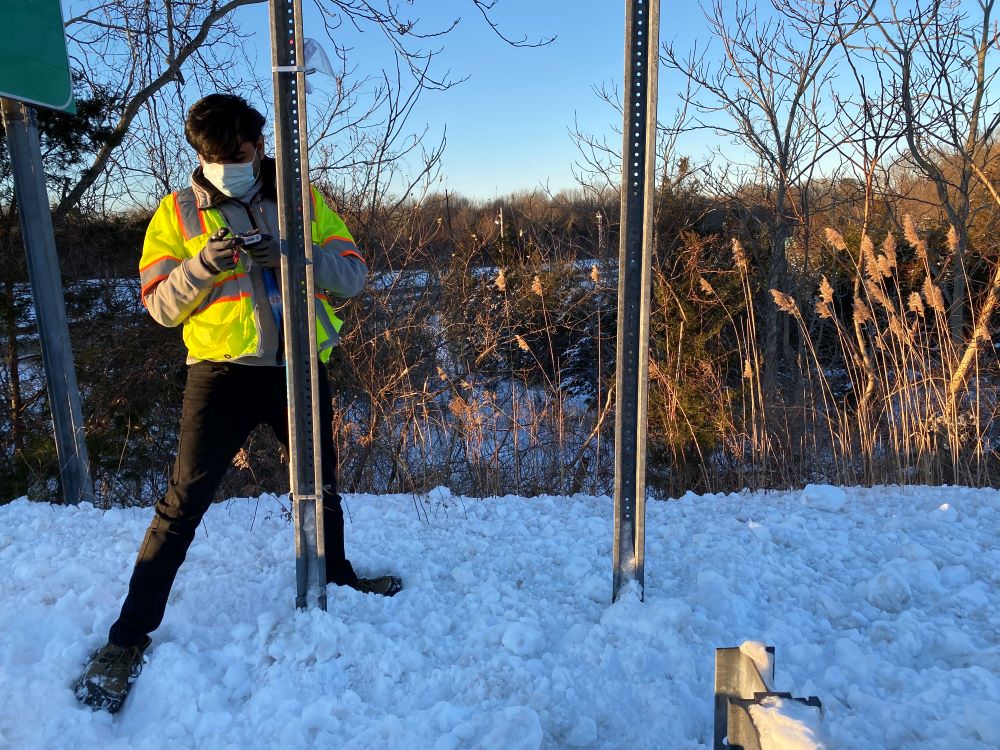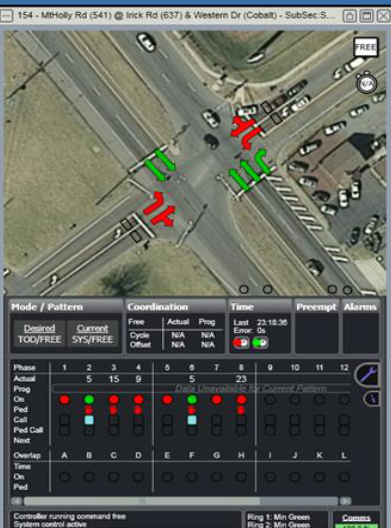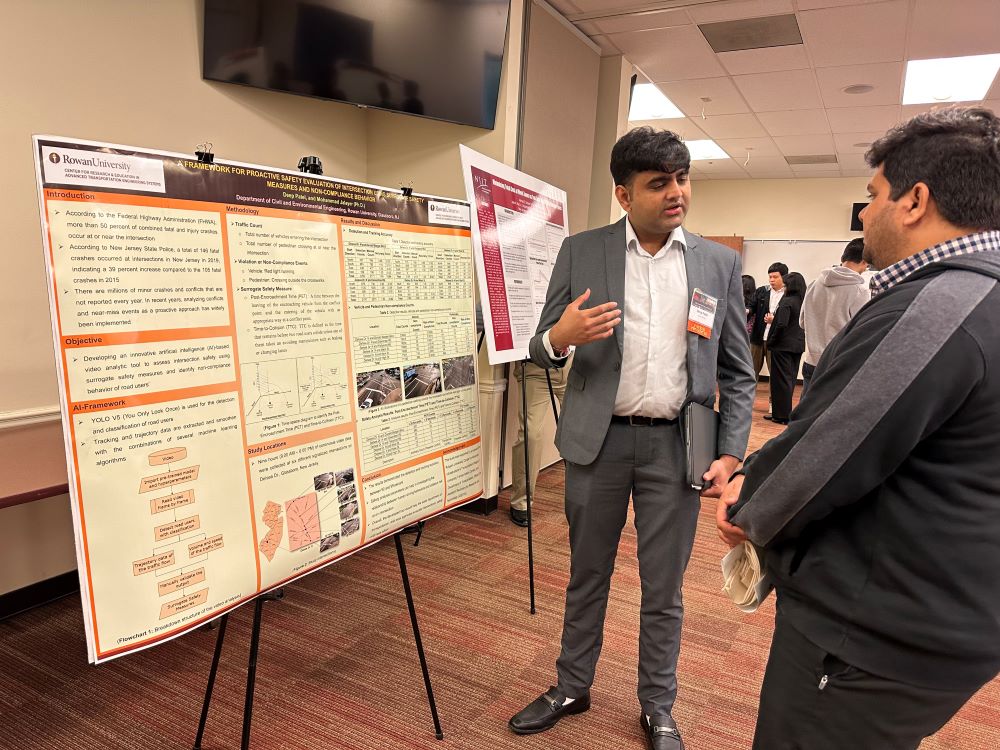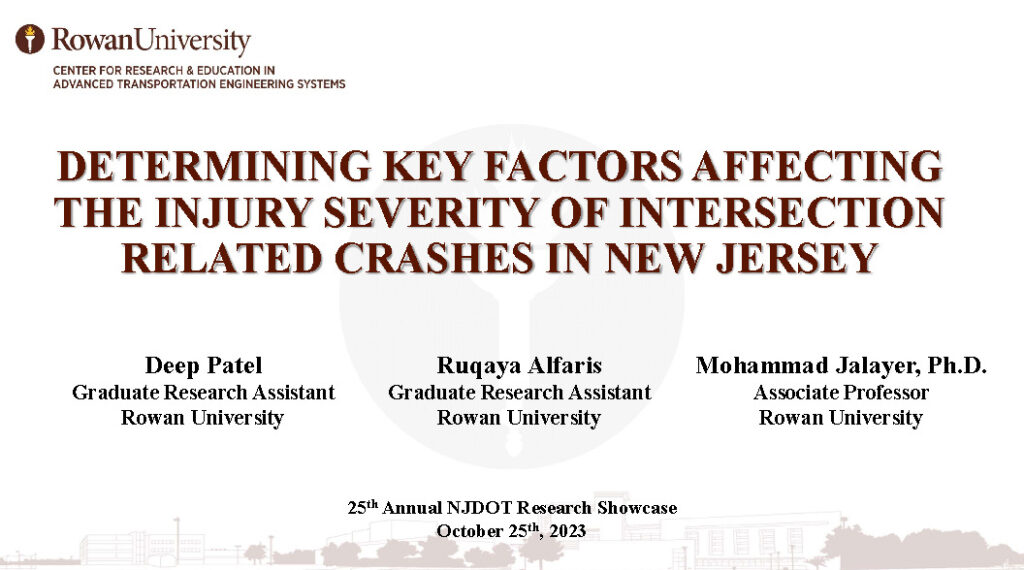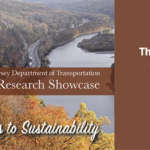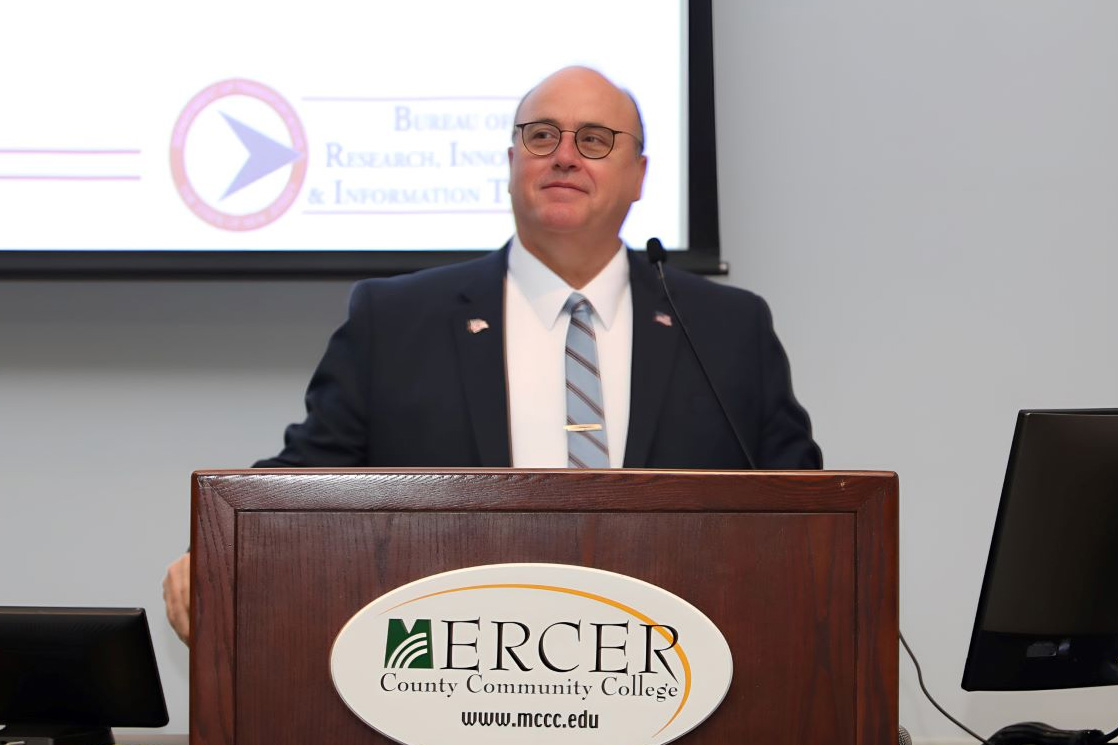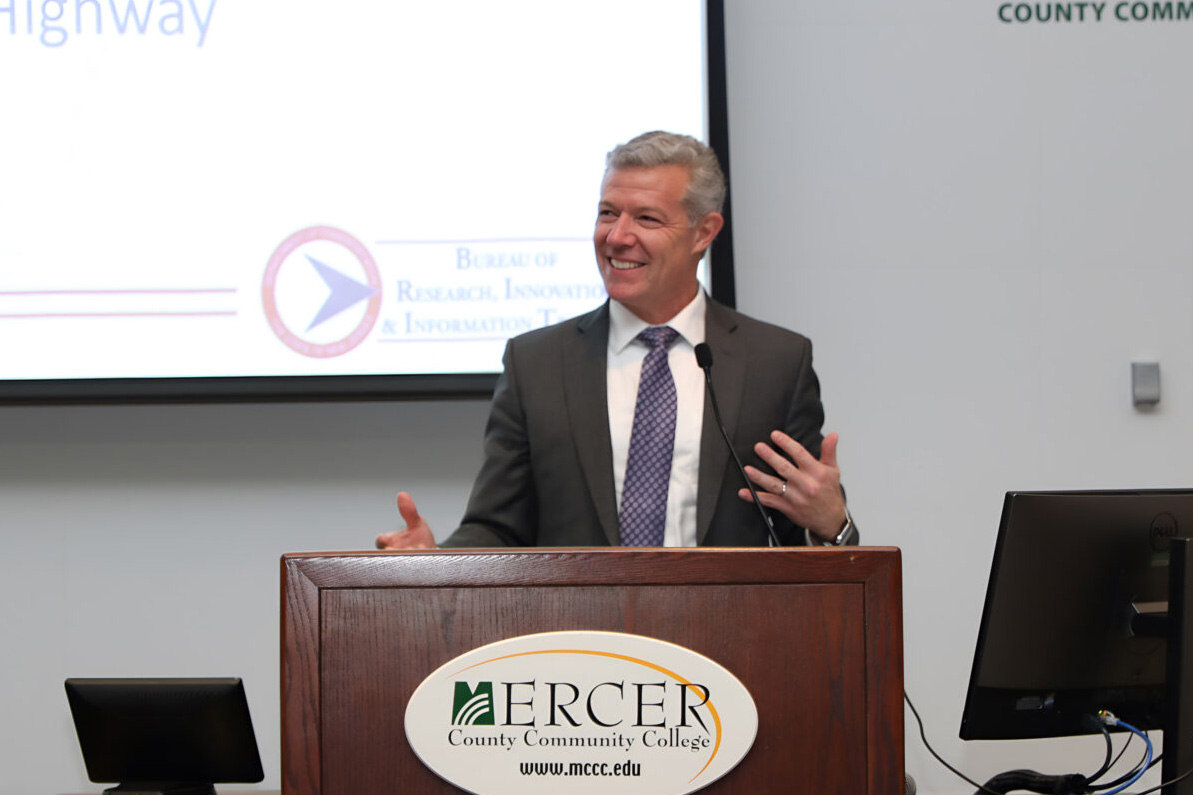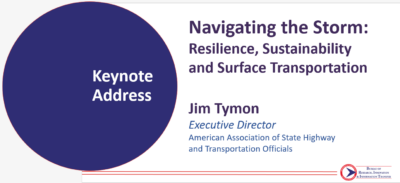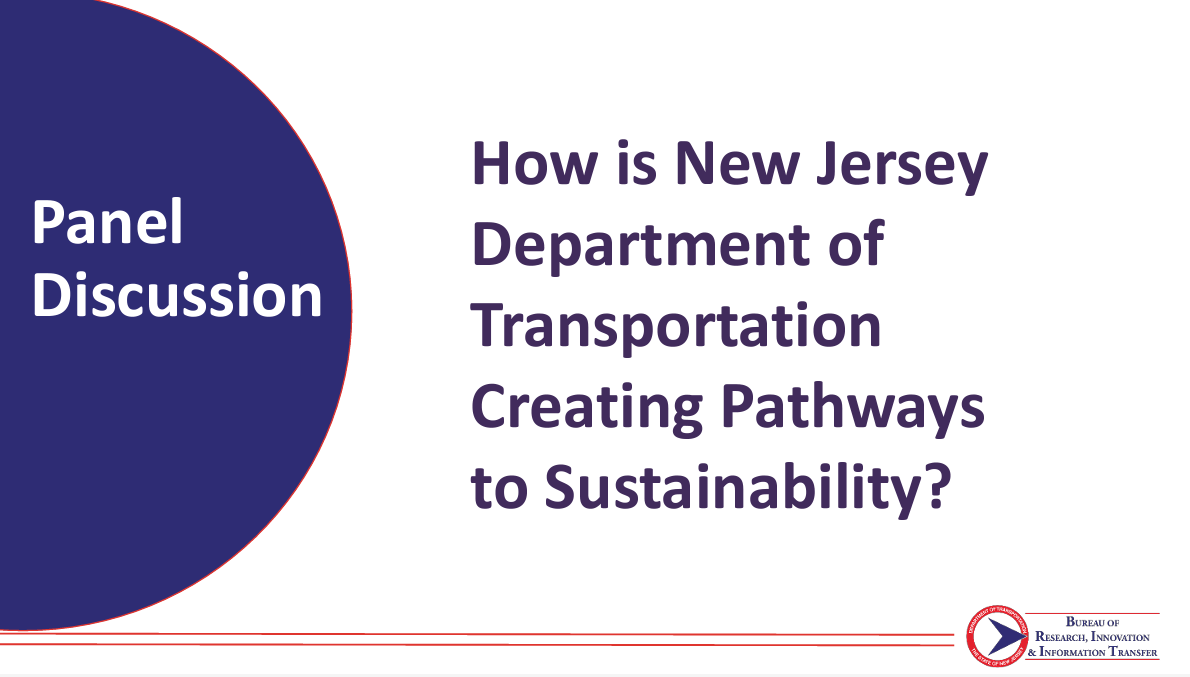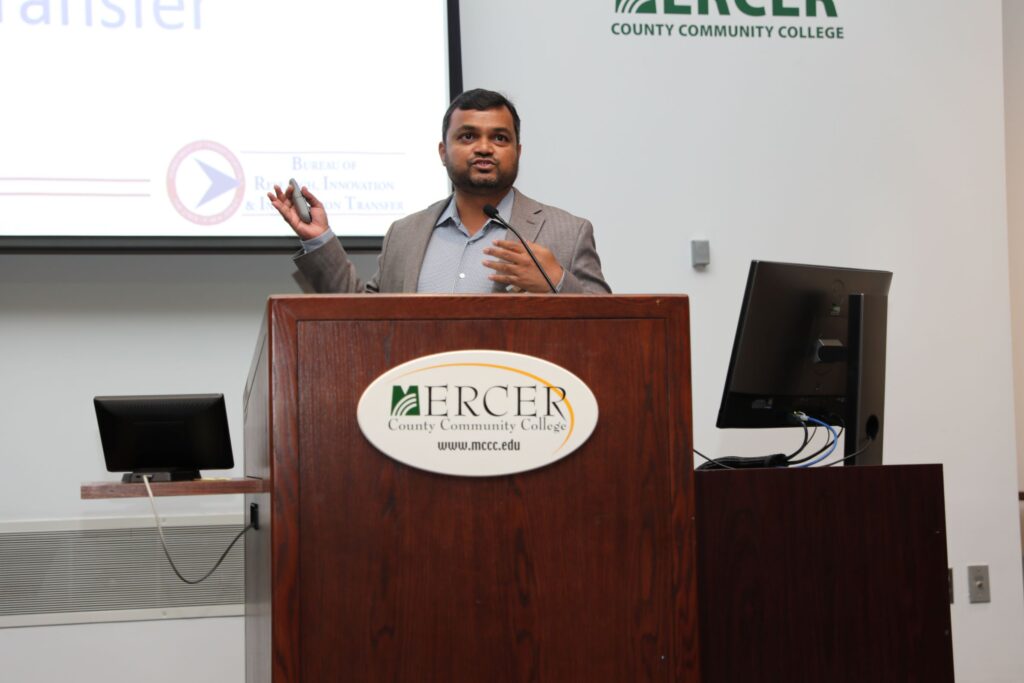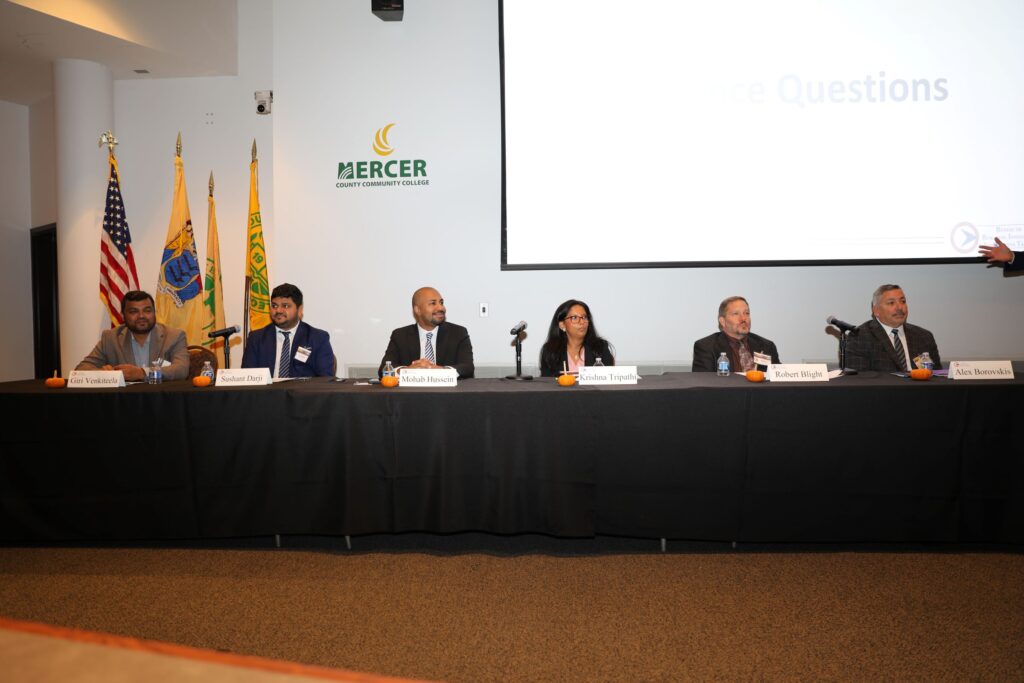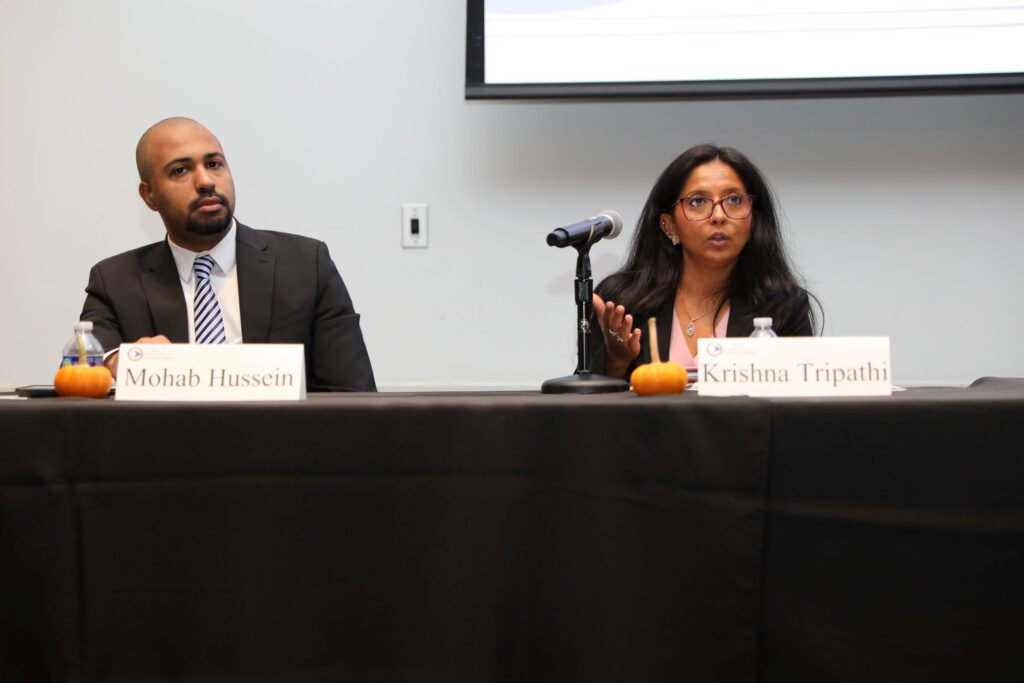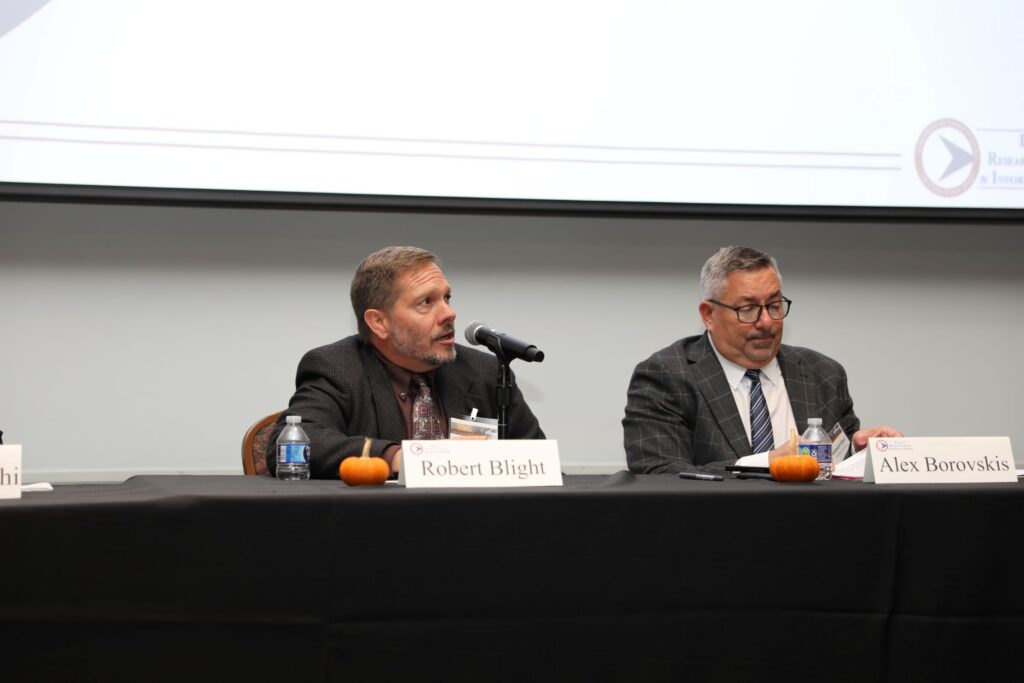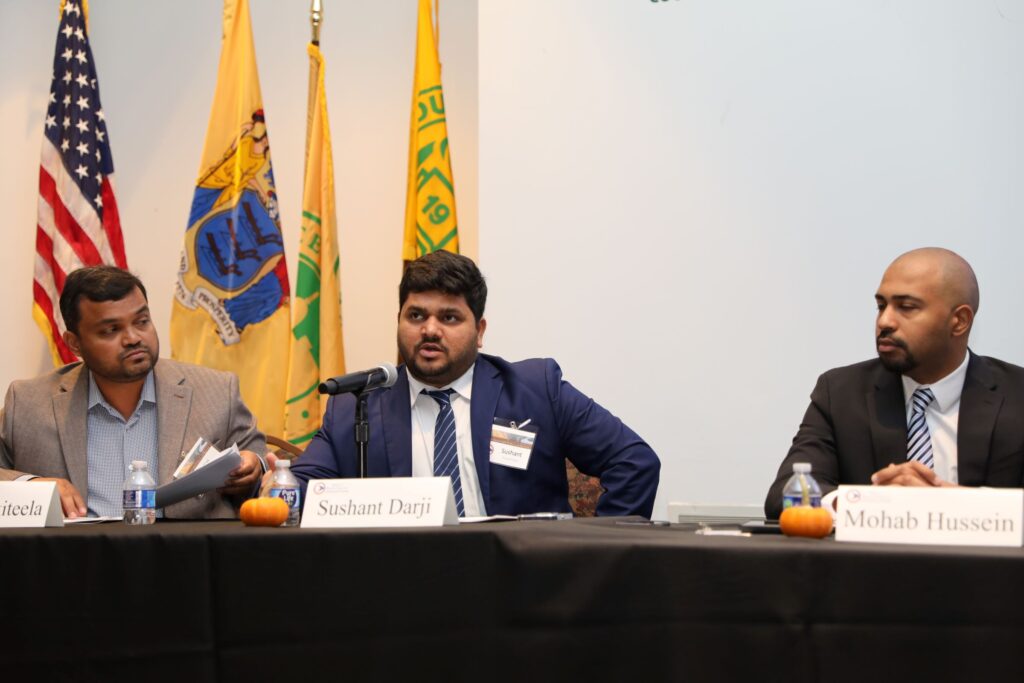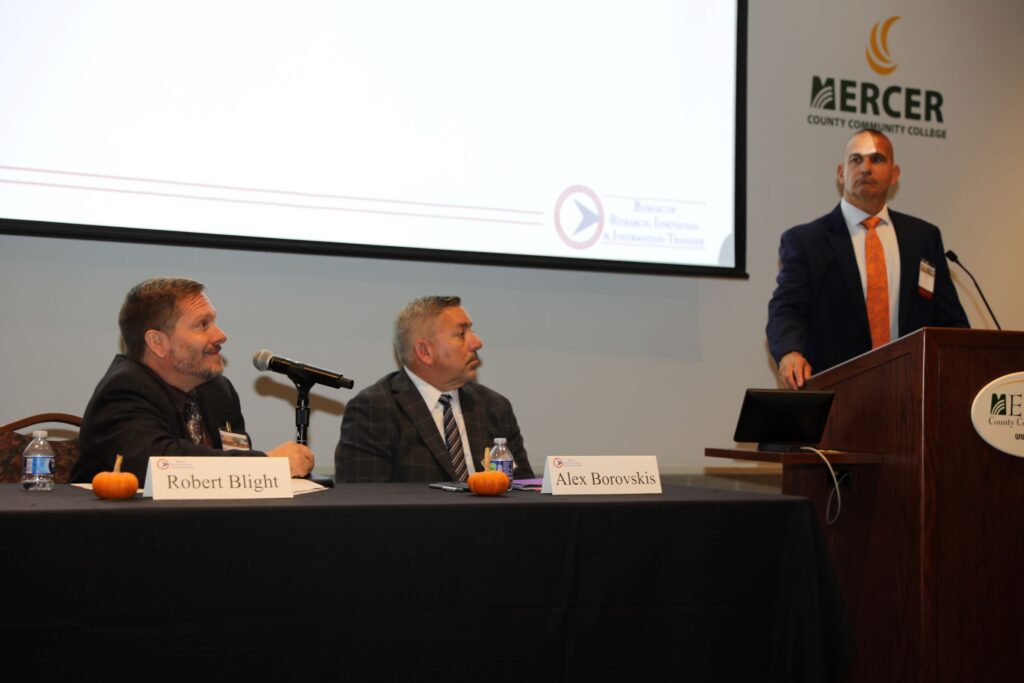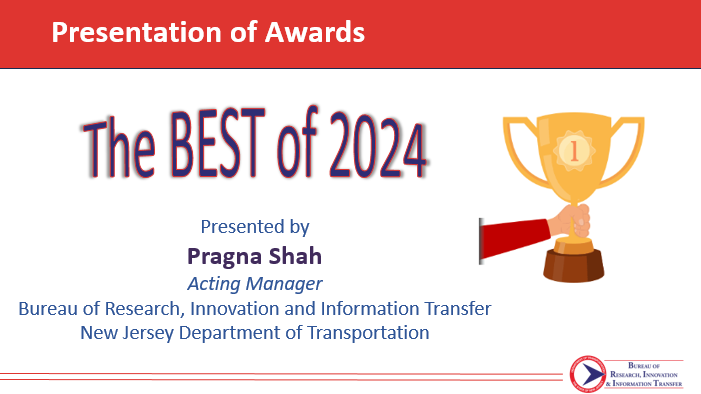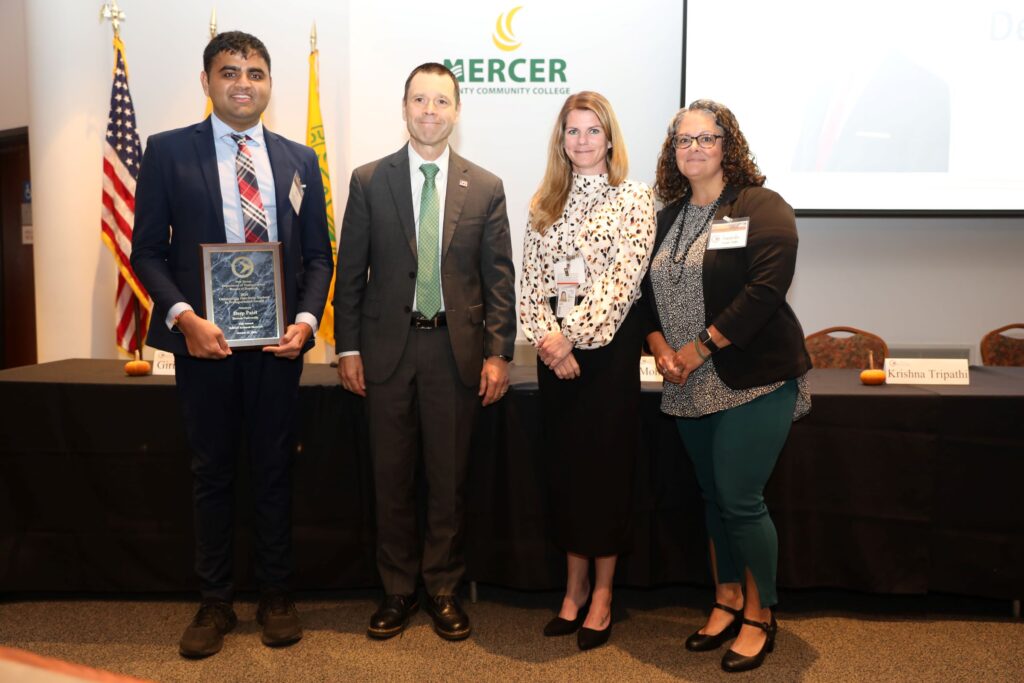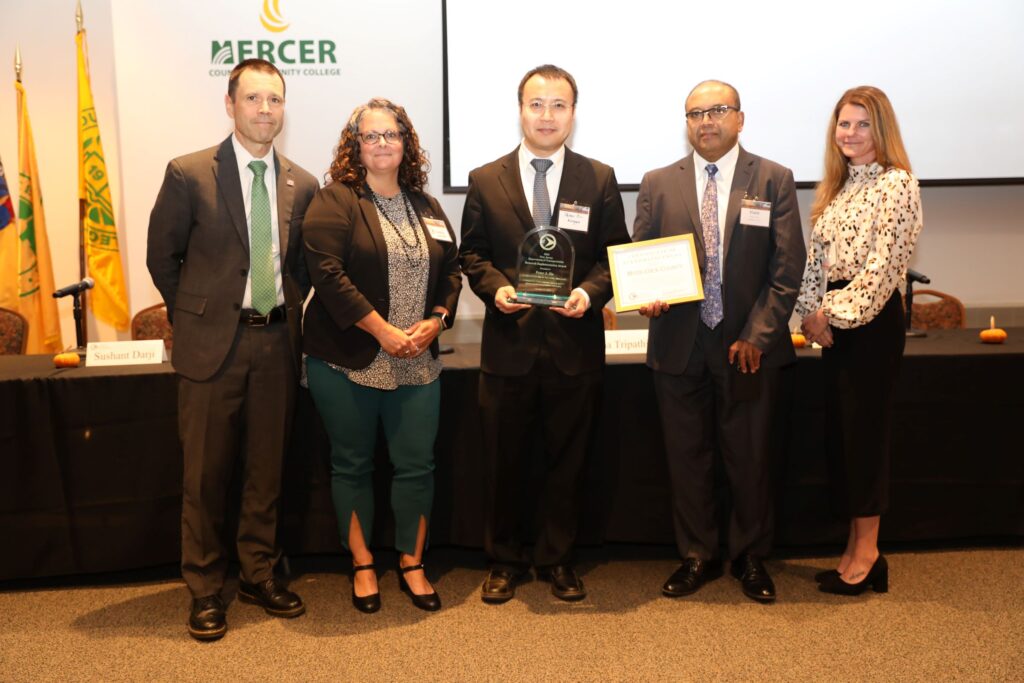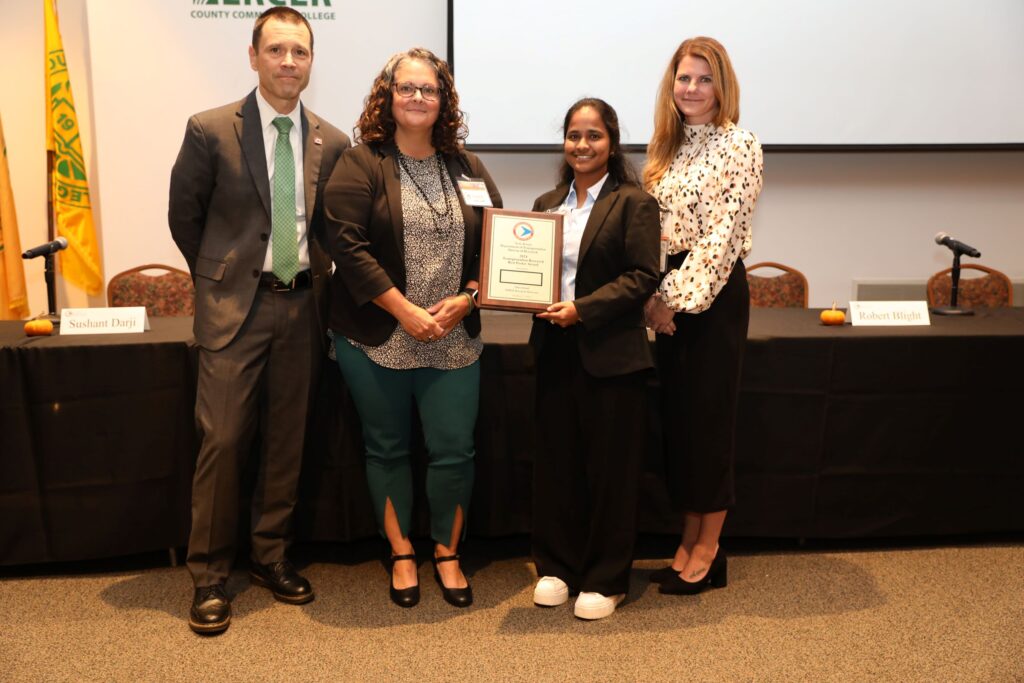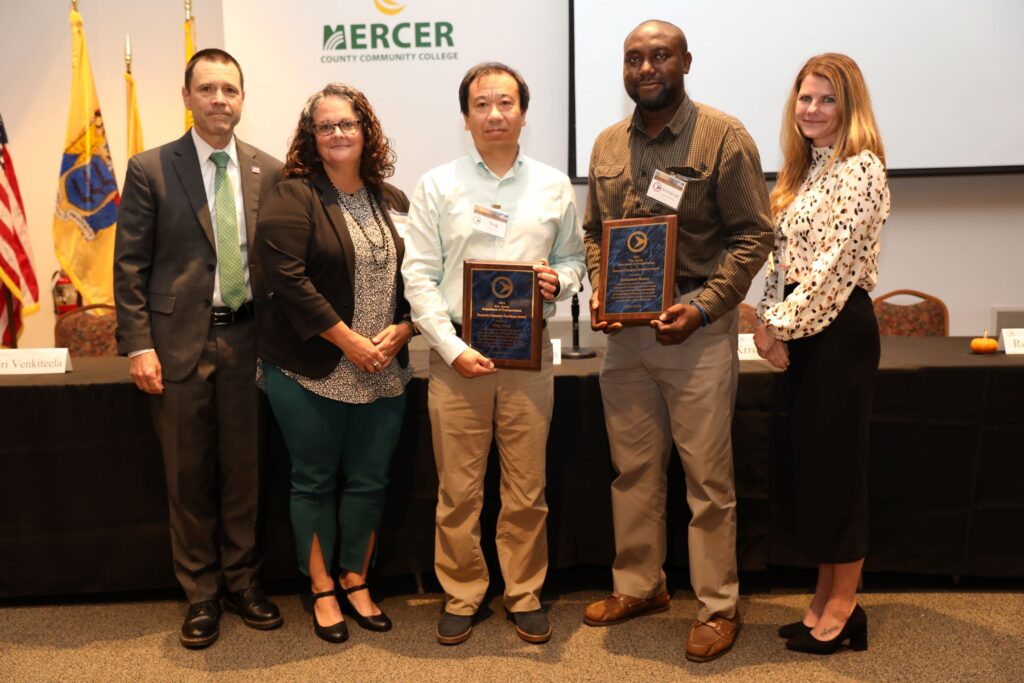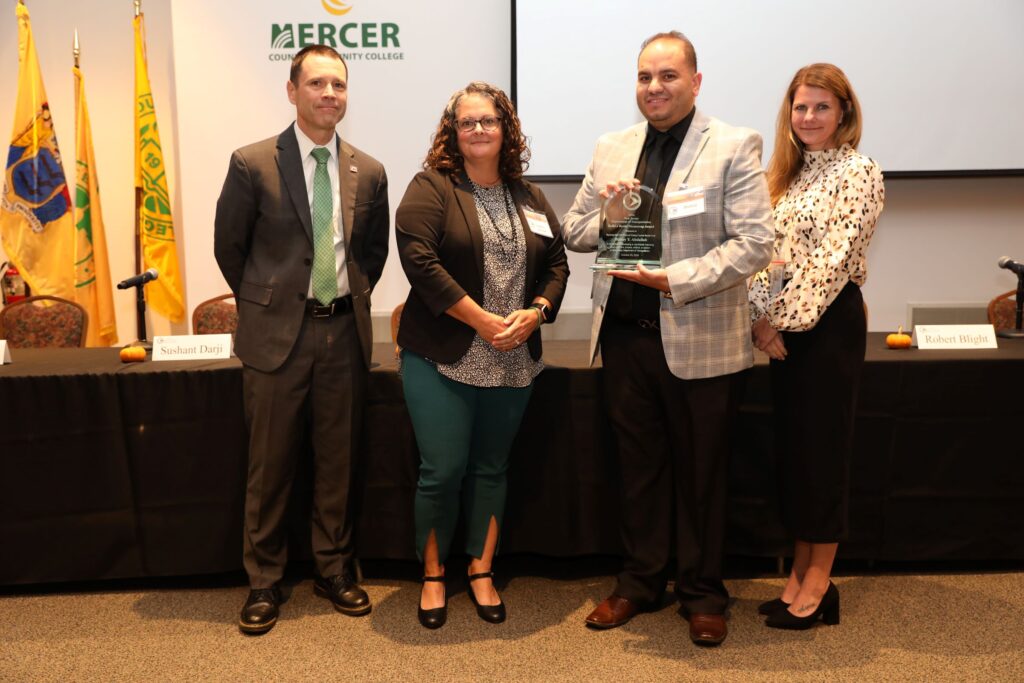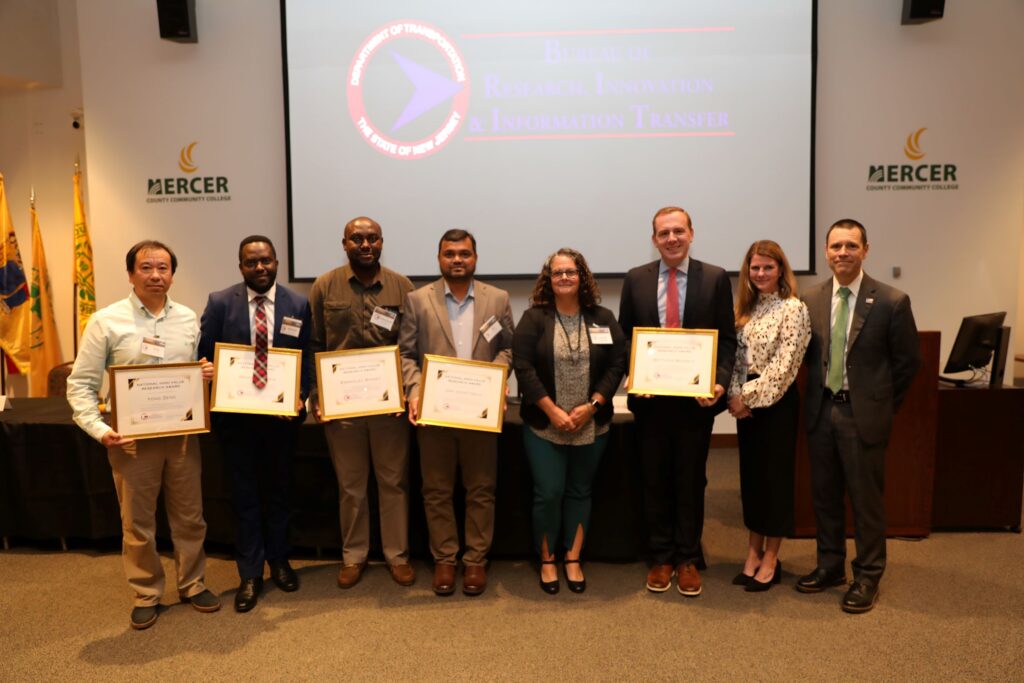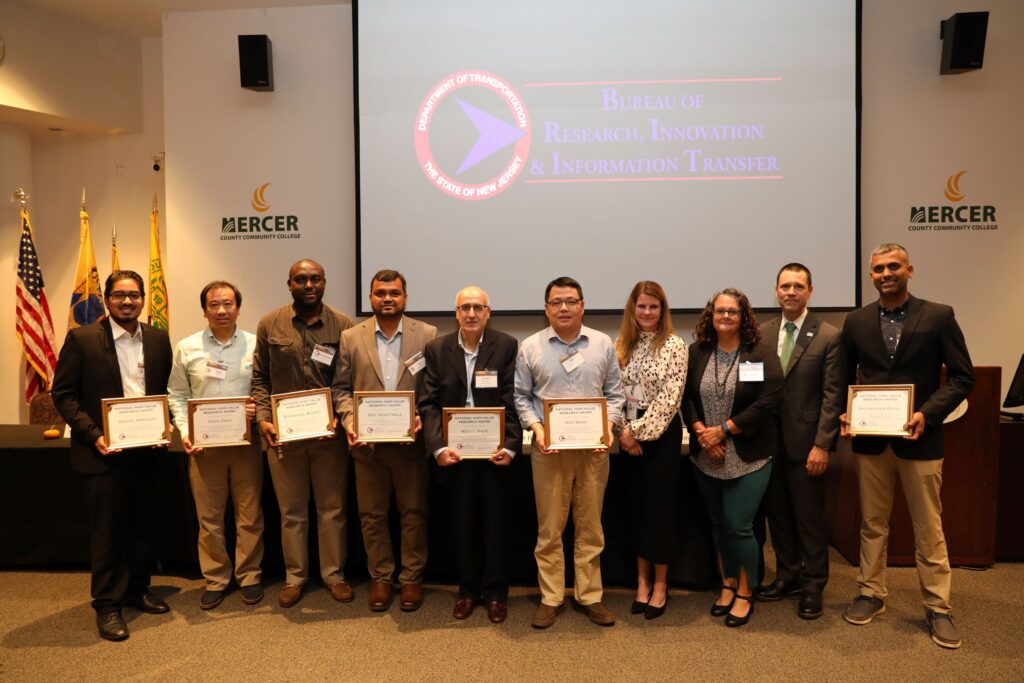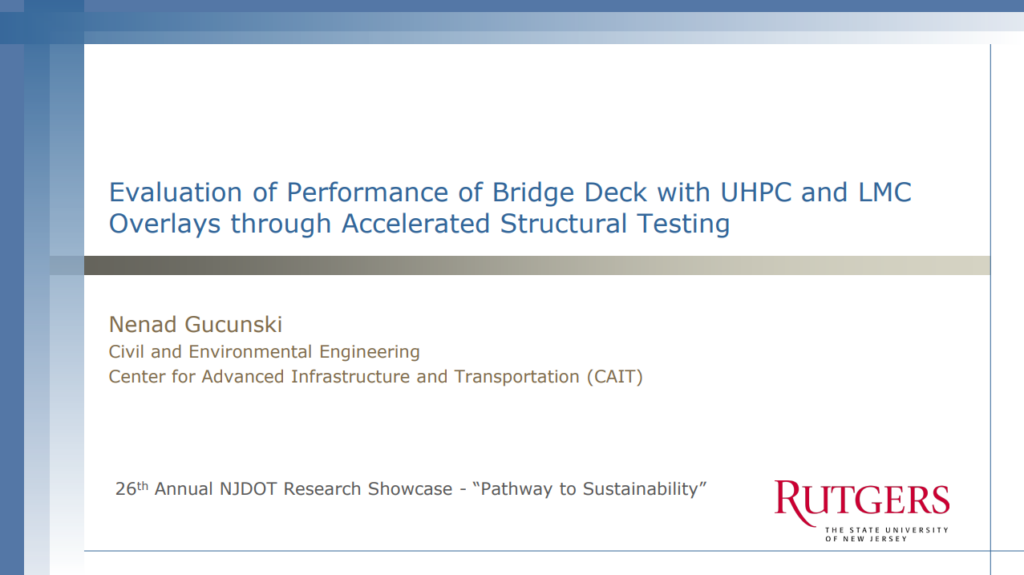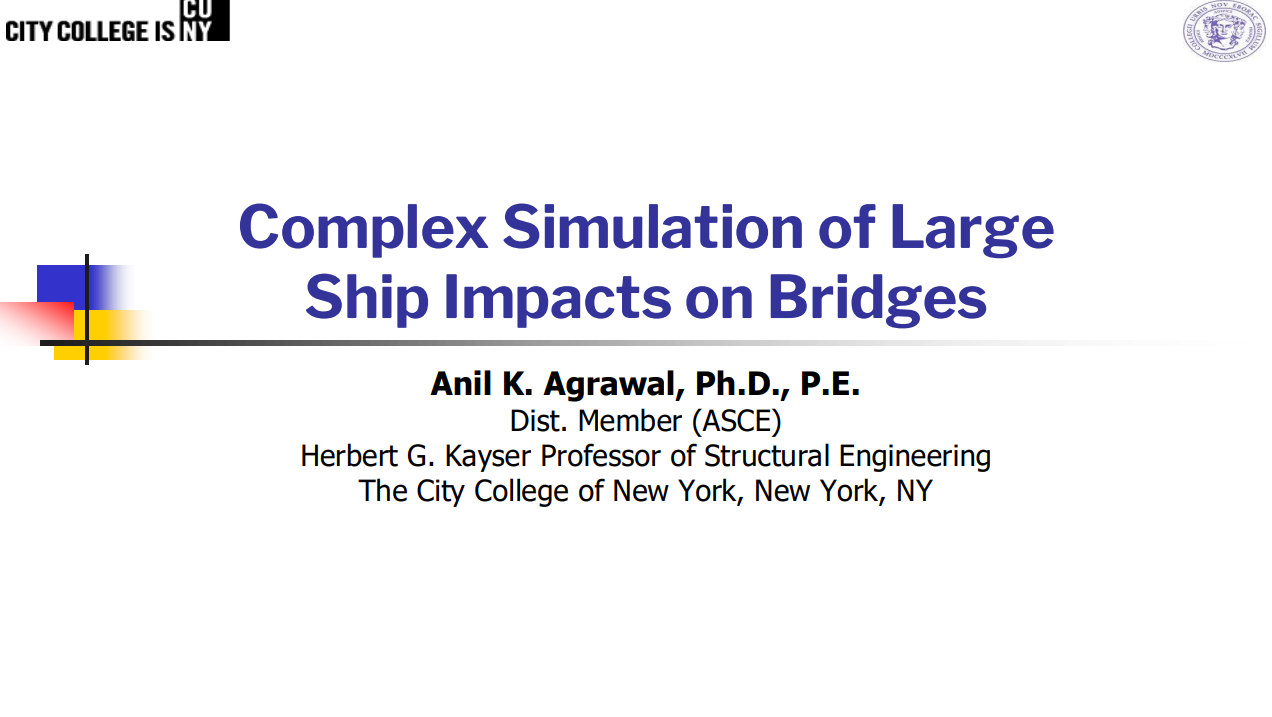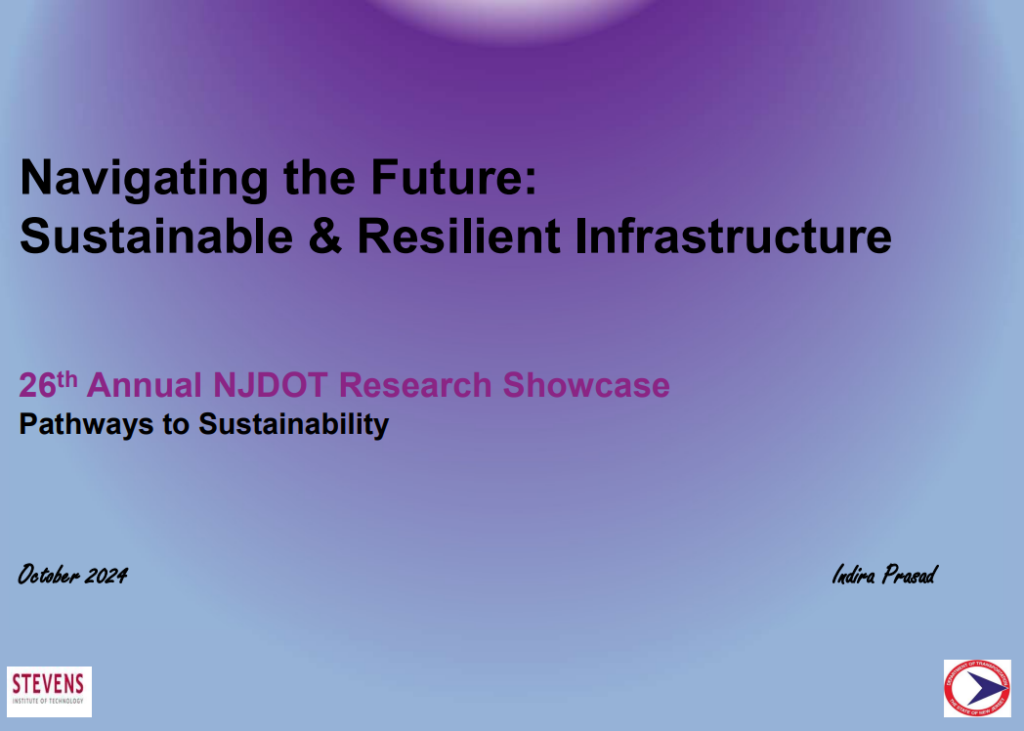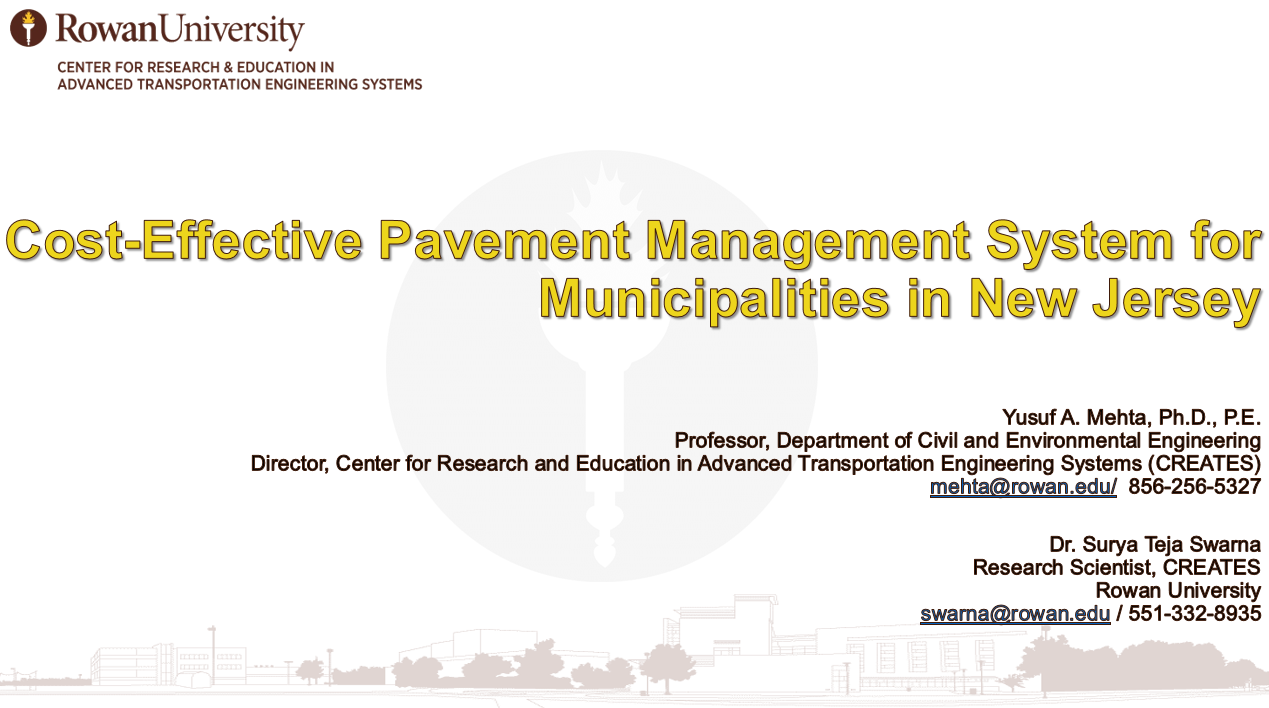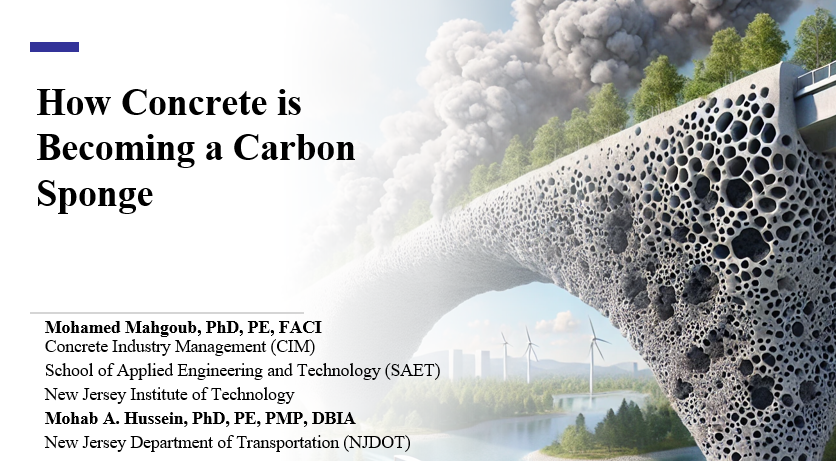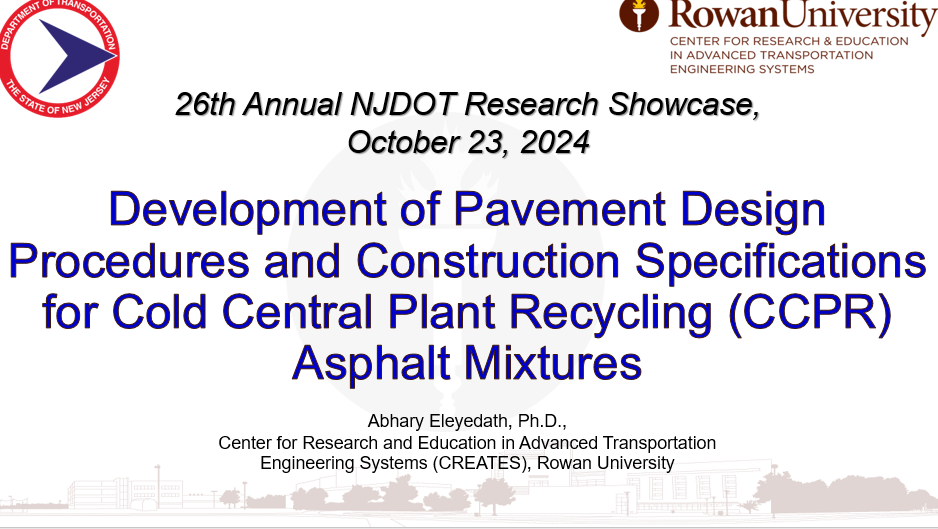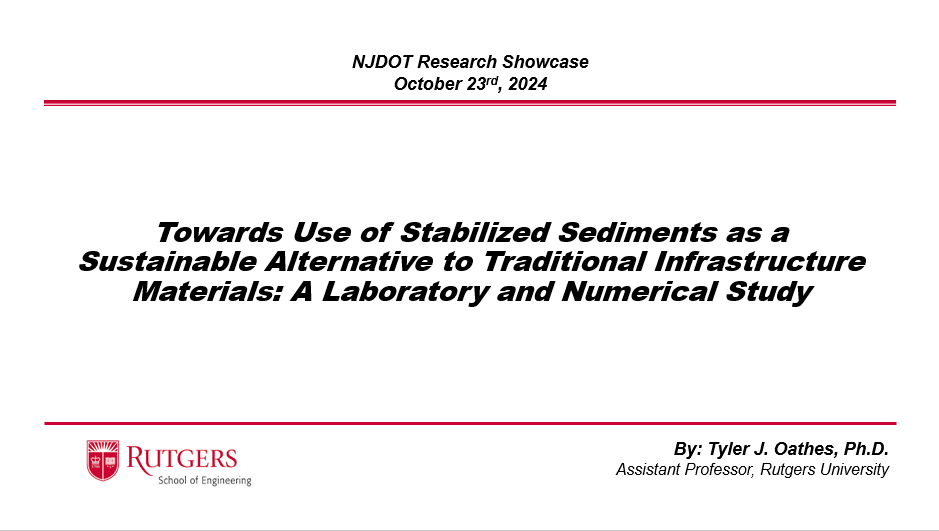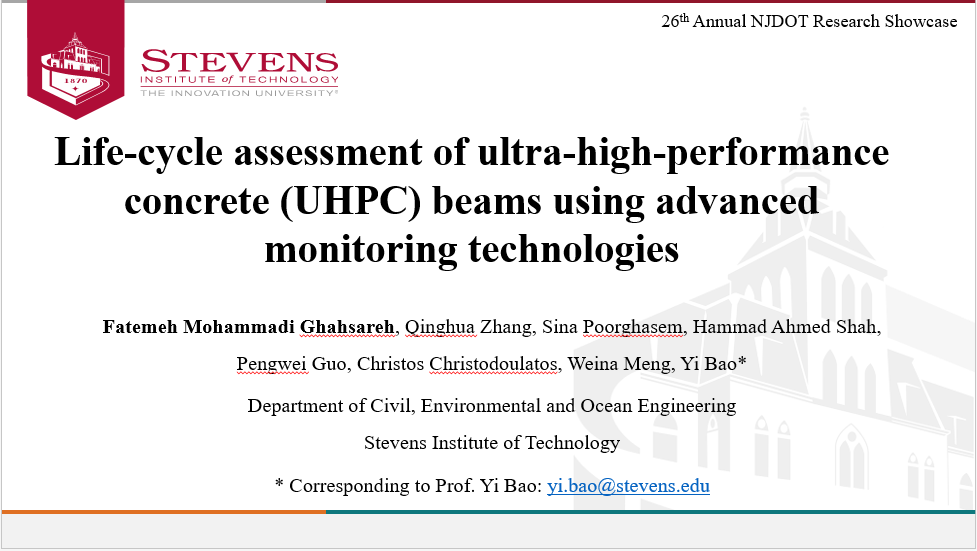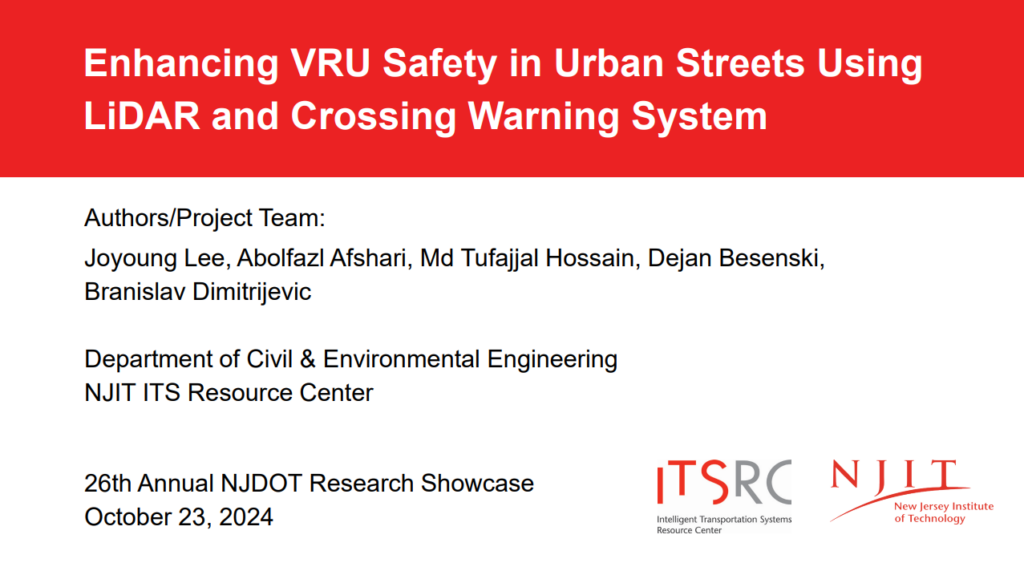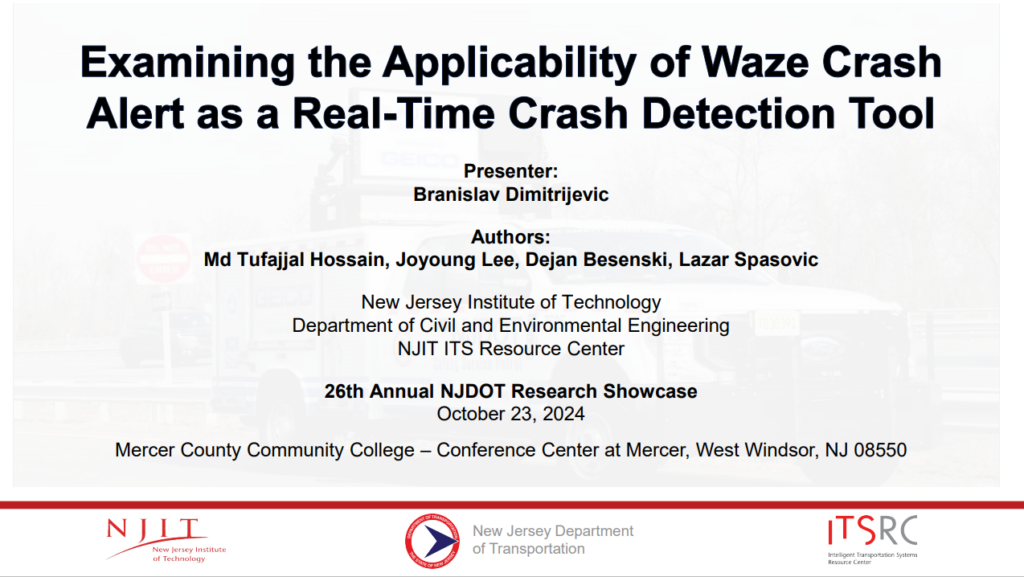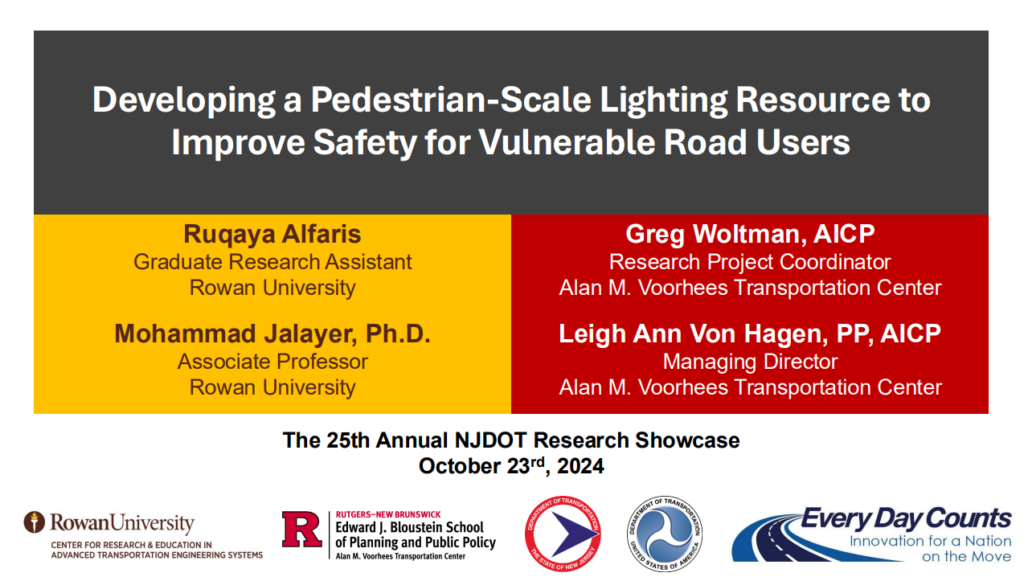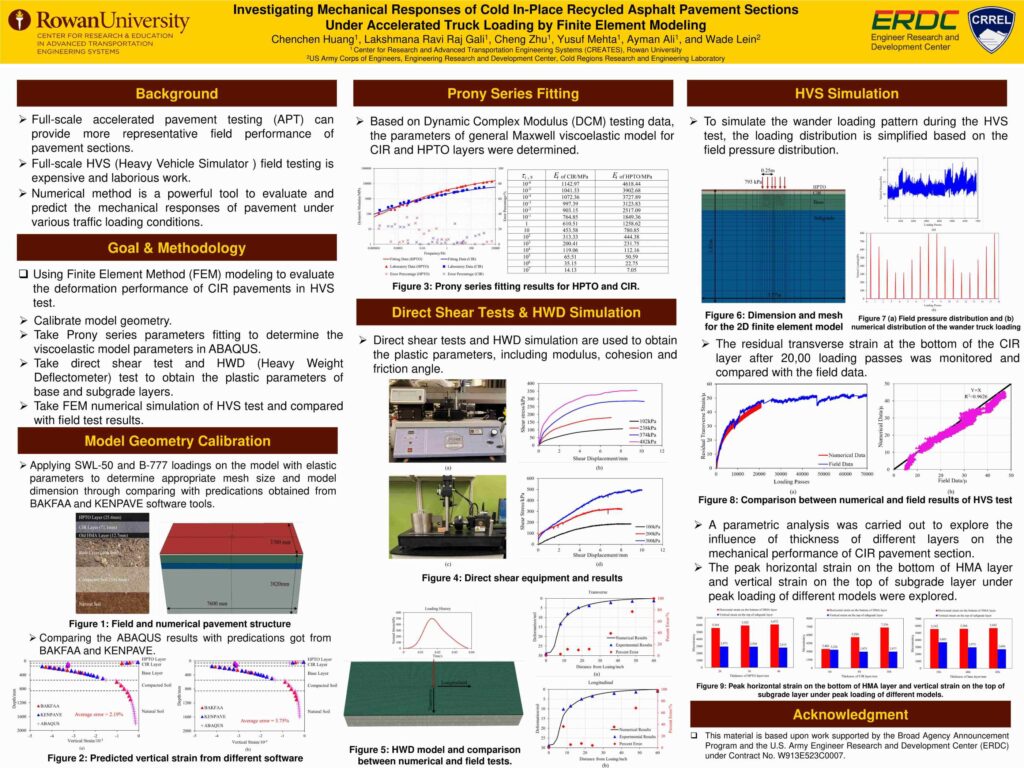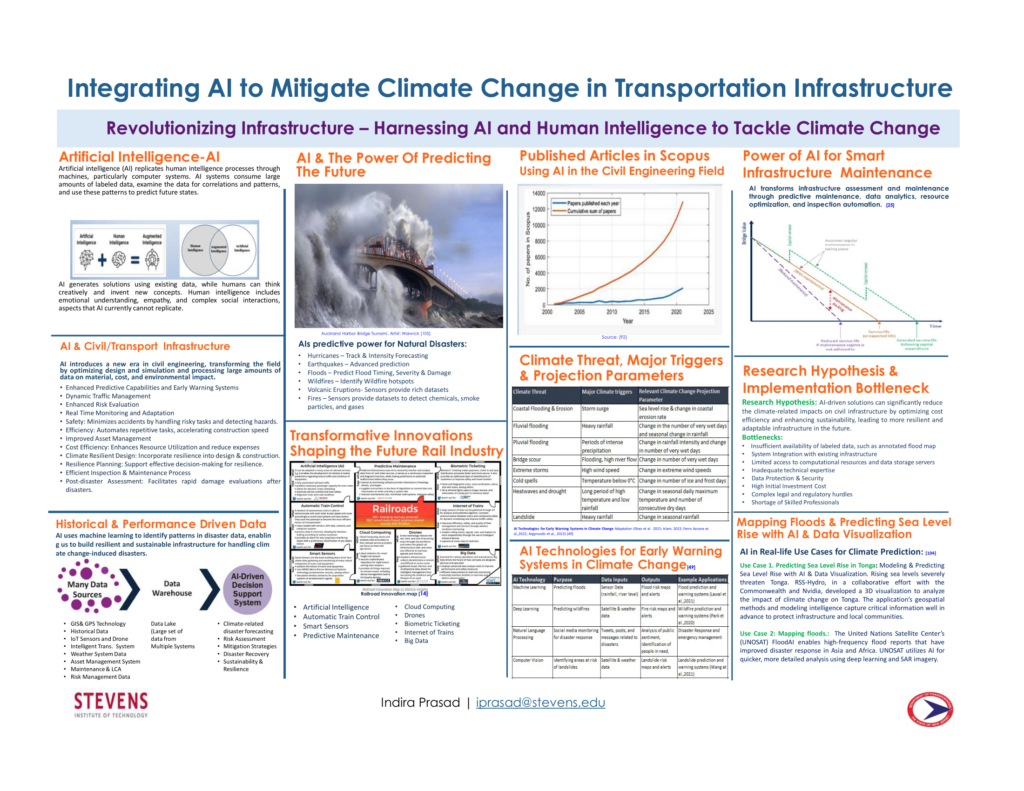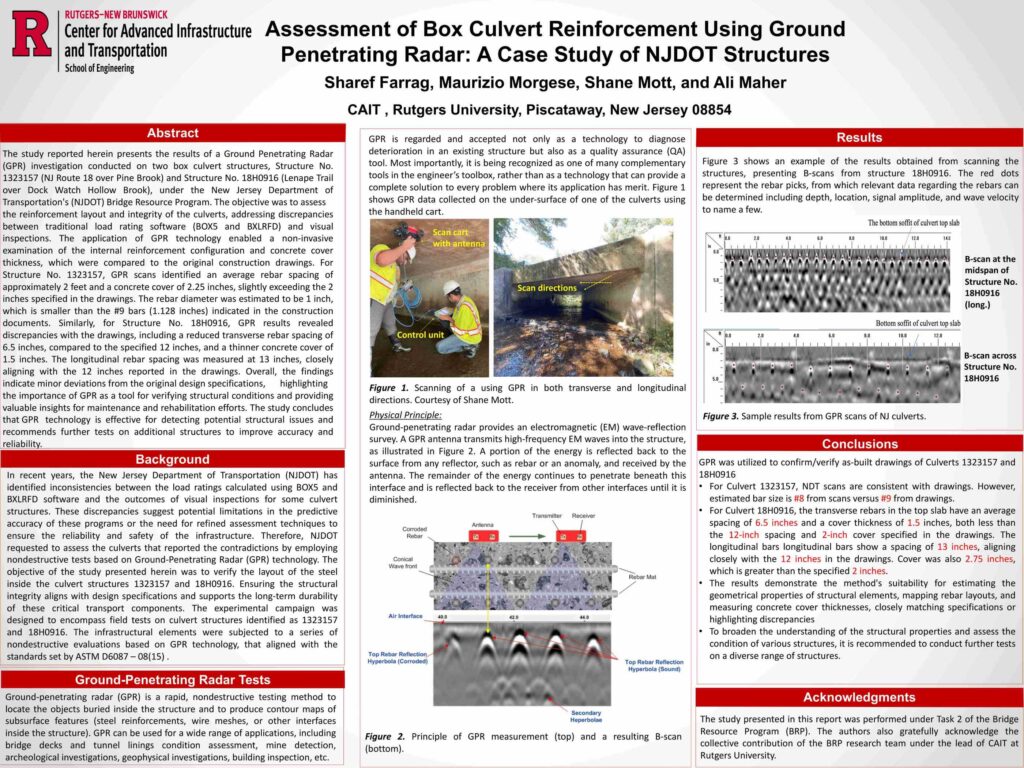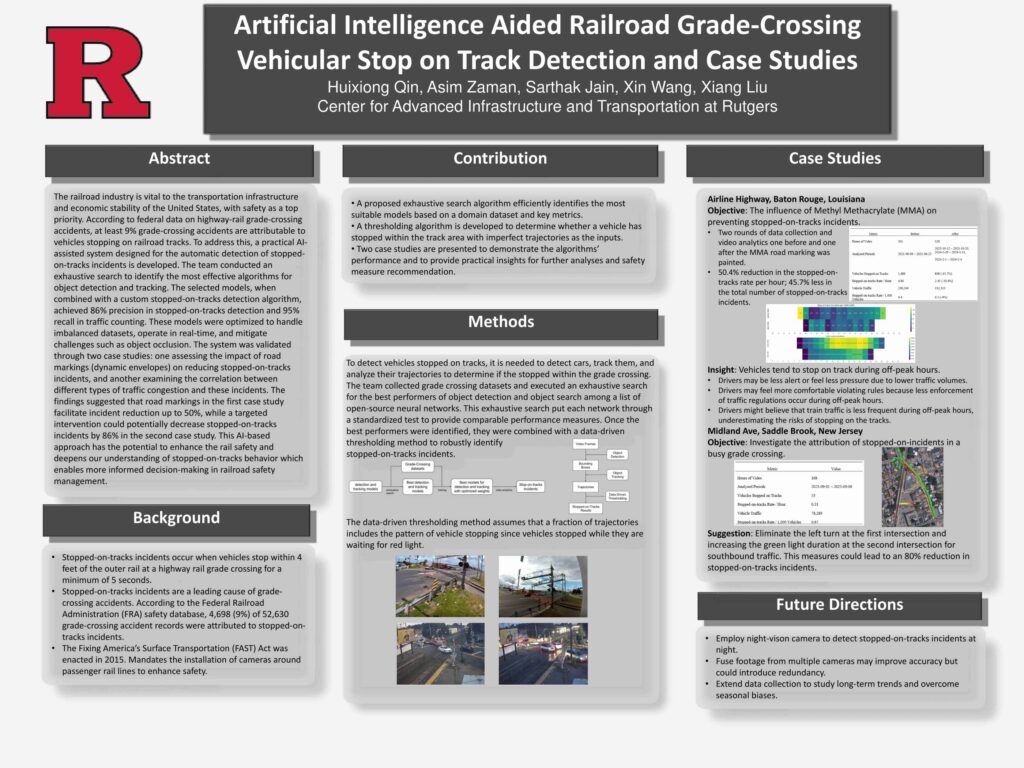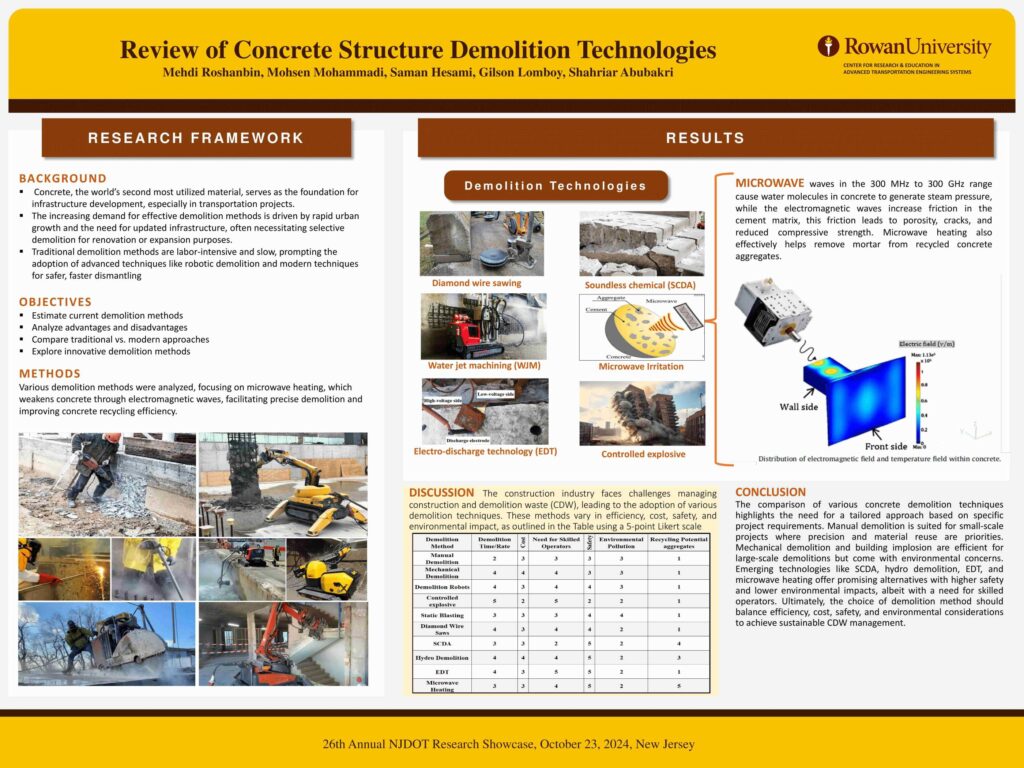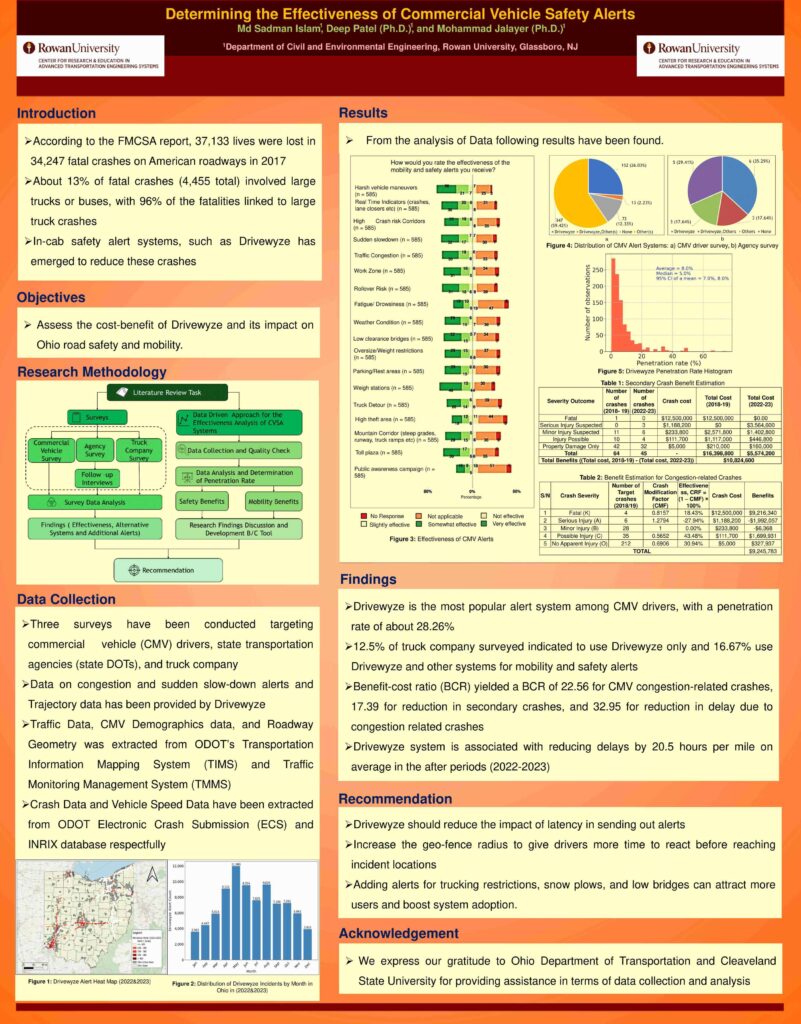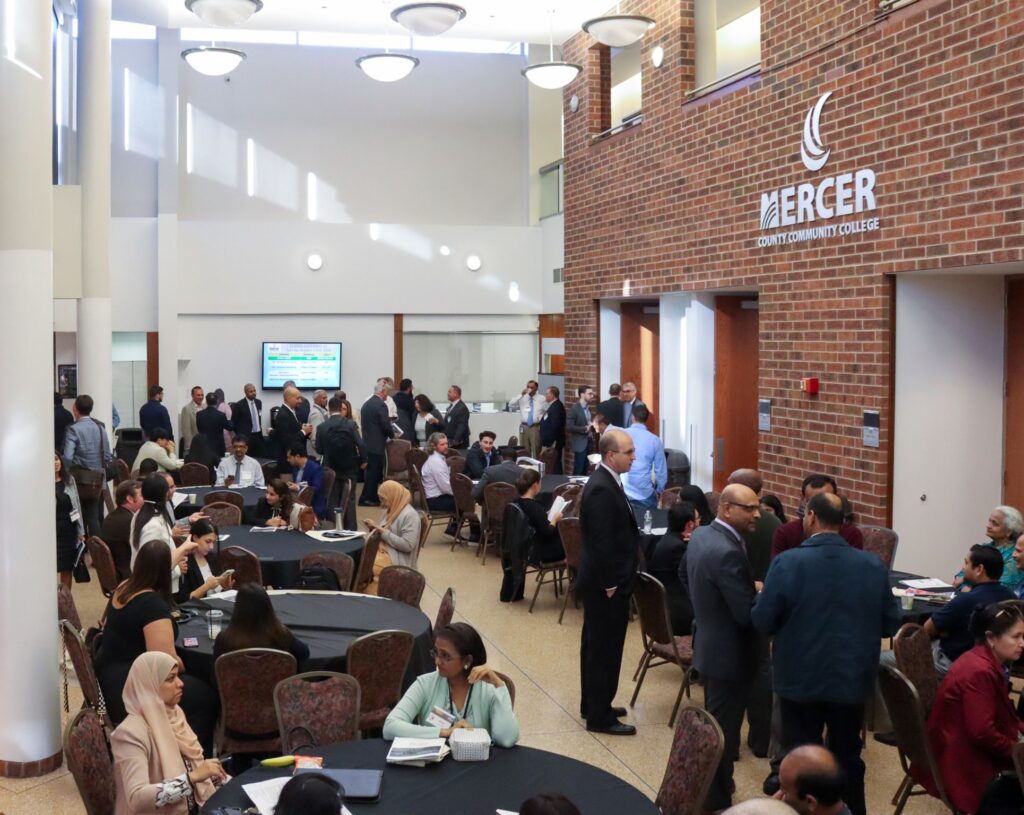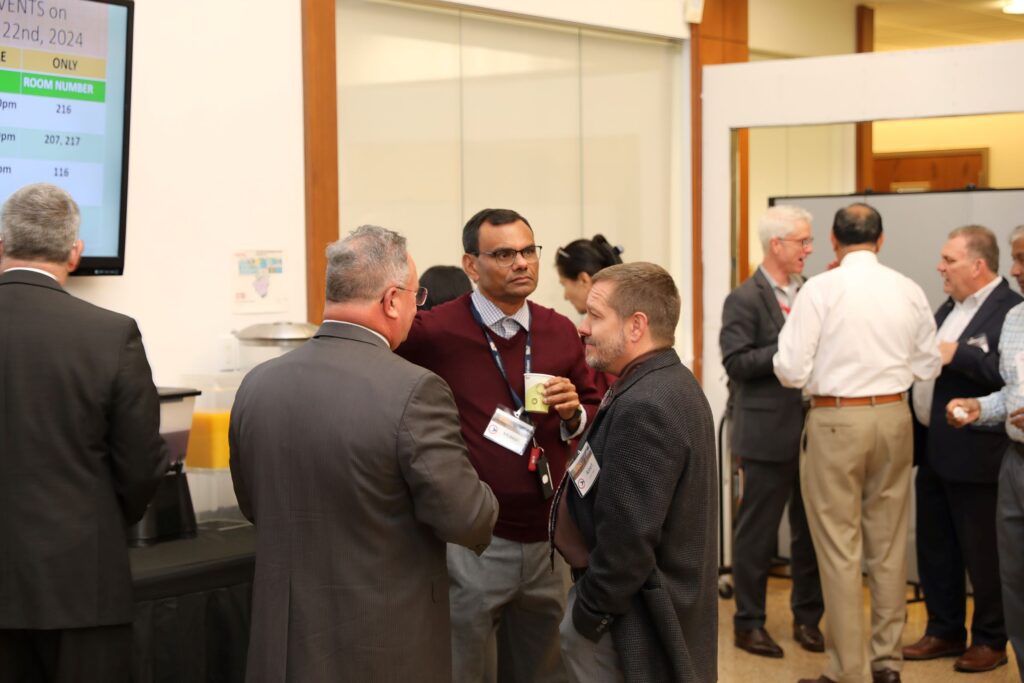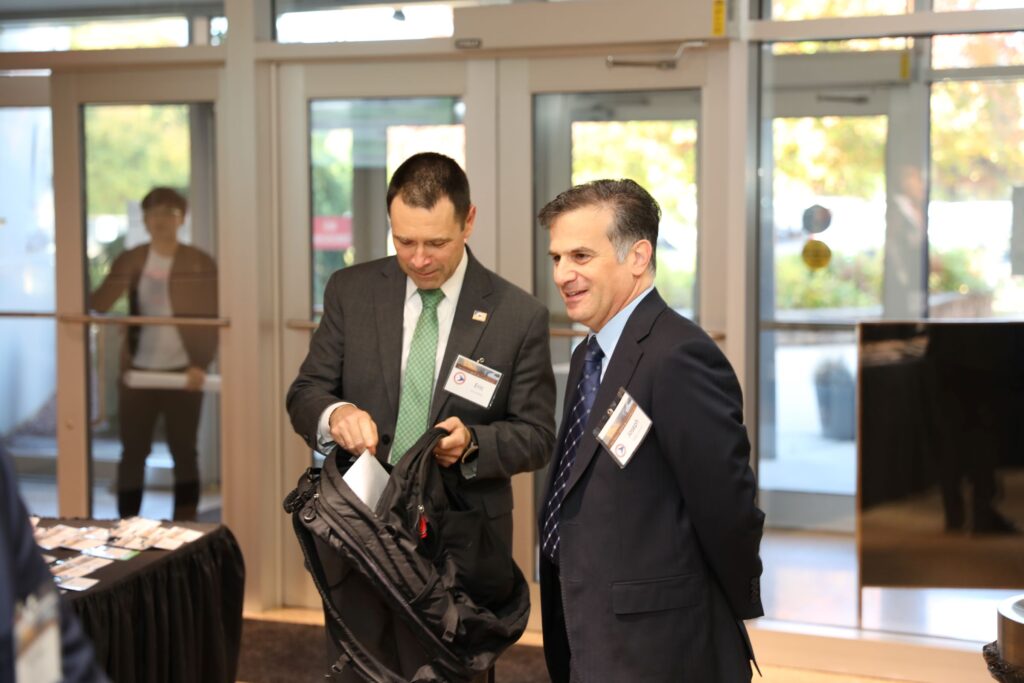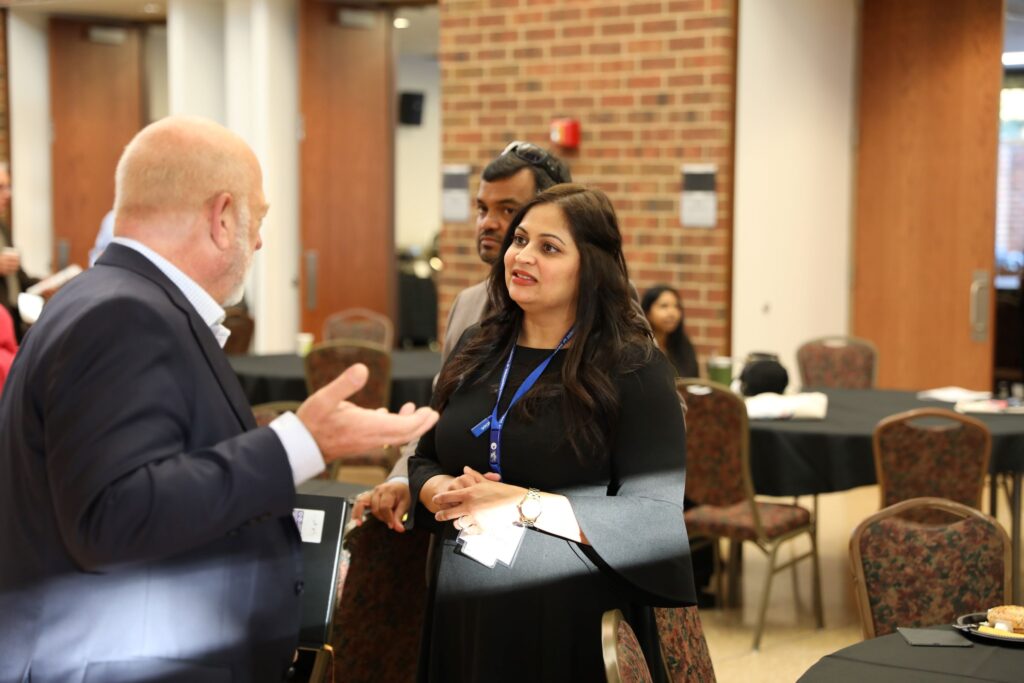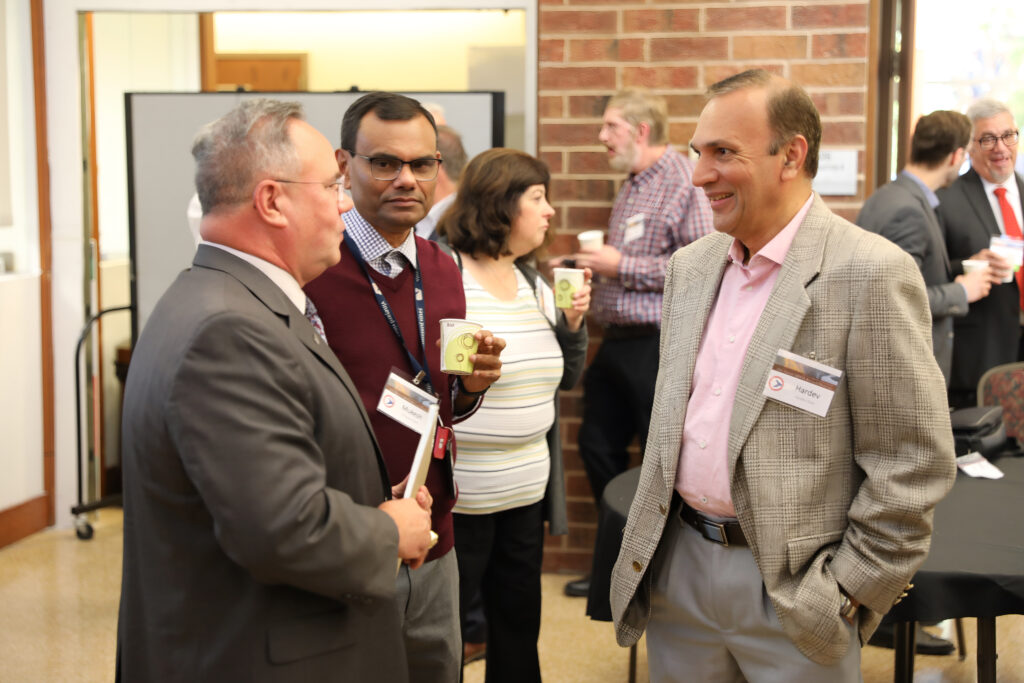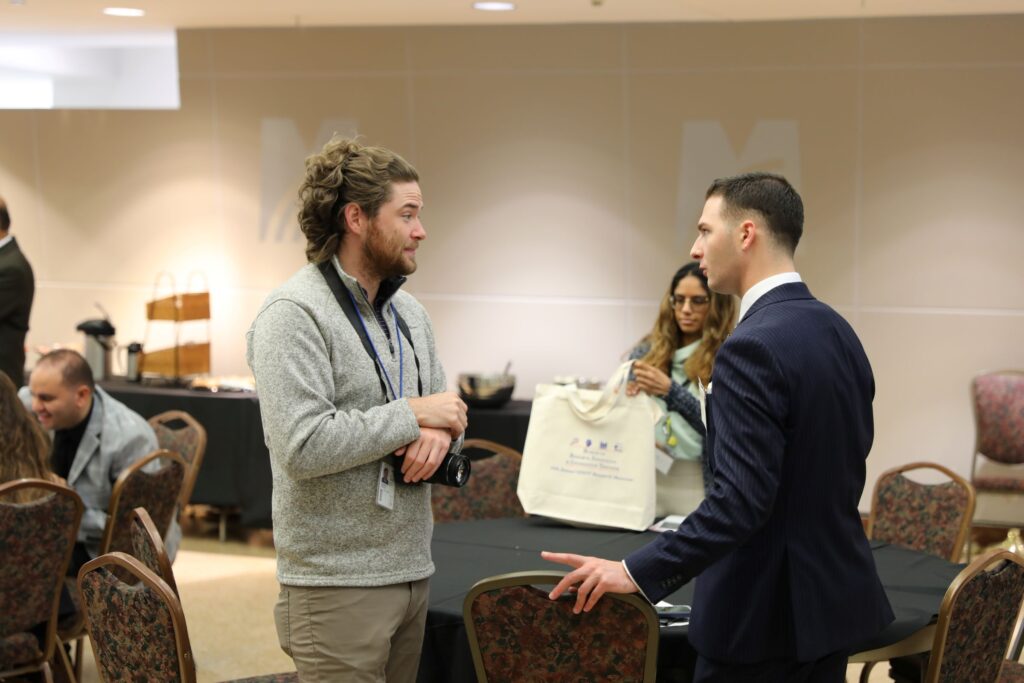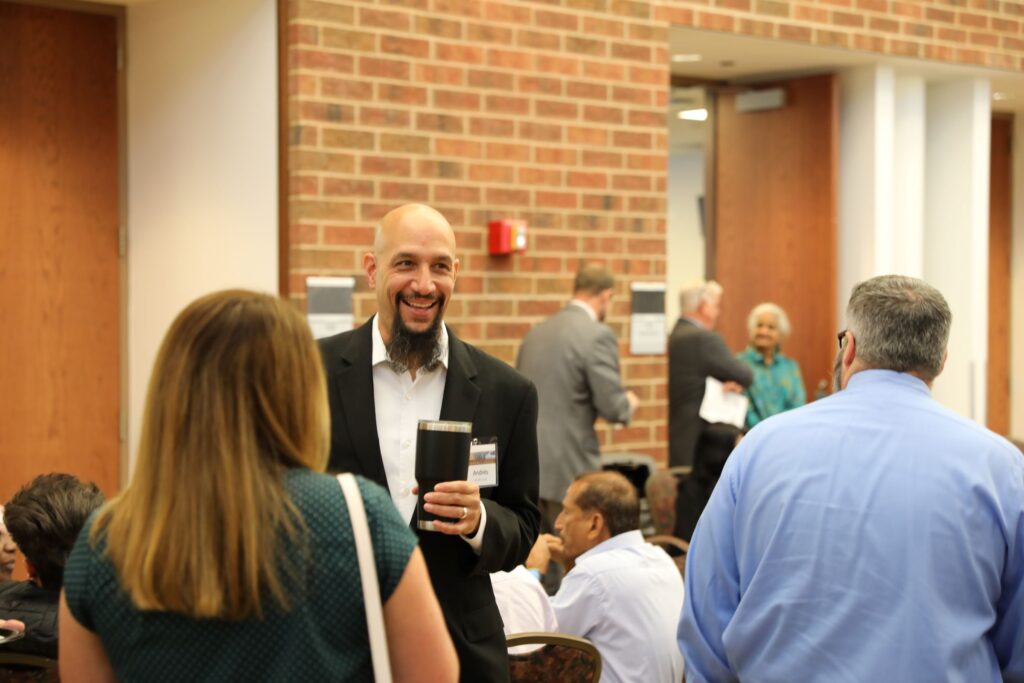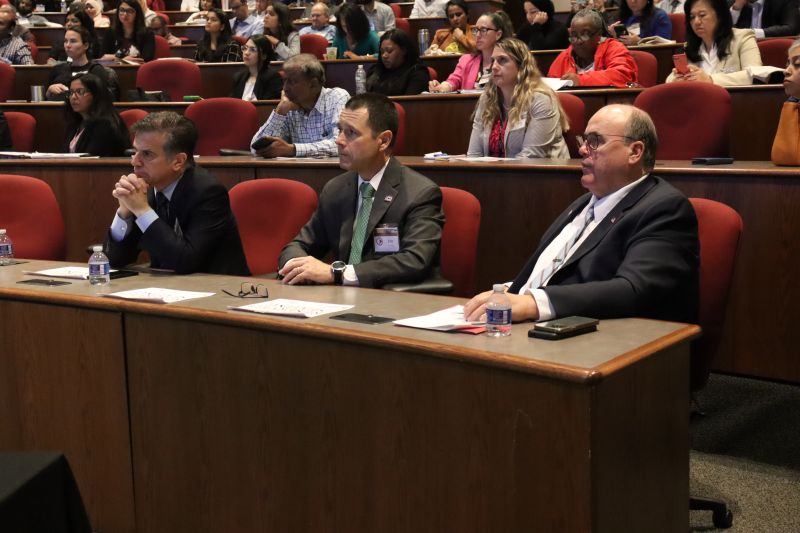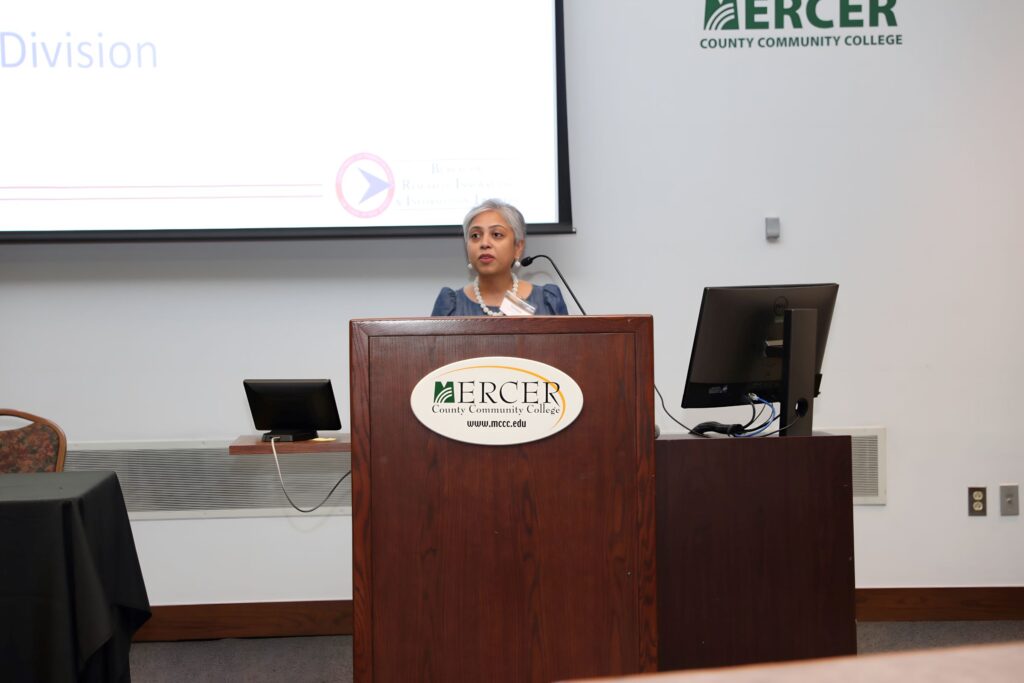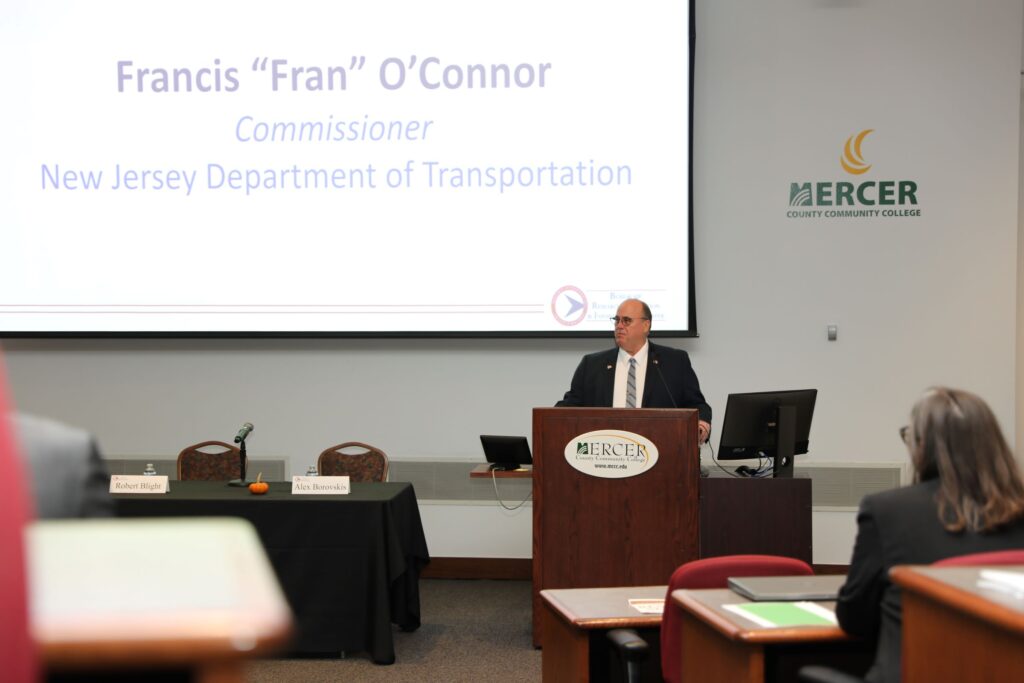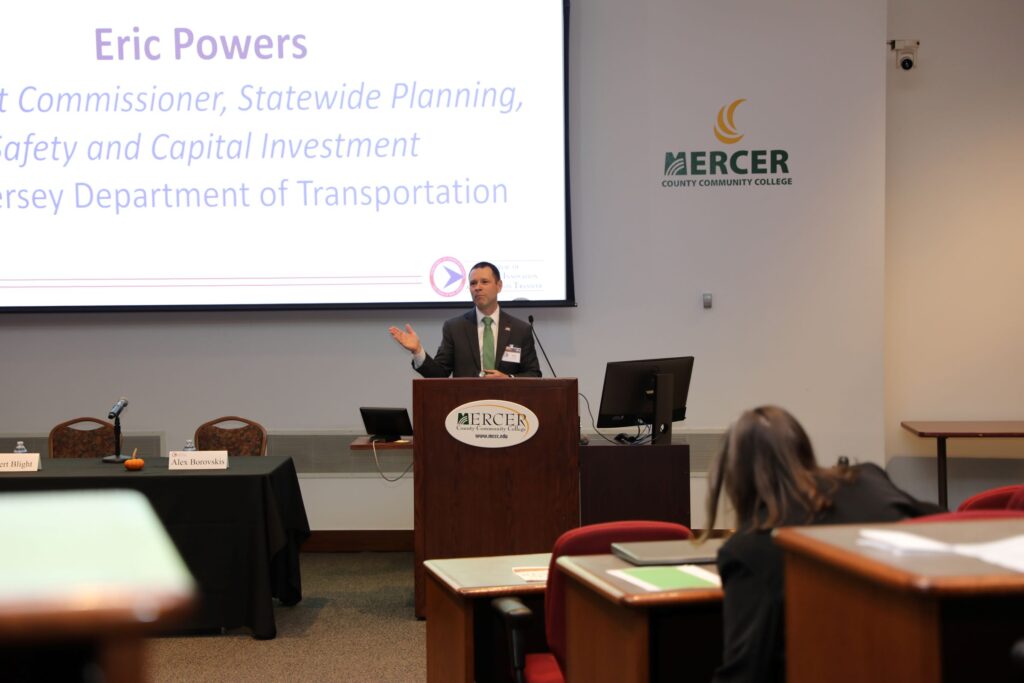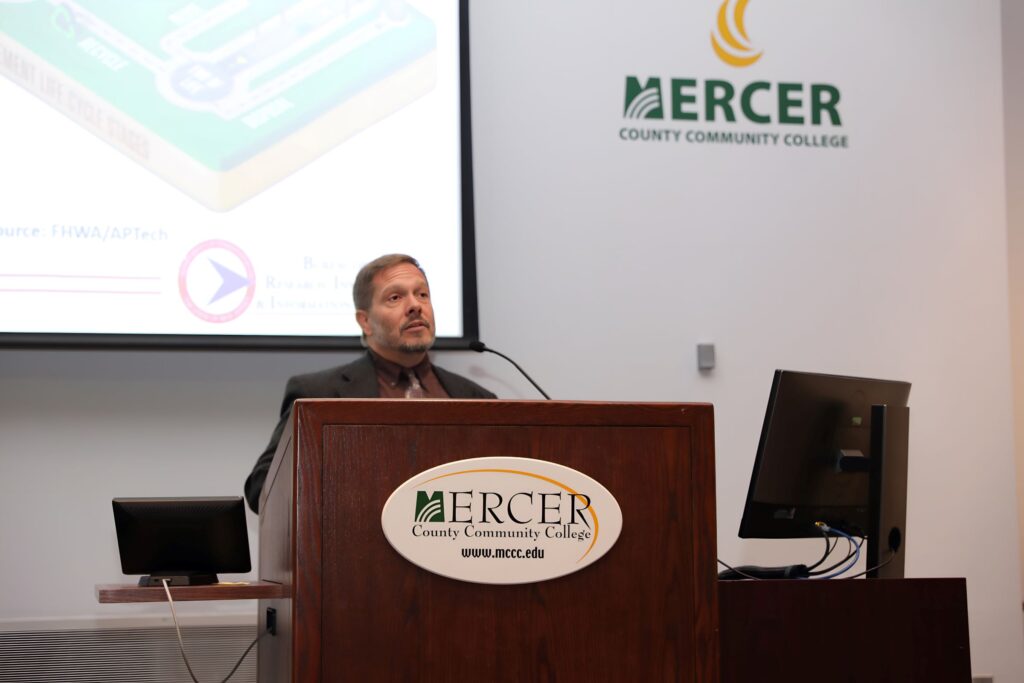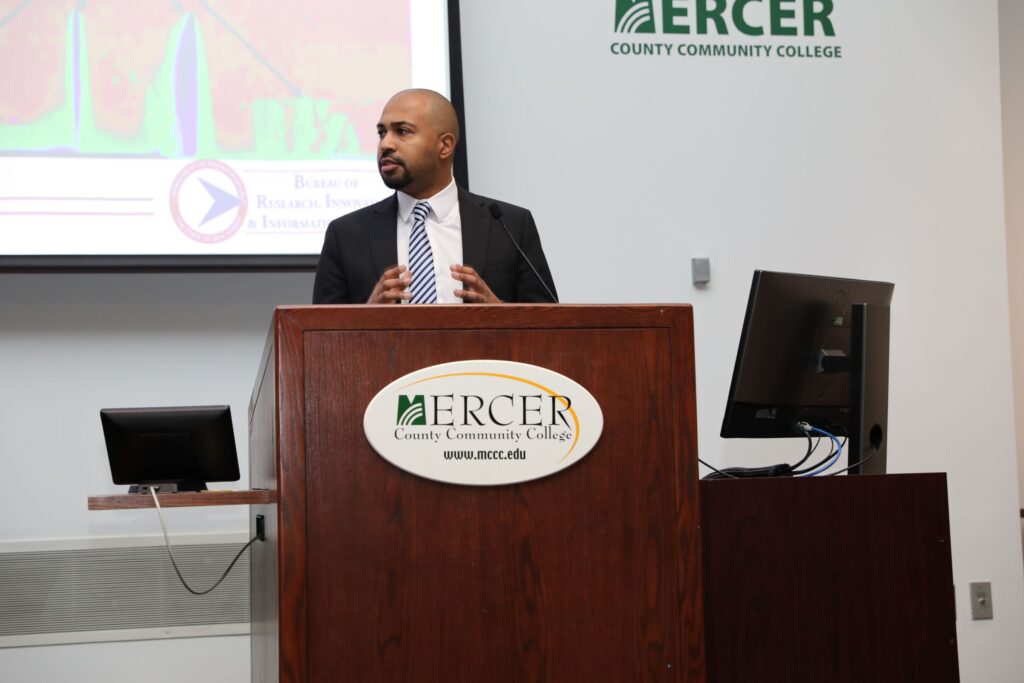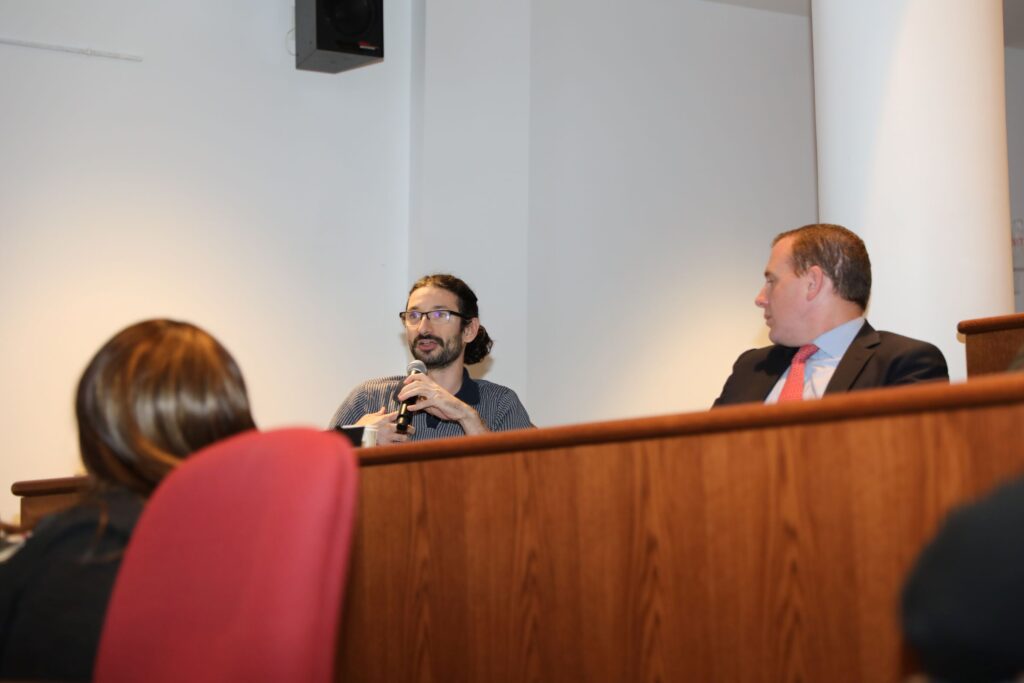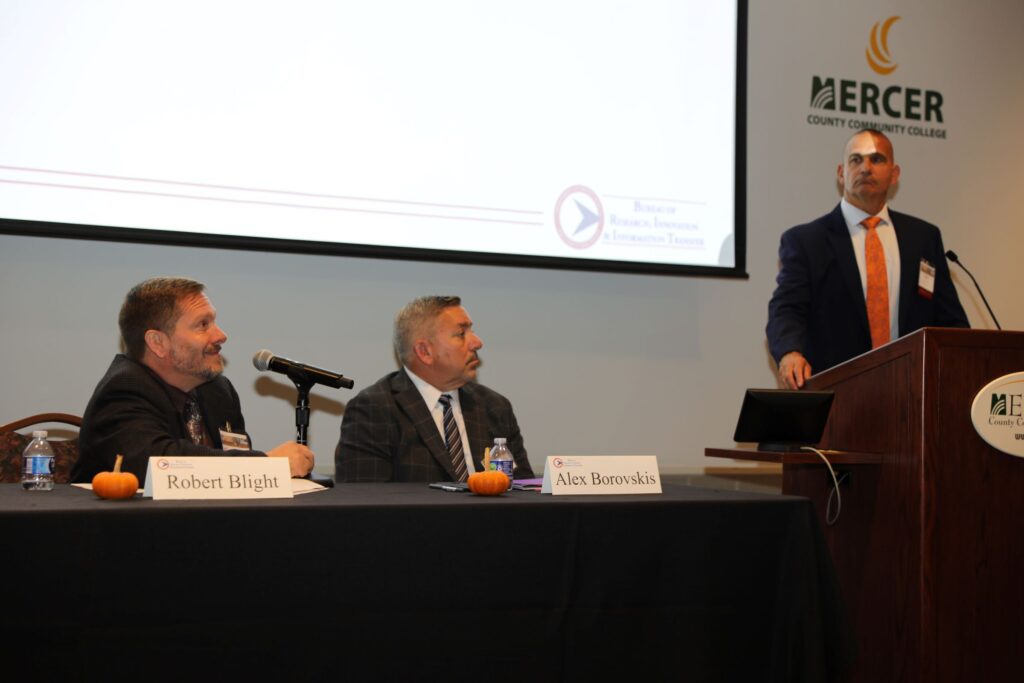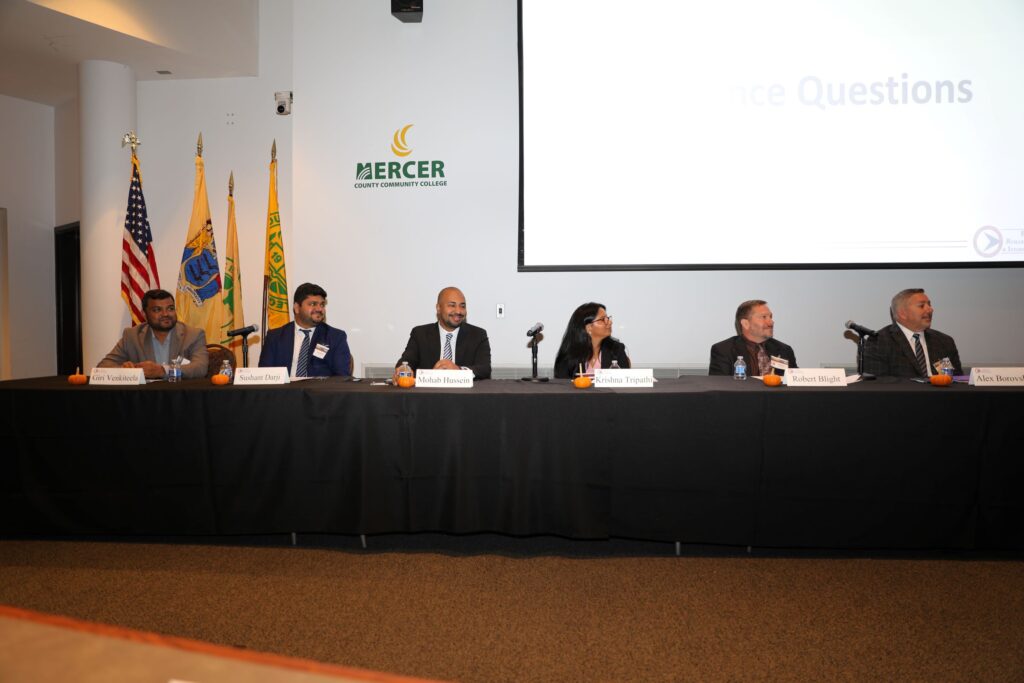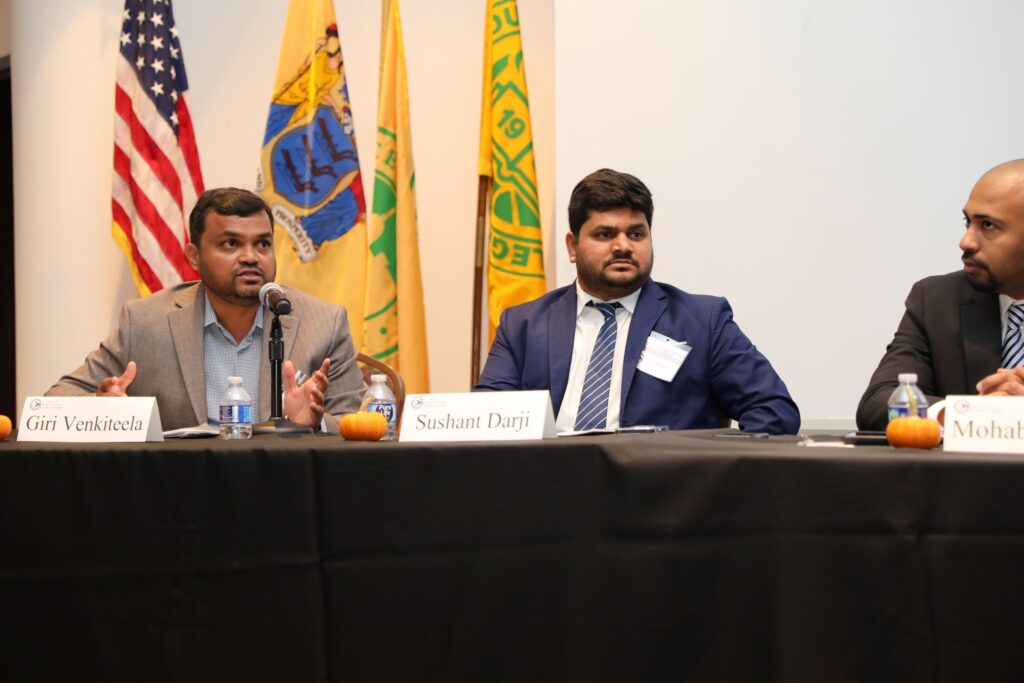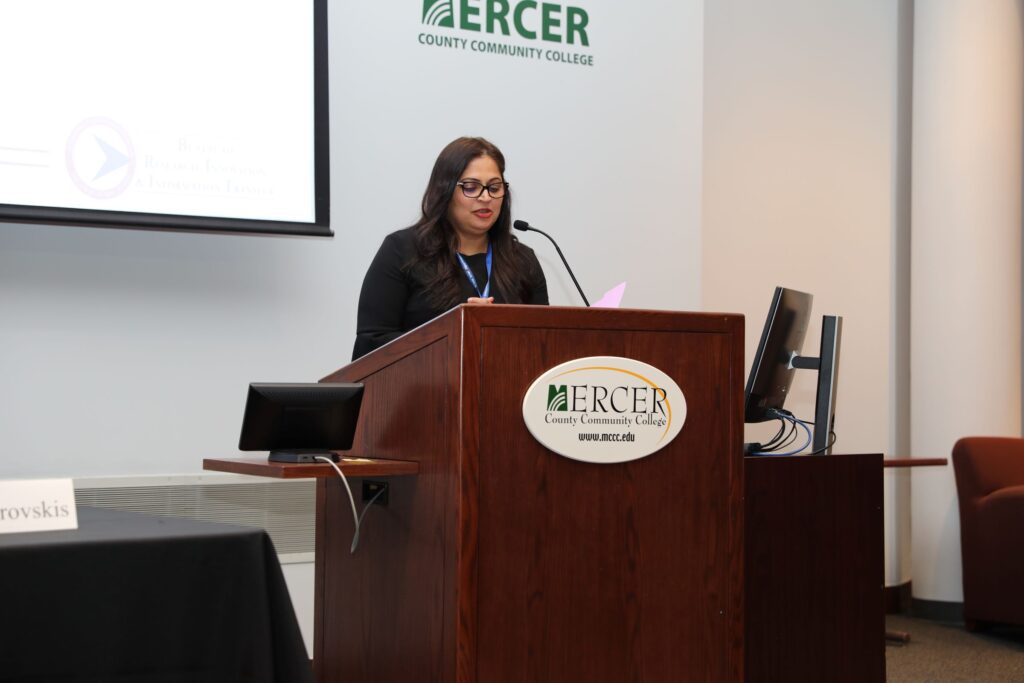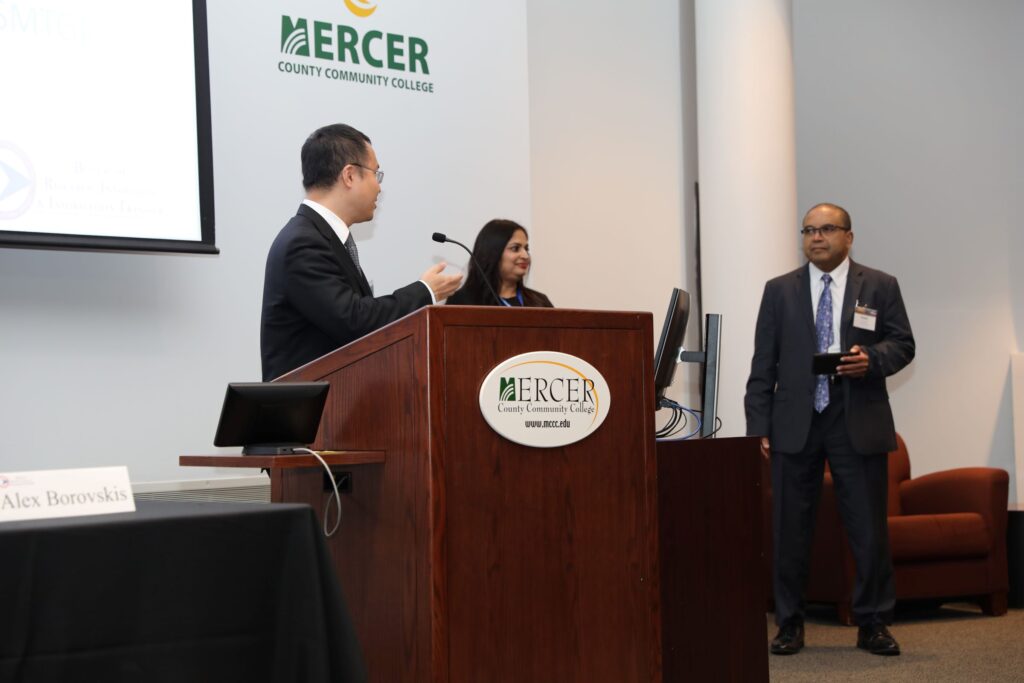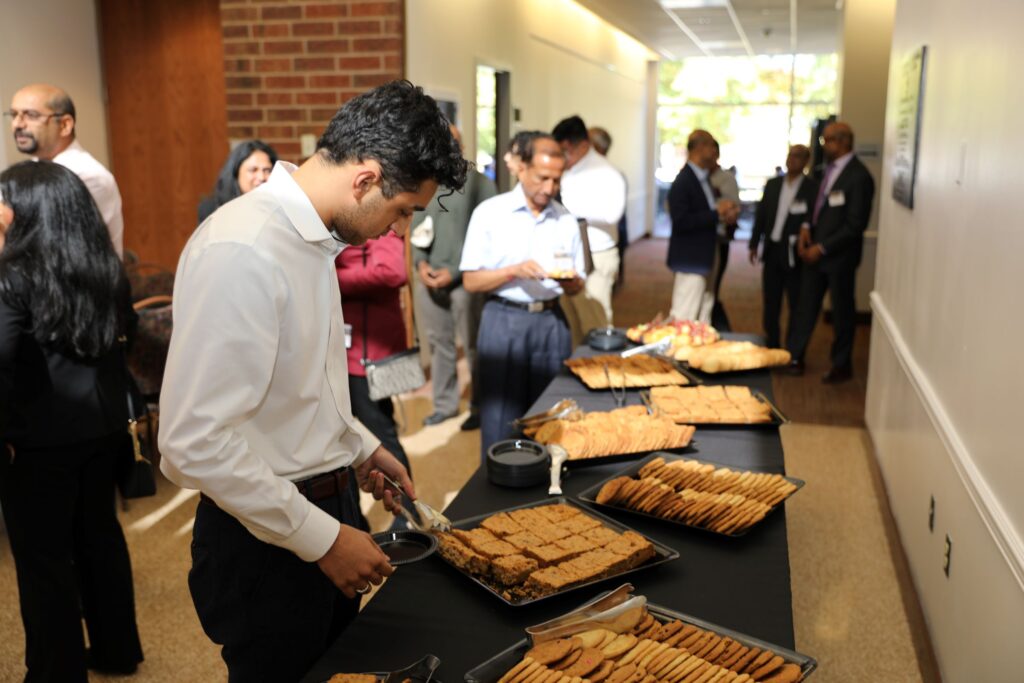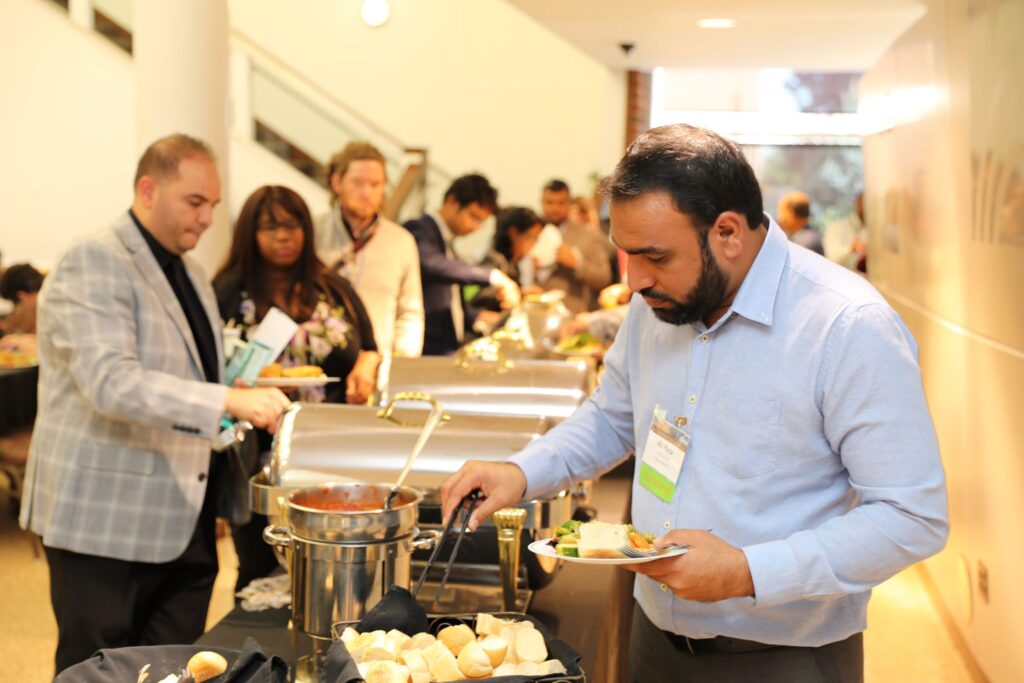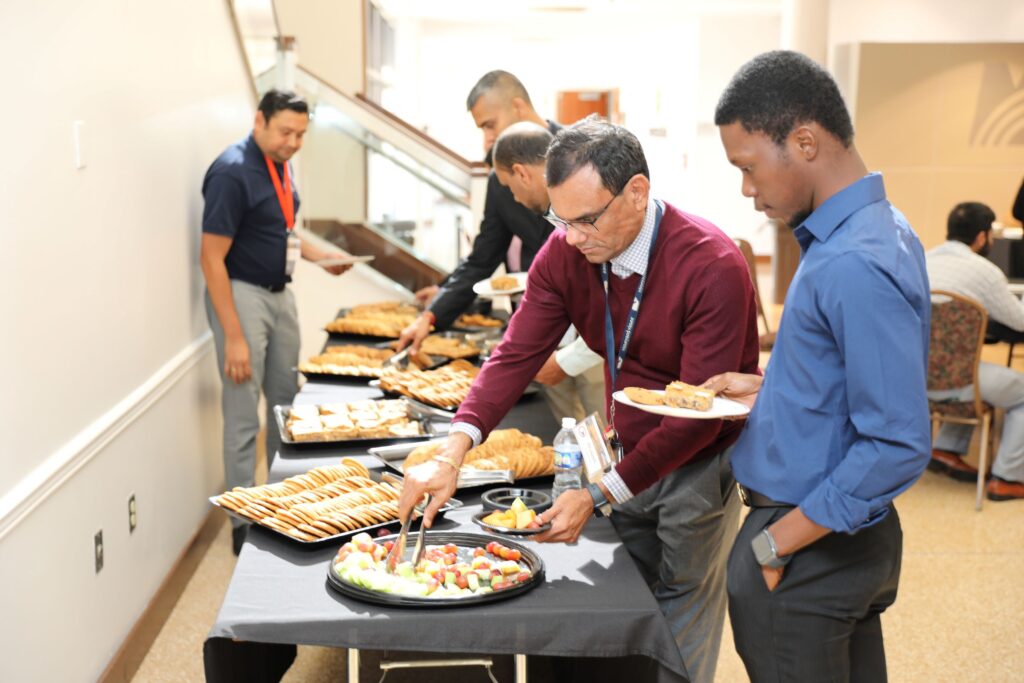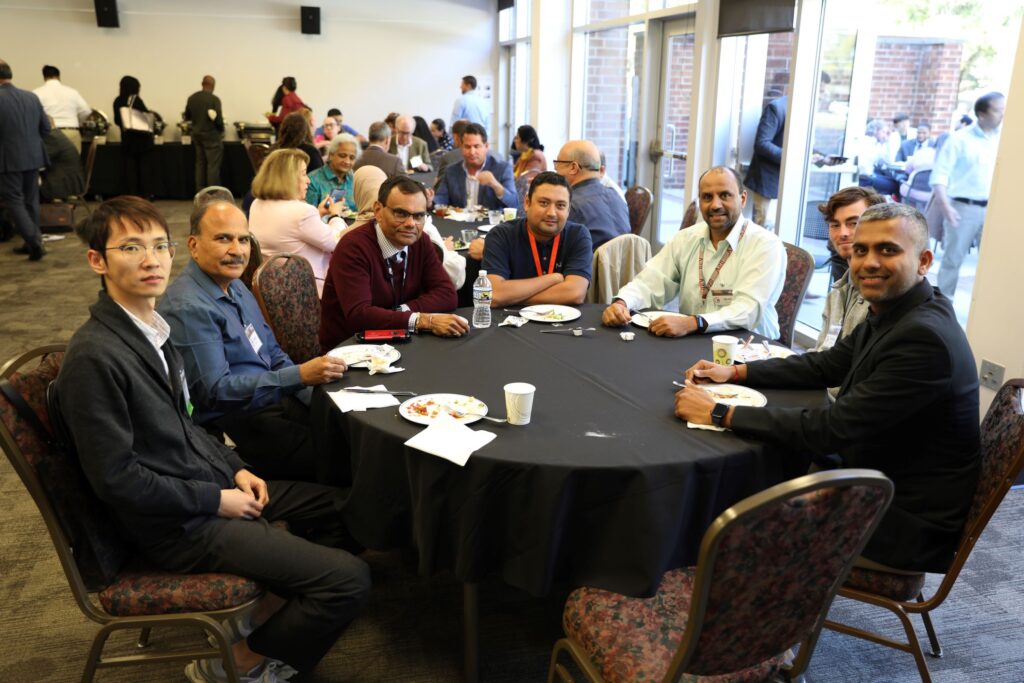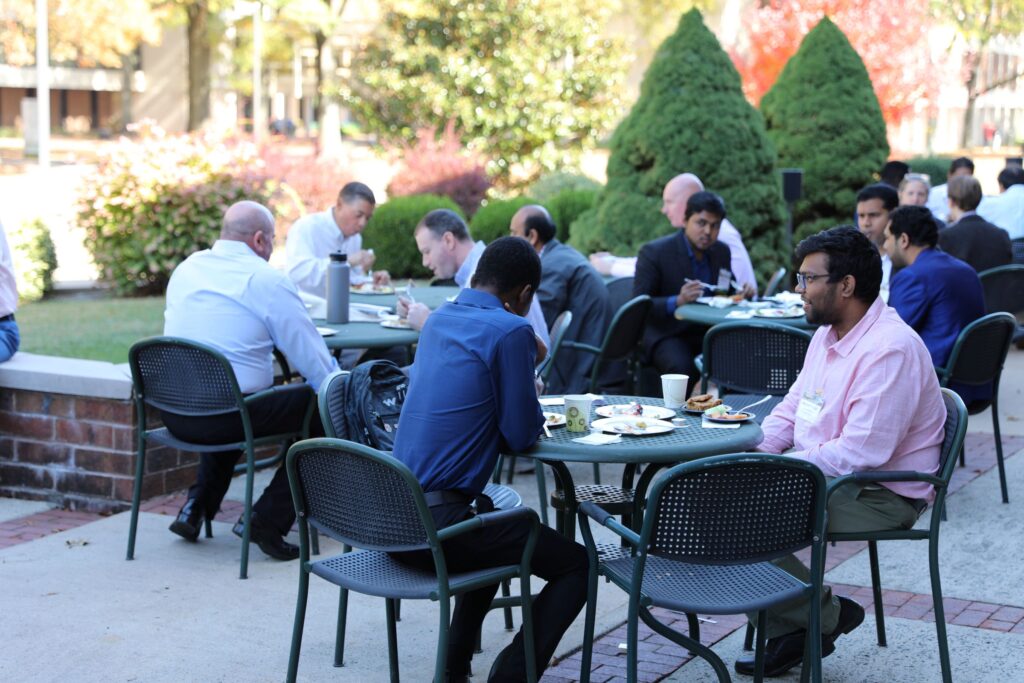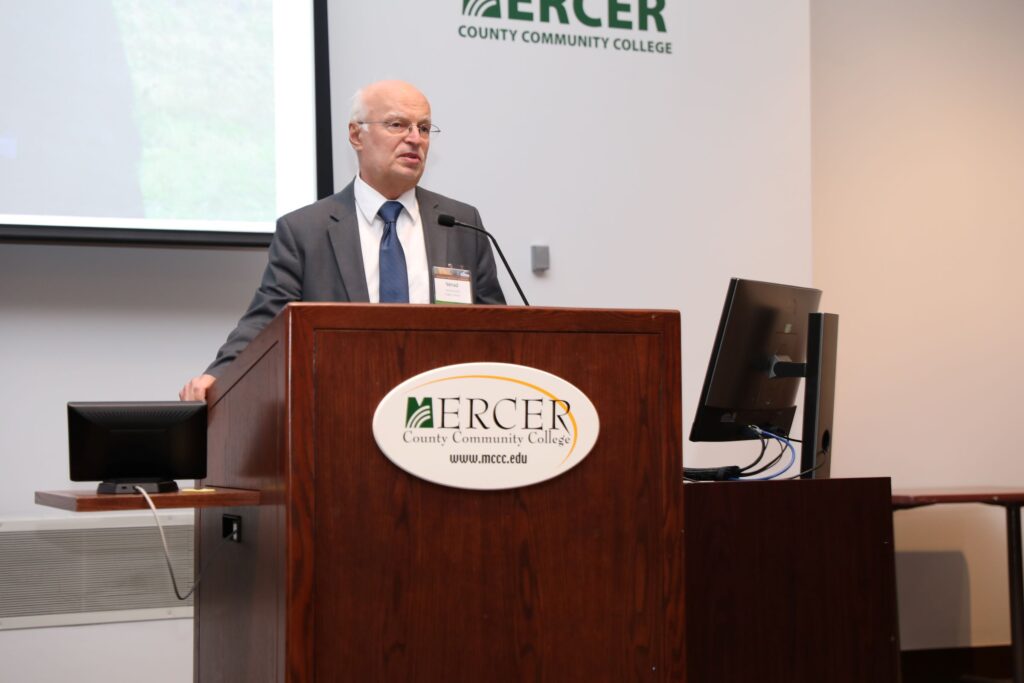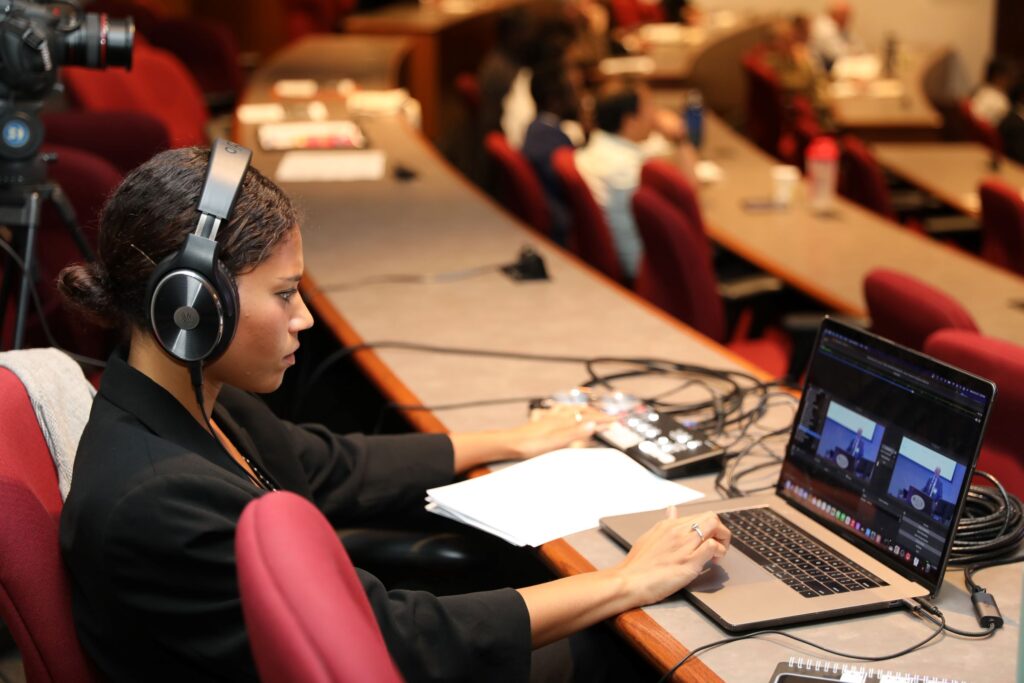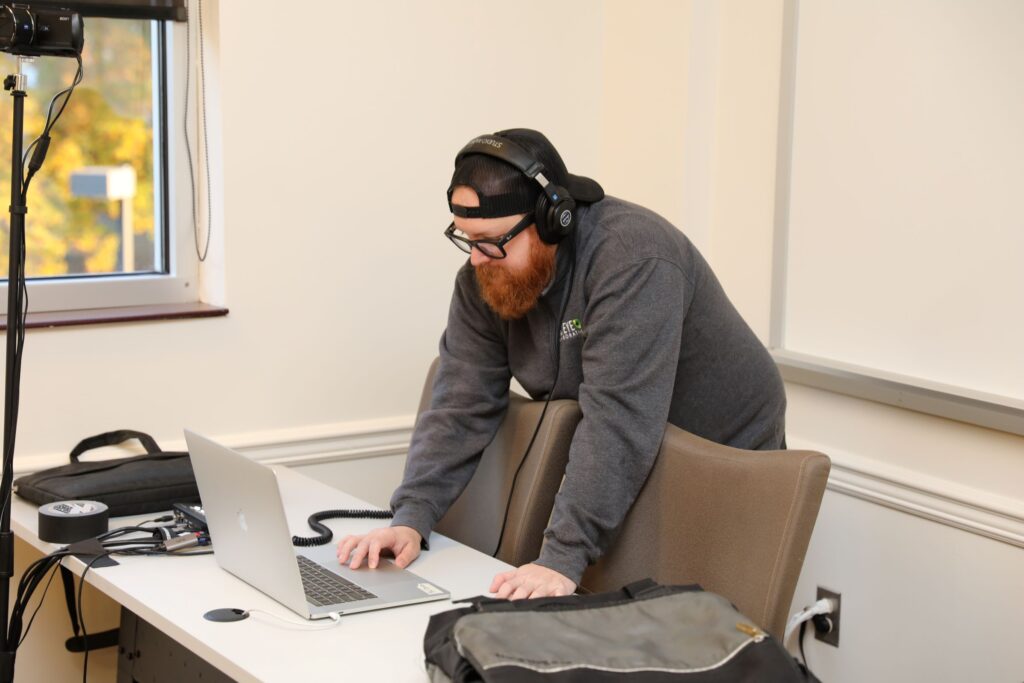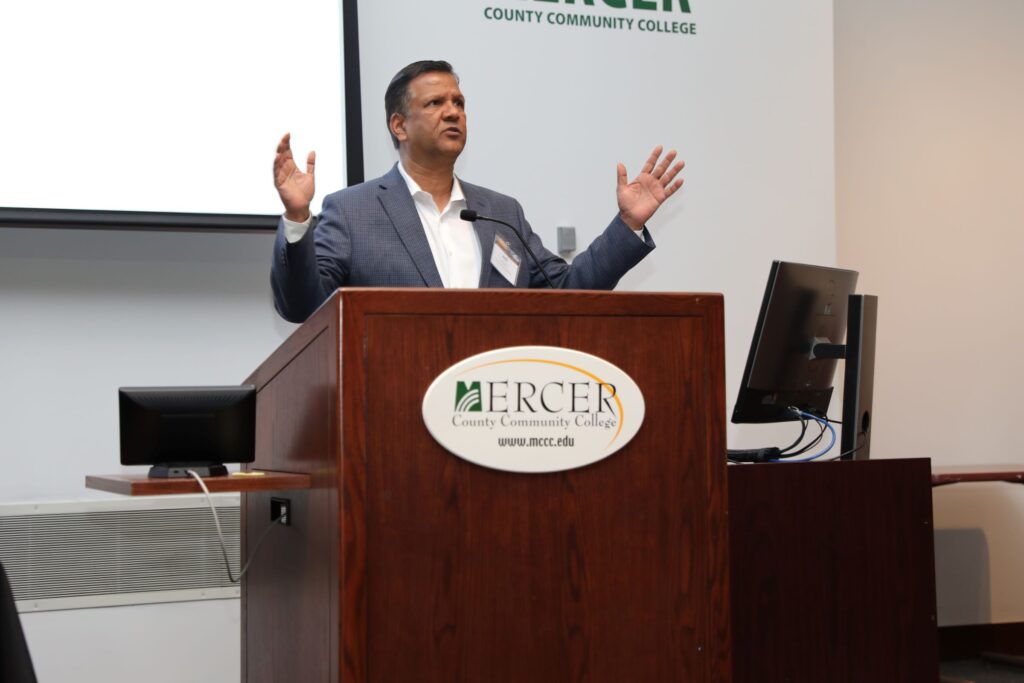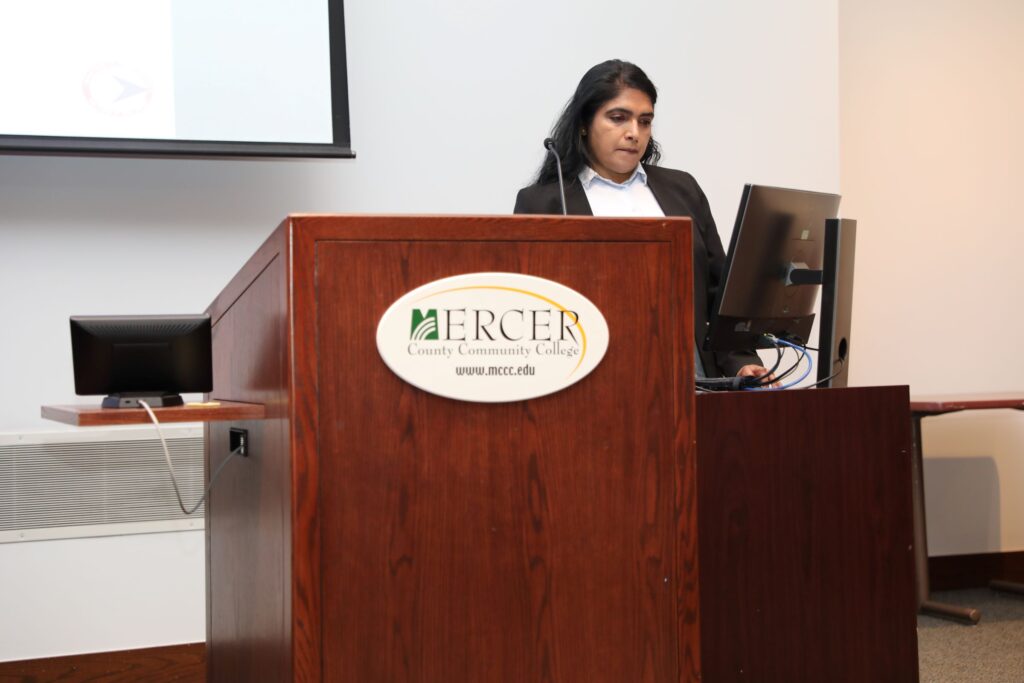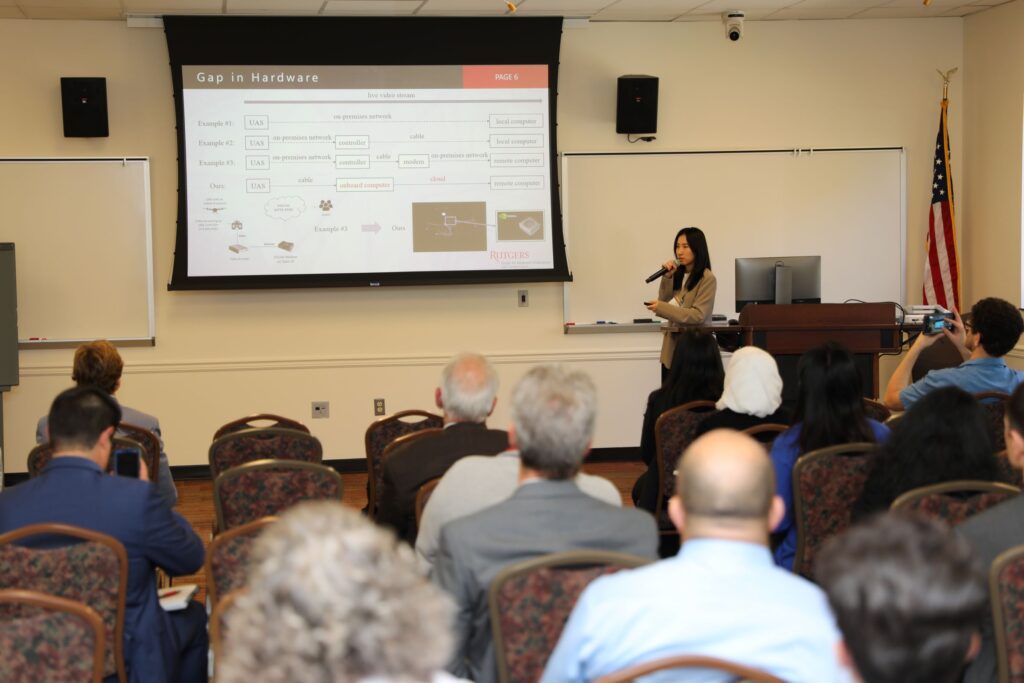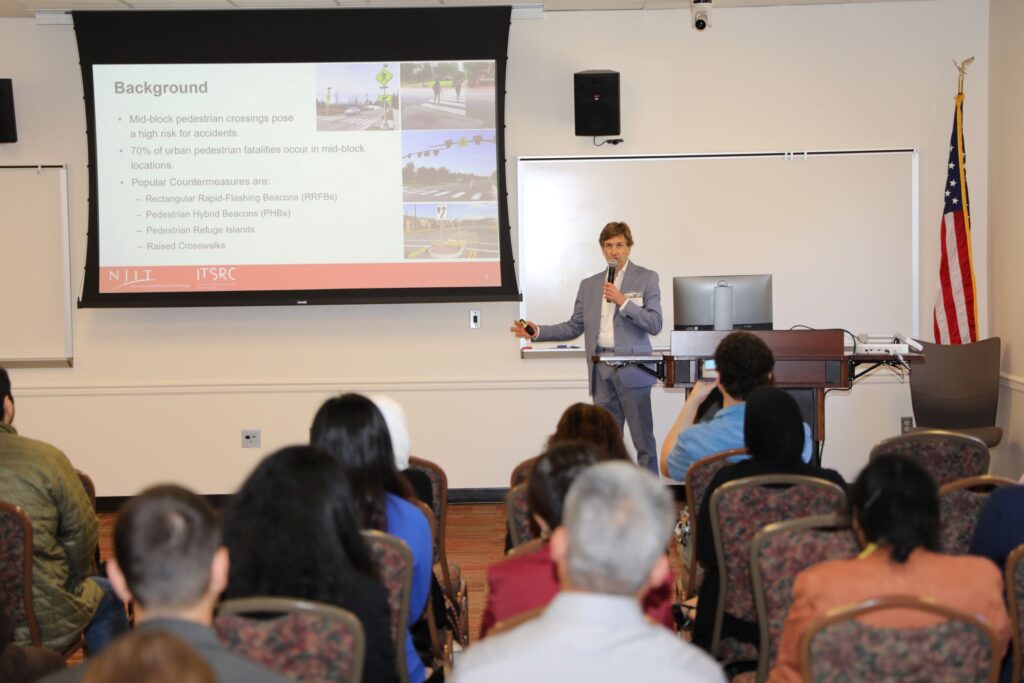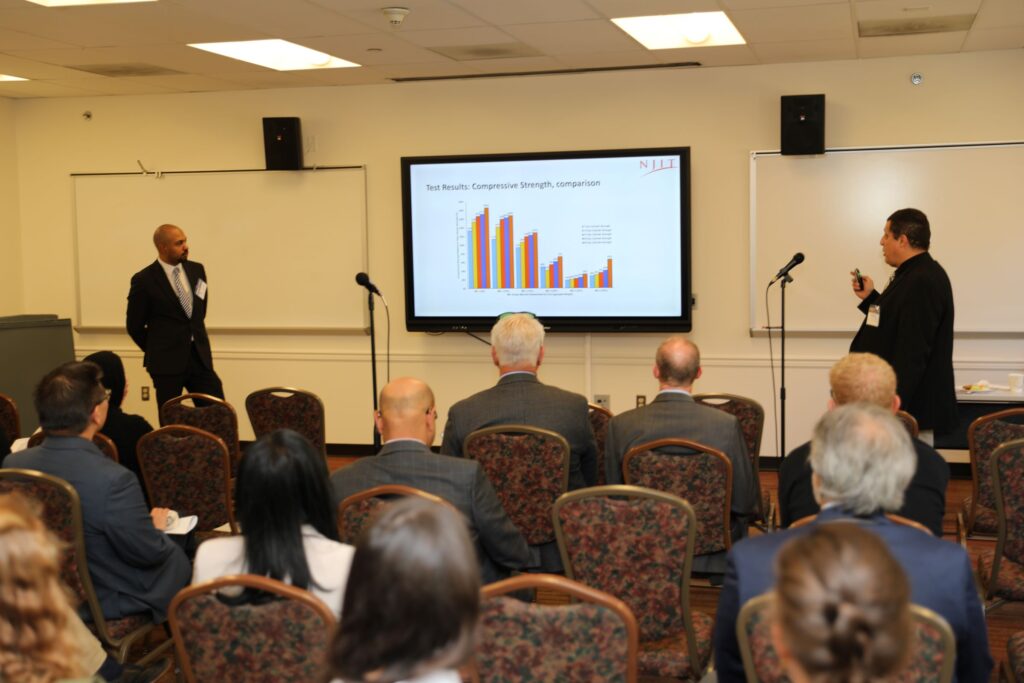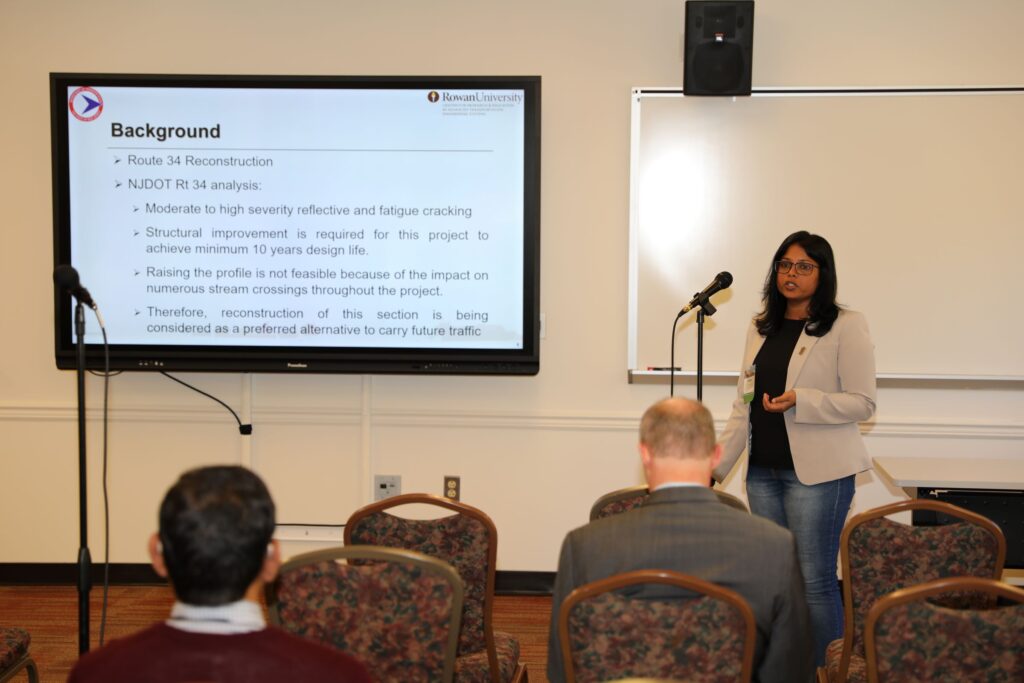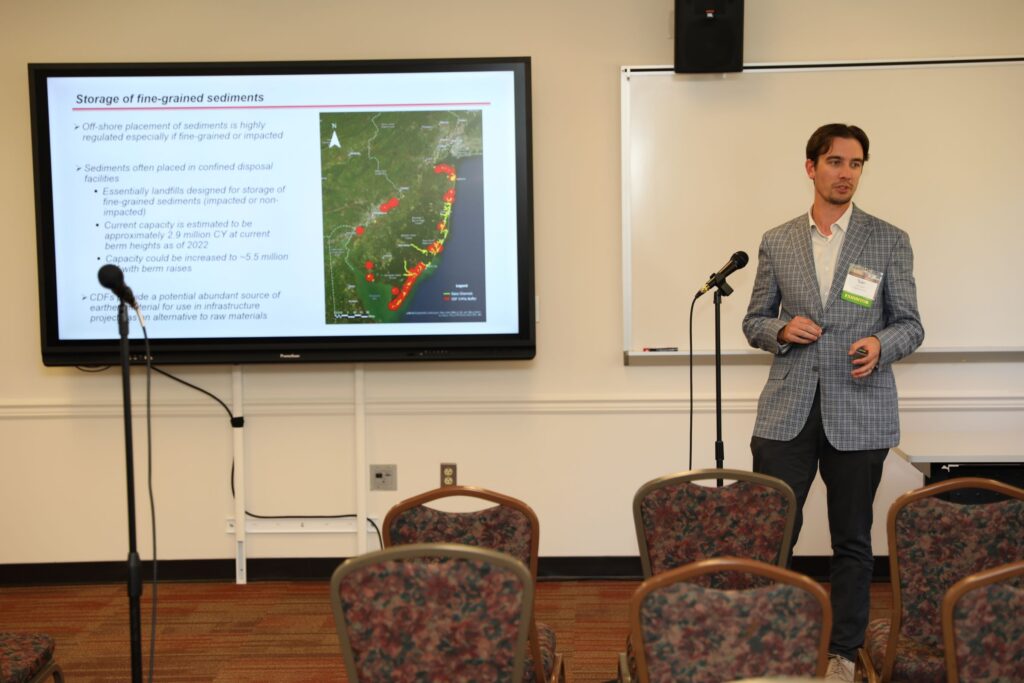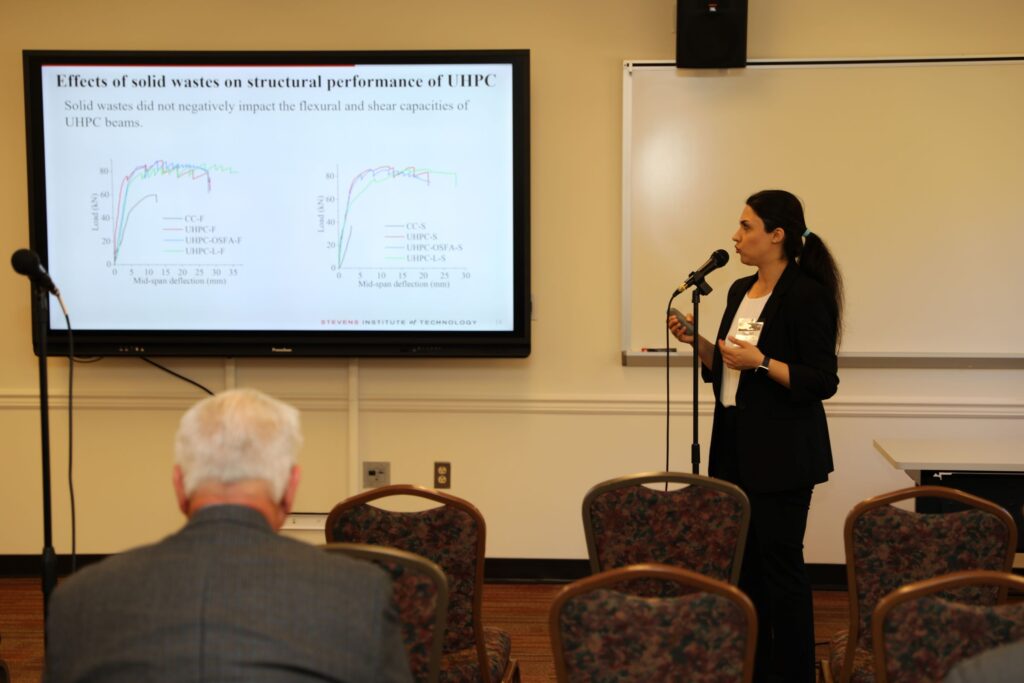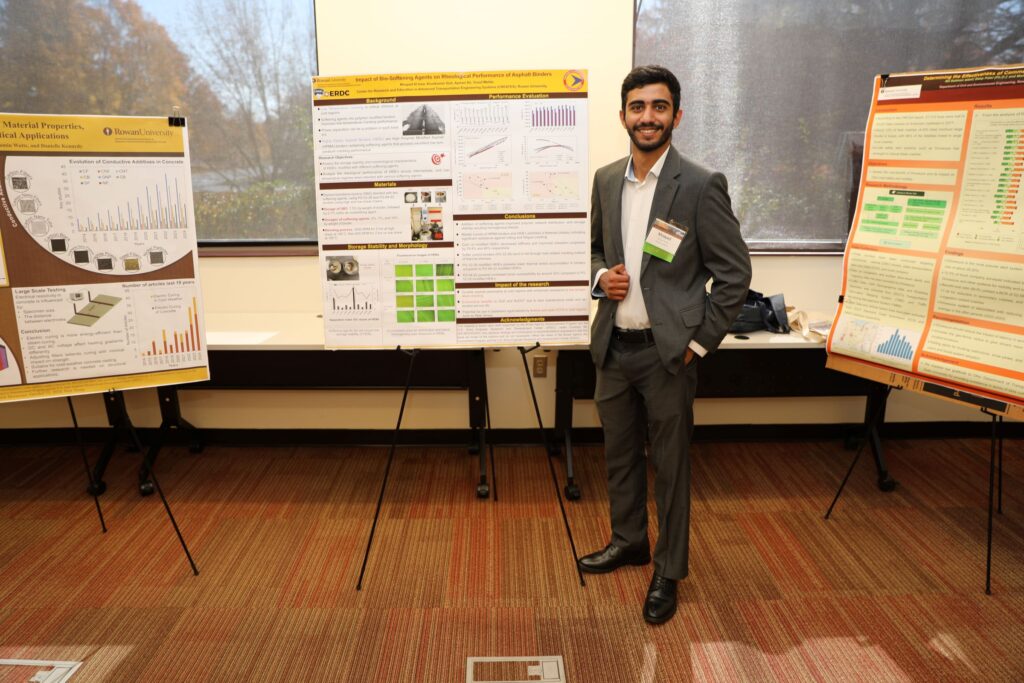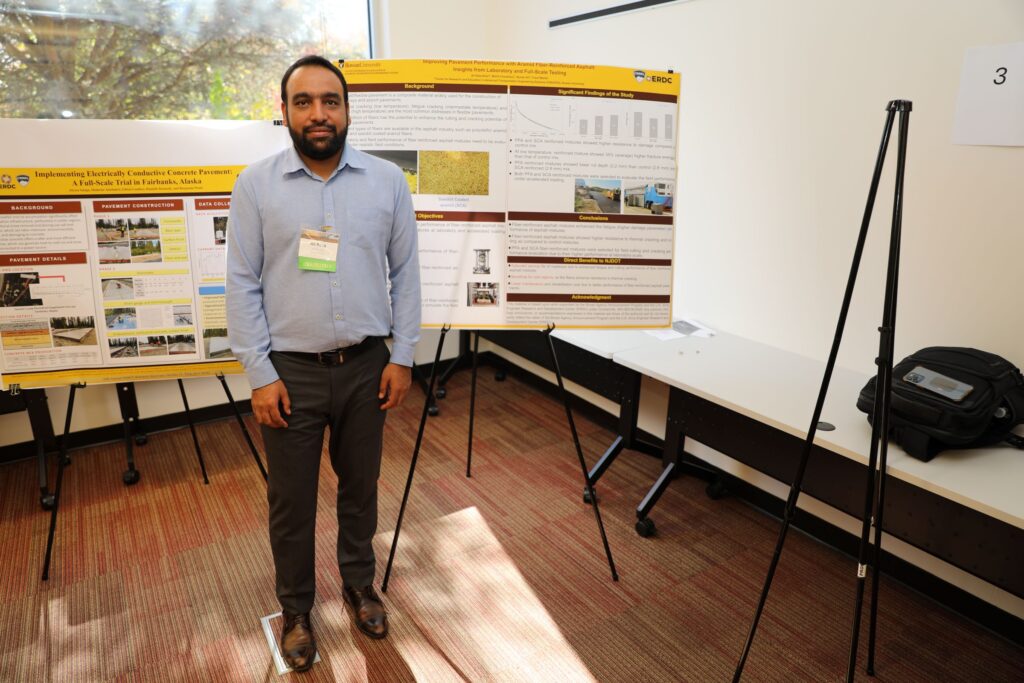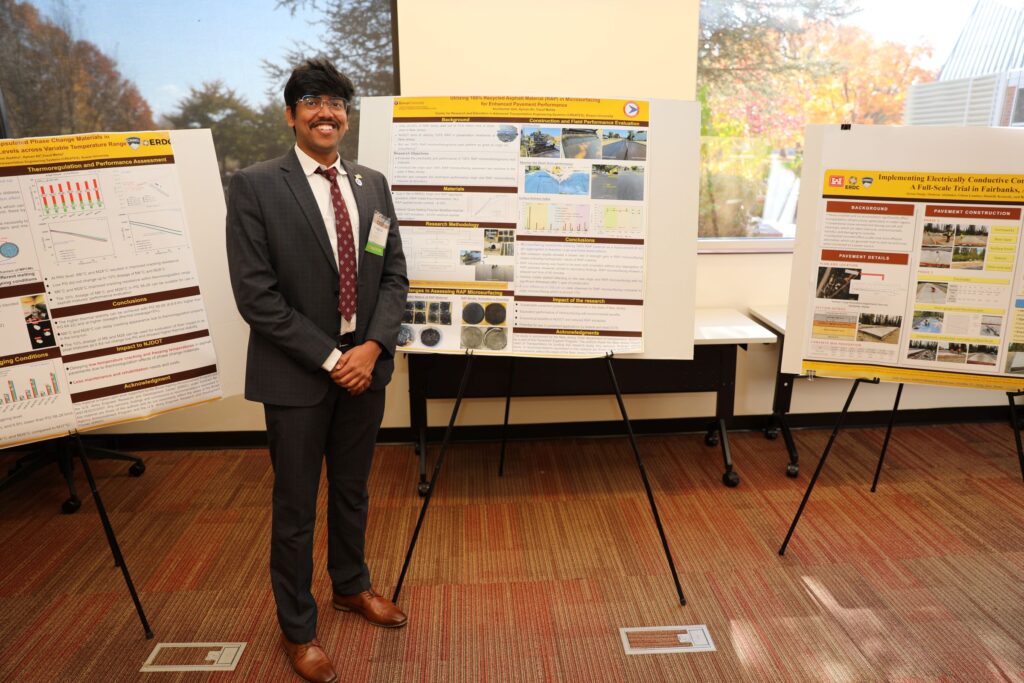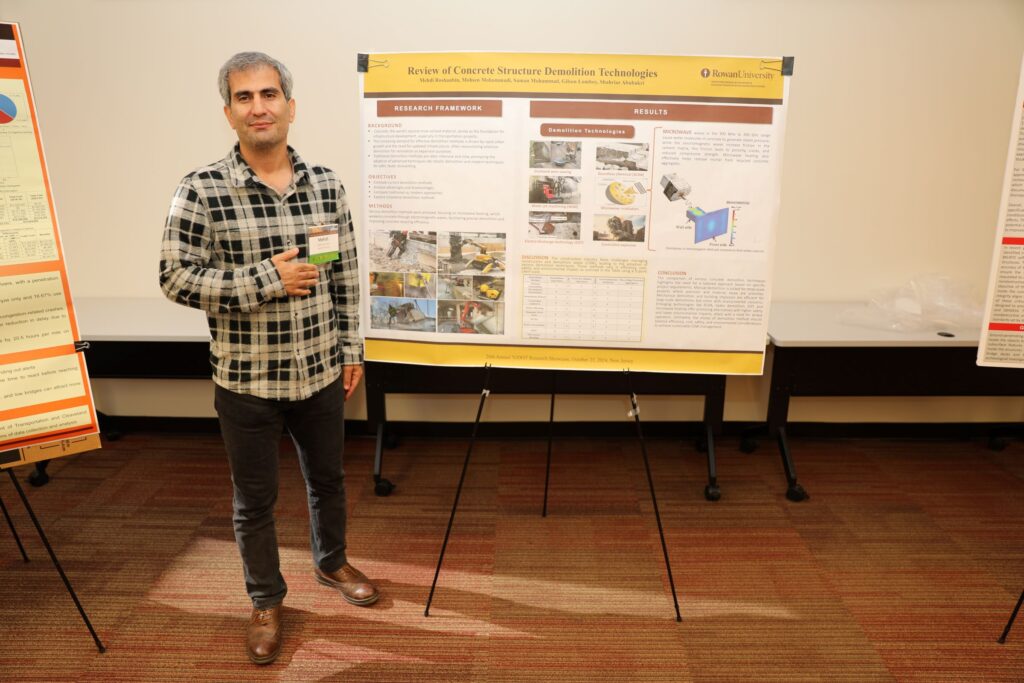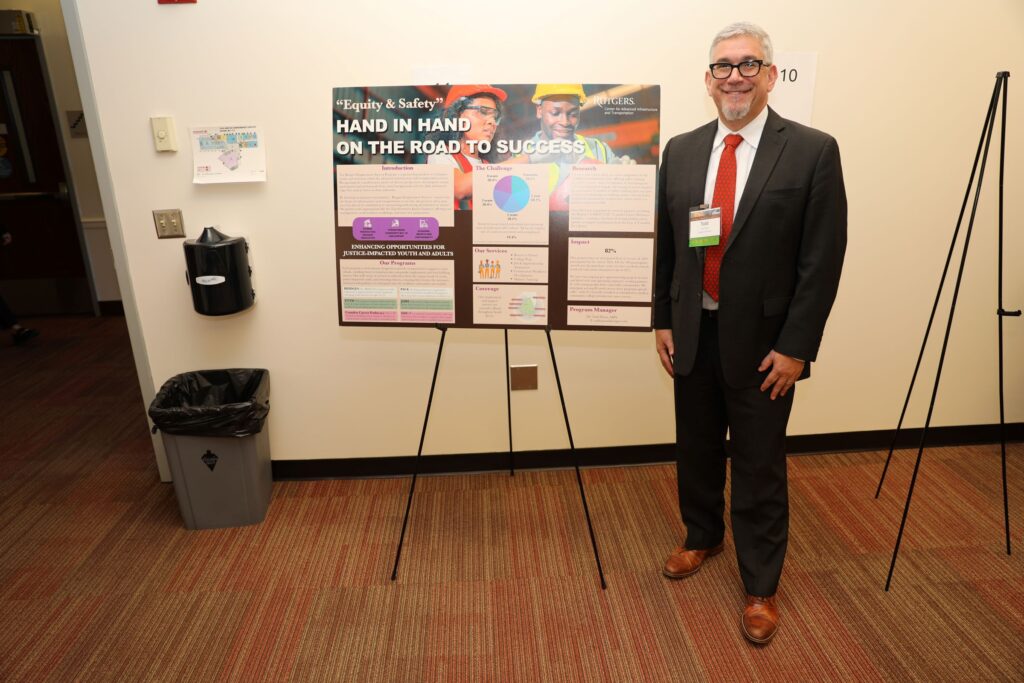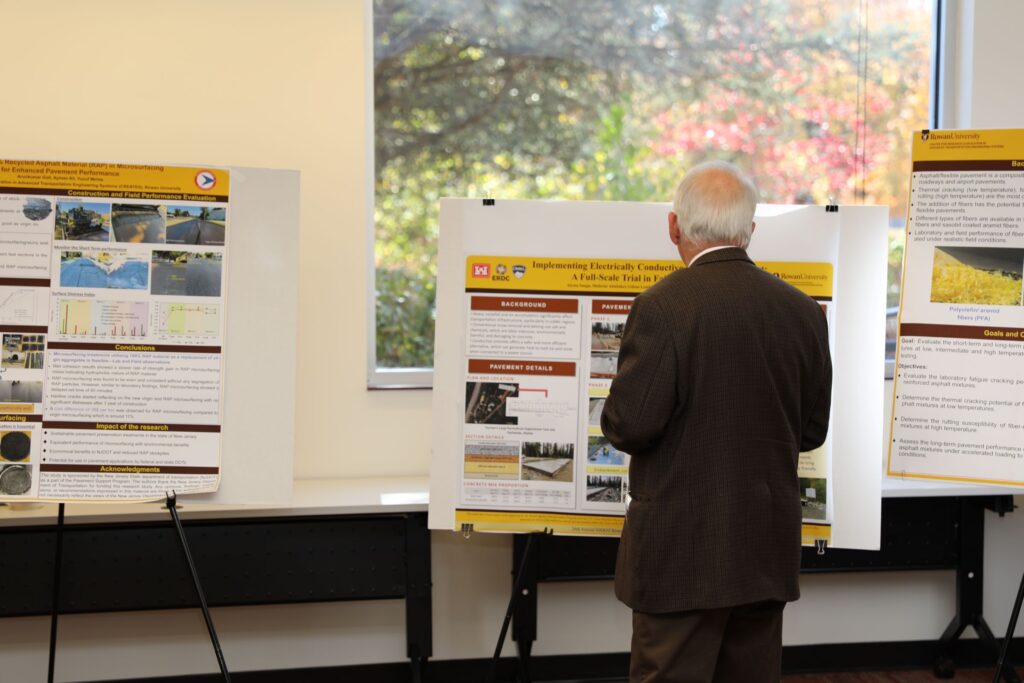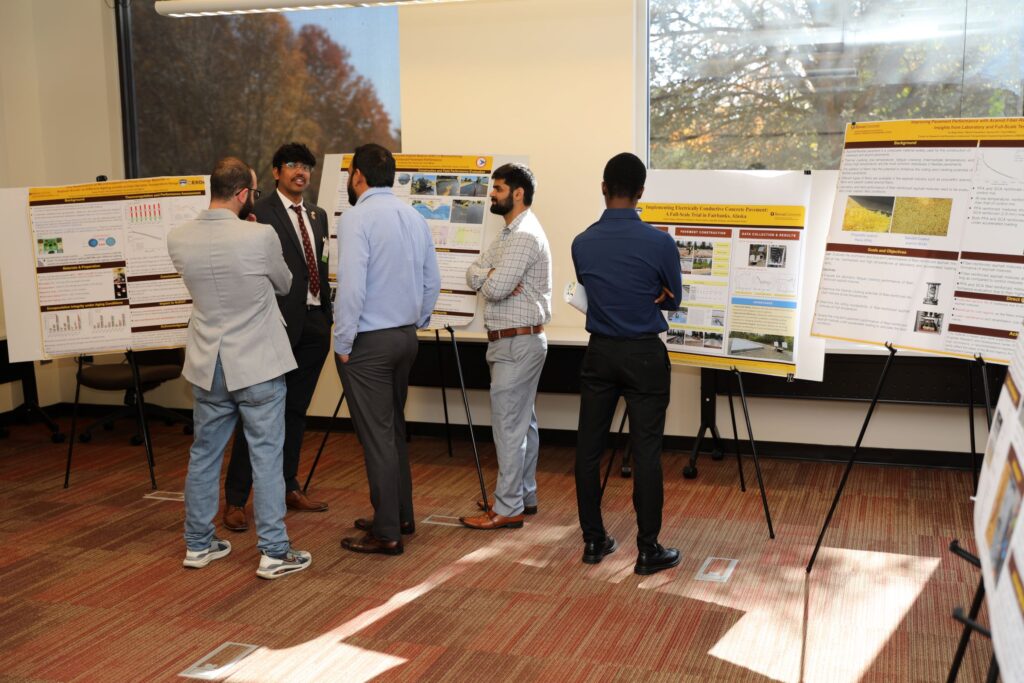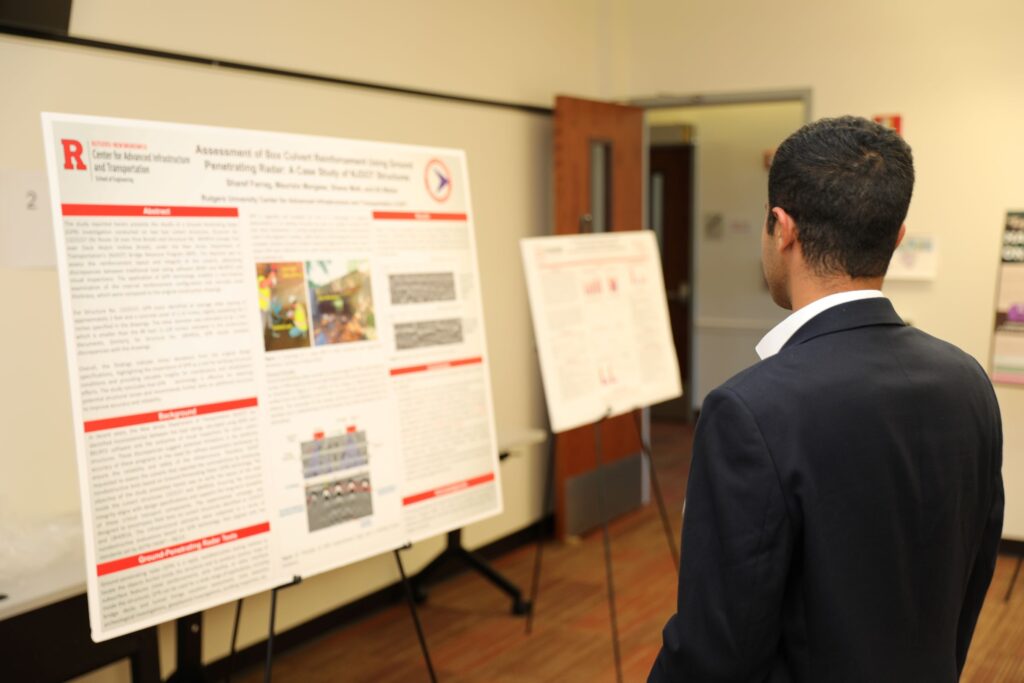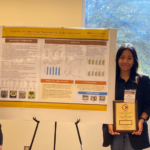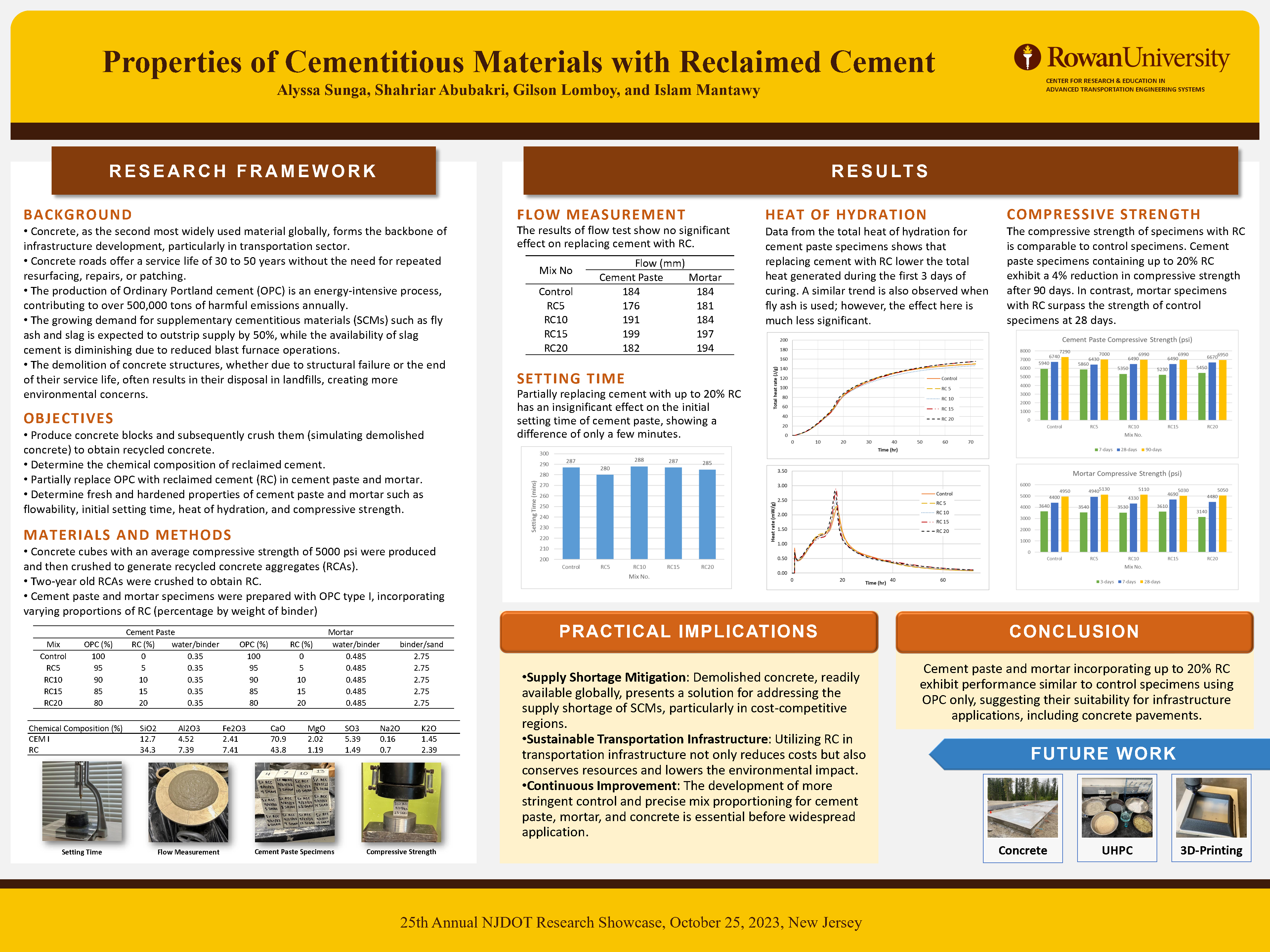Rutgers PhD student Xiaoyu Zhang received the 2025 NJDOT Outstanding University Student in Transportation Research Award for his contributions to pavement engineering, traffic safety, and emerging sensing technologies. His work spans pothole detection, friction modeling, and variable speed limit systems, reflecting a blend of traditional engineering, computer vision, and machine learning. In this interview, he discusses his research journey, current projects, and how he hopes to translate innovative research into practical tools for transportation agencies.
Research Journey
Q. Congratulations on receiving the 2025 NJDOT Research Showcase Outstanding University Student in Transportation Research Award. Could you share a bit about your educational and research experience and how you became a PhD student researcher at Rutgers University?
A. First, I am truly honored to receive the NJDOT Outstanding Student Award. I know there are many excellent students in this field, so I really appreciate the committee’s consideration, and my advisor, Dr. Hao Wang, for his continuous support and guidance.
I received both my bachelor’s and master’s degrees in transportation engineering from Southeast University in China, where Dr. Wang also began his academic career. After my master’s program, I worked for two years with a highway design company, where I worked on project feasibility studies. This helped me gain real-world experience in transportation safety and policy, but the work itself was less innovative.
My path to Rutgers started when my master’s advisor informed me that Dr. Wang was recruiting PhD students and his research had a strong overlap with my previous work. During my master’s, I worked on 3D pavement surface scanning and data processing. I reached out to Dr. Wang and we arranged an online meeting, which made me more confident that Rutgers and this team were the right place for me. Soon after, I received the offer from Dr. Wang and decided to join. It was a big challenge to move to another country, but also a great opportunity to work with this innovative, highly productive research group.
Innovative Pothole Detection
Q. You’re working on the NJDOT-sponsored Innovative Pothole Repair Materials and Techniques project. What drew you to this research, and what are its key goals?
A. For the Innovative Pothole Repair Material and Techniques project, the first phase focused on asphalt pavement pothole repair, which was successfully completed by Dr. Wang and Dr. Xiao Chen. In phase two, our focus has shifted to concrete pavement pothole repair, and we are collaborating with Dr. Husam Najim and his team.
I’m particularly interested in the innovative techniques side of the project, especially for pothole detection. Our team decided to develop a low-cost 3D imaging system for pothole detection and assessment. The system can estimate a pothole’s volume and depth, which is helpful for determining severity and the amount of materials needed for repair. Currently, NJDOT conducts pavement assessments biannually, but potholes can develop and deteriorate very quickly. Our goal is to create a low-cost, efficient system for pothole detection and rapid repair, helping agencies identify and fix potholes earlier to prevent damage to the roadway and cars.
Our system uses three cameras to capture three images at different angles. Those images are processed in our algorithm in just a few seconds to generate a 3D model of the pothole to extract the volume, depth, and the area of the pothole. In our lab, we created a test pothole and scanned it with a high-resolution handheld 3D laser scanner, which costs around $30,000, and our low-cost, three-camera imaging system, which costs less than $1000. I found that there is less than a 1 percent relative error between the two systems. This demonstrates that our method provides sufficient accuracy for practical applications compared to commercial laser scanners.
Additionally, while the laser scanners are very accurate, they are also expensive, time-consuming, and hard to mount on moving vehicles. In contrast, our system uses compact and affordable GoPro cameras, which are easy to mount and resistant to vibrations. This makes our system much more suitable for our main goal: providing a rapid, low-cost estimation of pothole geometry.
Q. What would be the next steps? Is it just implementation at this point or is it further refining of the process?
A. Our next goal is to adapt this low-cost system for real-world use. There are several challenges we need to address before deployment, such as handling the continuous video data, managing vehicle vibration and speed, optimizing the camera mounting height and angle, and improving the real-time processing algorithm. We aim to make the system more robust and user-friendly for transportation agencies. Ultimately, our goal is to have this system easily mounted on a regular car. After a simple calibration, it could automatically detect potholes during daily driving and provide real-time information for quick pothole repair decisions.
Pavement Resource Program
Q. You also contribute to the NJDOT Pavement Resource Program. What aspects of the project are you involved in, and what potential benefits could this work provide to NJDOT and the broader transportation field?
A. I have been working on the Pavement Resource Program for about two years. This is a long-term research program conducted by Rutgers Pavement Lab in collaboration with NJDOT, and the goal is to understand the long-term performance of pavement surface friction and develop strategies for improving roadway safety and durability. My work involves two main components: lab testing and field data collection.
In the lab, we prepared numerous asphalt mixtures with different aggregates and material types. Then, we used an accelerated polishing machine to simulate tire wear over time for up to 50,000 cycles. Afterward, we measured the surface texture and friction to analyze how texture deterioration affects skid resistance. In the field, we conducted a survey using a high-resolution profiler to test the pavement surface texture and the friction. By comparing the lab and the field data, we aim to establish a correlation between the pavement surface texture and friction performance.
I think this project has great potential benefit for NJDOT and the broader transportation community. From the material perspective, we help identify mixtures and aggregates that maintain high friction over time, improving roadway safety and reducing maintenance costs. From the data and monitoring side, understanding how texture parameters relate to friction allows us to develop a predictive model for further friction prediction.
Q. What are the next steps for the research in the Pavement Resource Program?
A. Our next step is to continue the long-term monitoring and model development. We plan to strengthen the link between the lab and field data, and expand the dataset across more field sites, materials, and gradations. With the new data, we can develop a prediction model to estimate the pavement friction from texture parameters.
Variable Speed Limits
Q. You were also recognized with the ITSNJ 2025 Outstanding Graduate Student Award for your study of variable speed limits in adverse weather conditions. What did that study involve, and what were your key findings?
A. This project’s focus on traffic safety and adverse weather conditions combined two key areas of my research: pavement surface friction and vehicle dynamic performance. We used real-time monitoring data from road weather information systems, which estimate the pavement surface friction during adverse weather such as rain and snow. Under those conditions, surface friction drops significantly, increasing the risk of skidding, especially while turning at high speed. Our goal is to develop a variable speed limit system that adapts to the real-time friction levels. To establish this, we conducted vehicle dynamic simulations, modeling vehicle cornering behavior at different speeds. This simulation allows us to determine the minimum friction demand required for safe driving under each scenario. When our sensor measures that the friction drops, we calculate an appropriate variable speed limit for that curve.
Interdisciplinary Approach
Q. Your work combines traditional engineering, computer vision, and machine learning. How does this interdisciplinary approach influence how you address transportation infrastructure challenges?
A. My goal is to bridge the gap in adapting advanced technology to solve practical, real-world engineering problems. In transportation research, machine learning is becoming increasingly popular; however, many models are black boxes, making it hard for engineers to apply the results in practice.
To address this, I focus on interpretable machine learning models, incorporating domain knowledge, to help us understand why certain patterns occur. Similarly, when using computer vision, technology like 3D reconstructions and object detection are very important, and I aim to customize them for specific engineering needs such as pothole detection, surface texture, and condition assessment. Overall, this approach allows me to bring the strengths of data science and computer vision into the context of civil and transportation engineering, creating solutions that are both innovative and grounded in engineering reality.
Future Research
Q. Are there emerging areas of research or technology you are especially interested in exploring for your dissertation?
A. For my dissertation, I aim to develop a comprehensive framework for traffic safety evaluation that integrates multiple key factors, including surface texture friction, adverse weather conditions, and vehicle dynamic performance. By combining those aspects, I hope to create a model that can more accurately assess vehicle safety performance in real-world driving conditions and provide data-driven recommendations for transportation agencies. I am also very interested in extending this research to airfield safety, exploring how runway conditions influence airplane safety. The same principles of friction and parallel interaction applies to airplane landing performance.
Q. Looking ahead, do you see yourself focusing more on academic research, putting your findings into practice, or a combination of the two?
A. I hope to combine both. Through research, we can discover new ideas, new methods, and technologies to expand our understanding of complex engineering problems. But, I also feel very rewarded by applying those research findings into practice to see how our ideas can directly improve safety, efficiency, and sustainability. My ultimate goal is to bridge the gap between theory and applications, turning innovative research into practical engineering solutions that benefit the public and transportation agencies.
References
Wang, Y., Yu, B., Zhang, X., & Liang, J. (2022). Automatic extraction and evaluation of pavement three-dimensional surface texture using laser scanning technology. Automation in construction, 141, 104410.
Zhang, X., Wang, H., & Bennert, T. (2025). Tire Polishing Effects on Rubber-Texture Contact and Friction Characteristics of Different Asphalt Mixtures. Wear, 206328.
Zhang, X. & Wang, H. (2025). Determination of Variable Speed Limit on Horizontal Curves at Adverse Weather Conditions. The TRB 105th Annual Meeting. Washington, DC.
Zhang, X. & Wang, H. (2025). Long-Term Prediction of Asphalt Pavement Surface Friction Using Interpretable Machine Learning Models. The TRB 105th Annual Meeting. Washington, DC.

